Languages- Auslan
Australian Sign Language

Languages- Auslan
Australian Sign Language
We look forward to partnering with you in 2023, and welcome your input:
Amanda Oakley (Languages- Auslan) Amanda.Oakley2@education.vic.gov.au
Shar Stjerne (Languages- Auslan) Shar.Stjerne@education.vic.gov.au


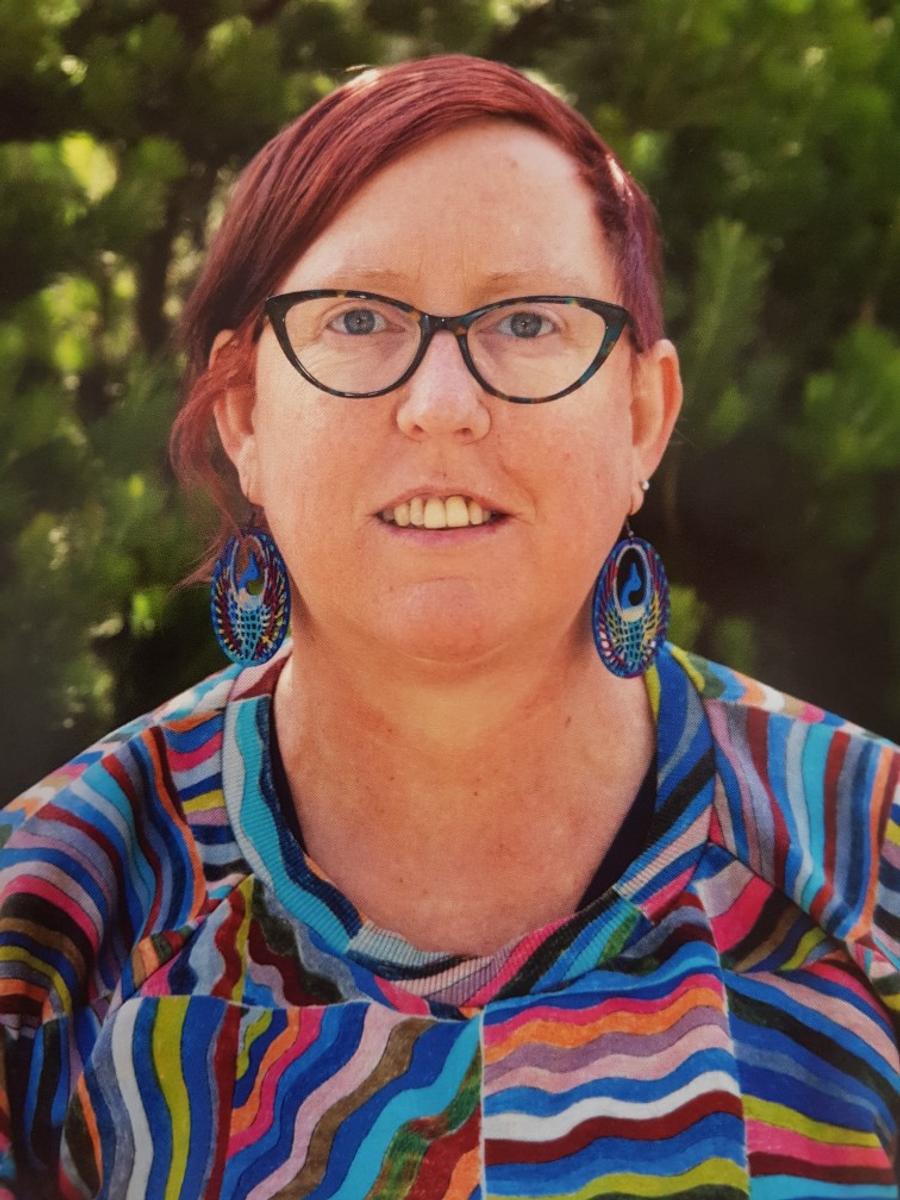

Foundation
During the past few weeks we have focused on the sign vocabulary of clothing items, building our understanding of hearing loss, hearing devices and explored technology that people who are Deaf or Hard of Hearing (HoH) may use. This week, we have been talking explicitly about handshapes and linking specific handshapes to familiar signs that the students are familiar with.
The below images were created after our discussion about technology and strategies that people who are Deaf or HoH may use. Some of the students' pictures included; tapping a person's shoulder to get their attention, using a smart watch that vibrates to wake them up (clock alarm), flashing lights for a door bell and fire alarm, using the txt/sms feature to send messages, writing notes, video call with sign language, hearing aids and cochlear implants were some of the many items discussed.


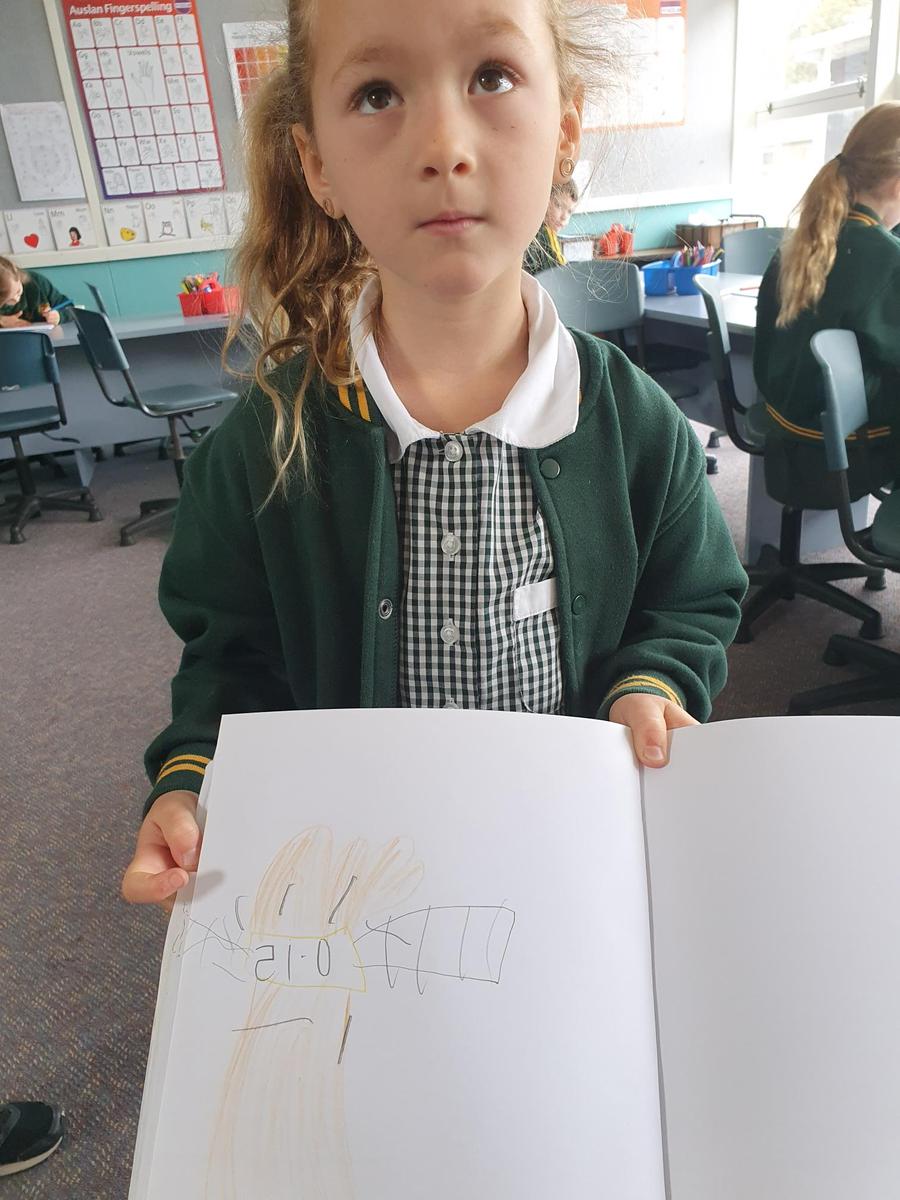
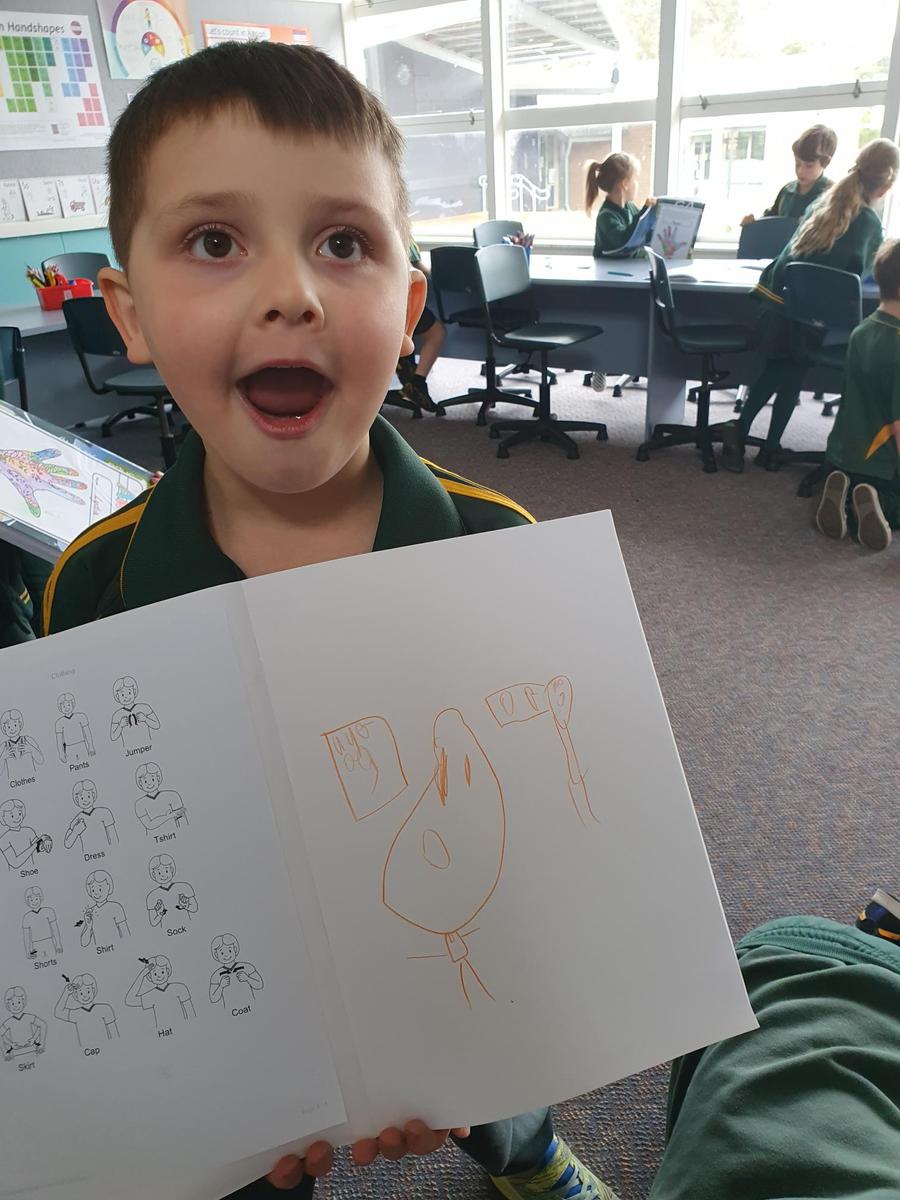
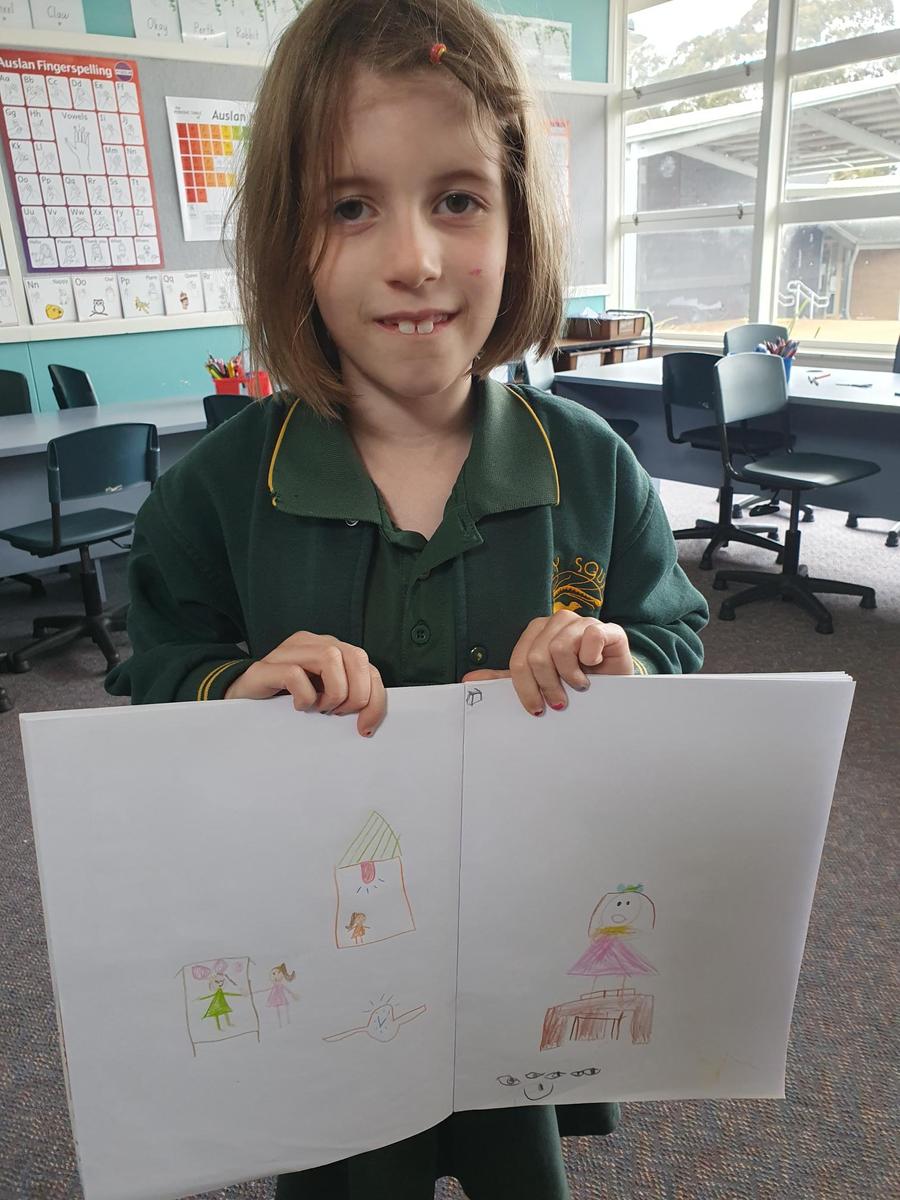
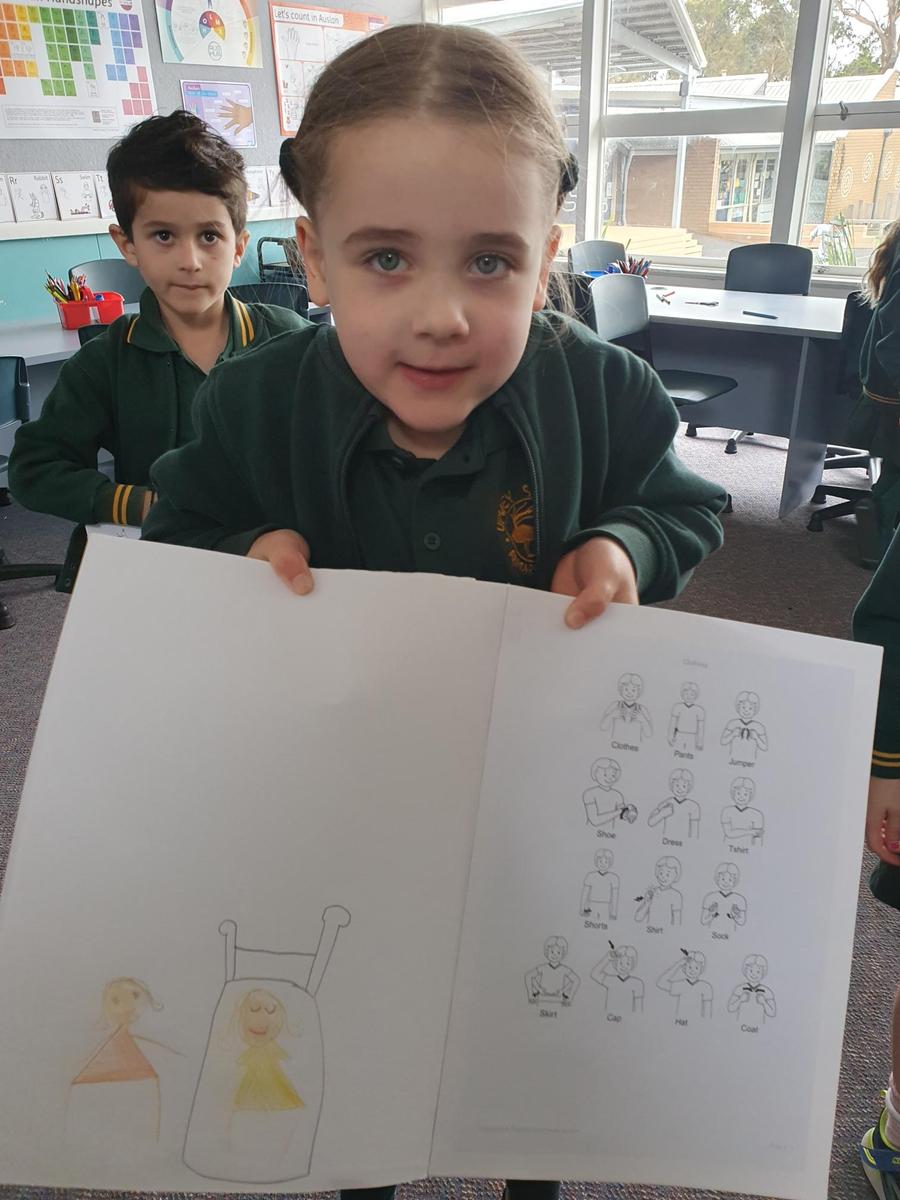

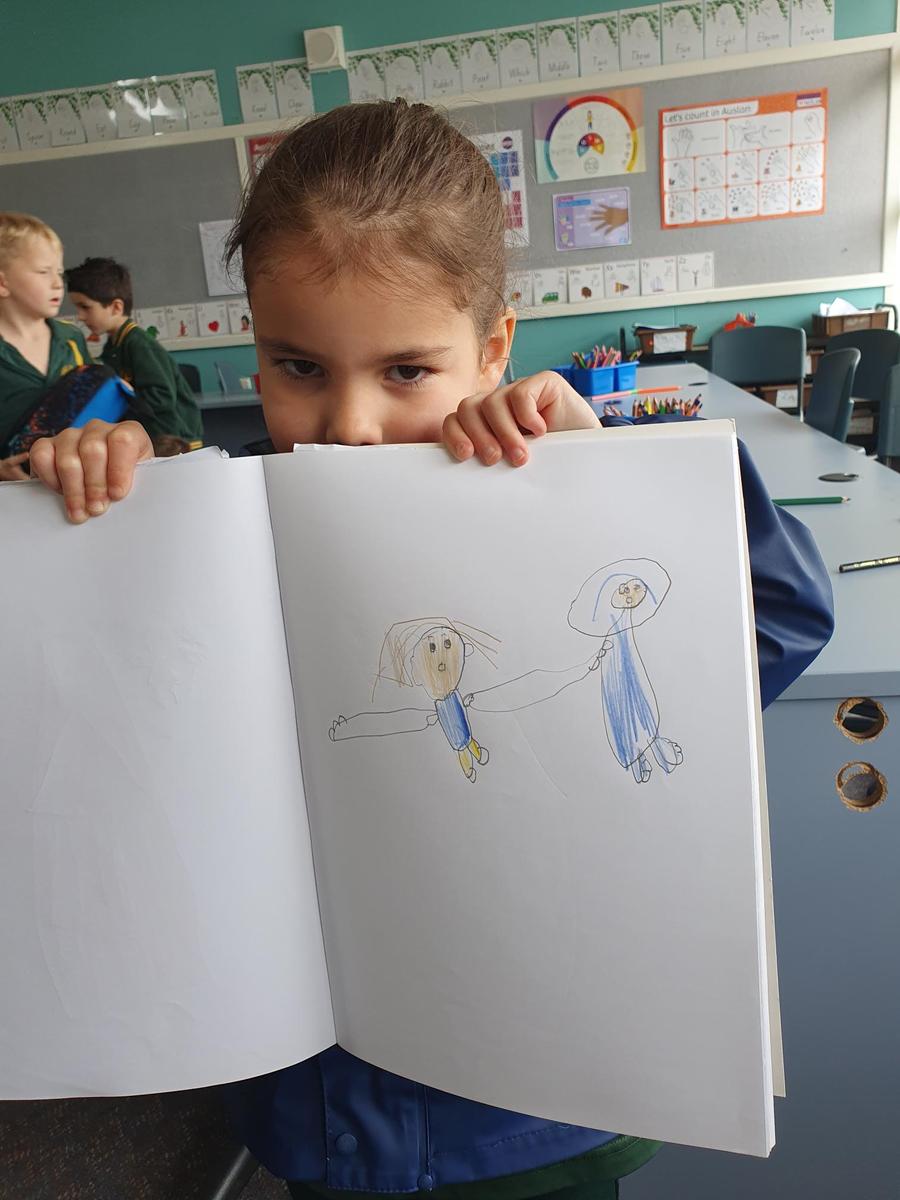
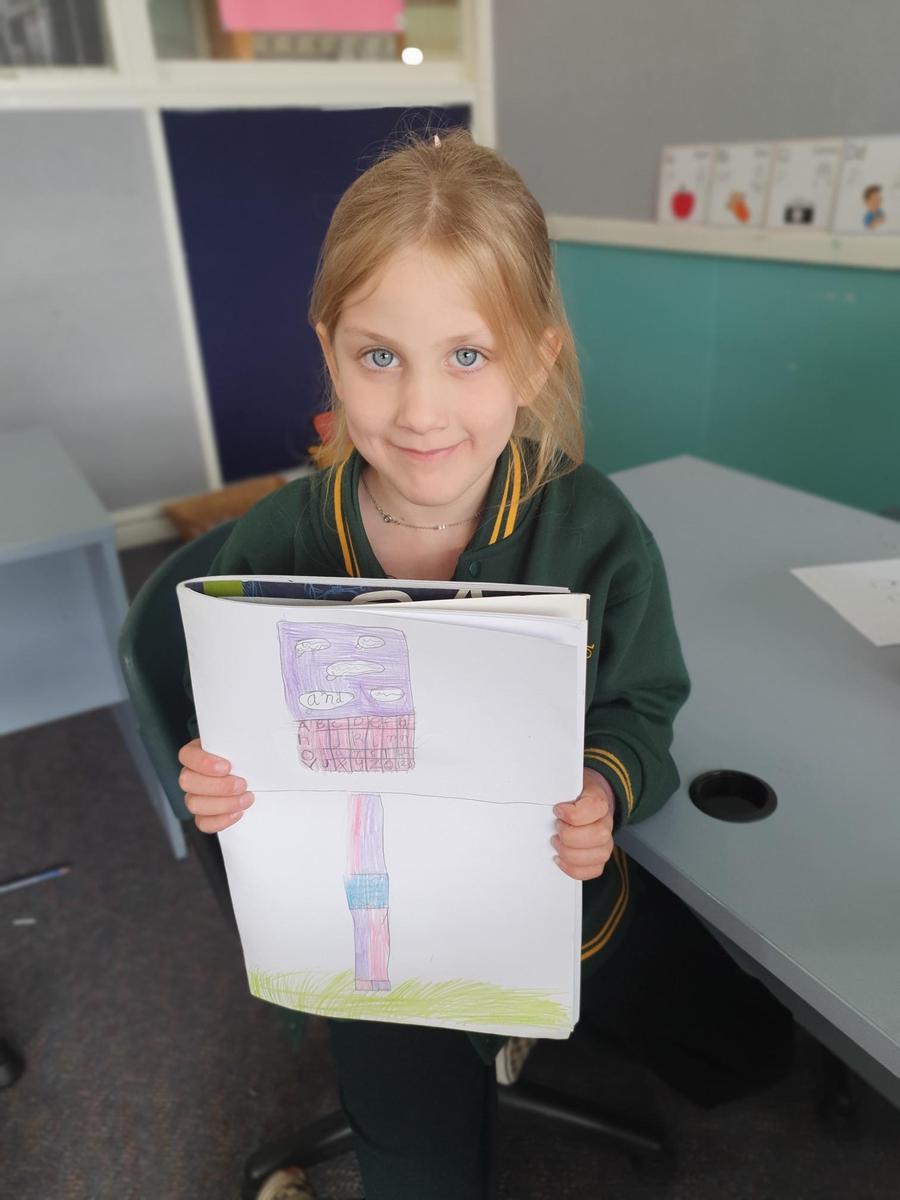
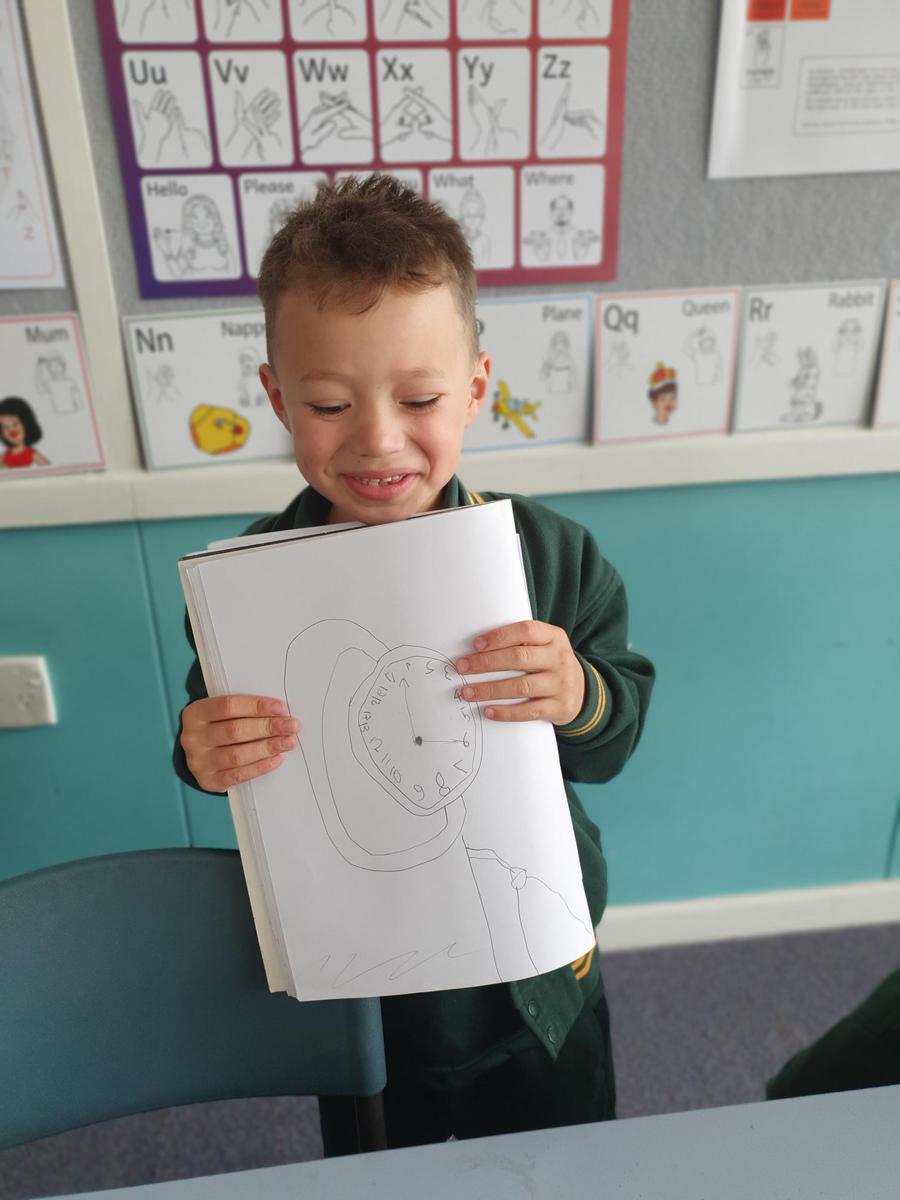
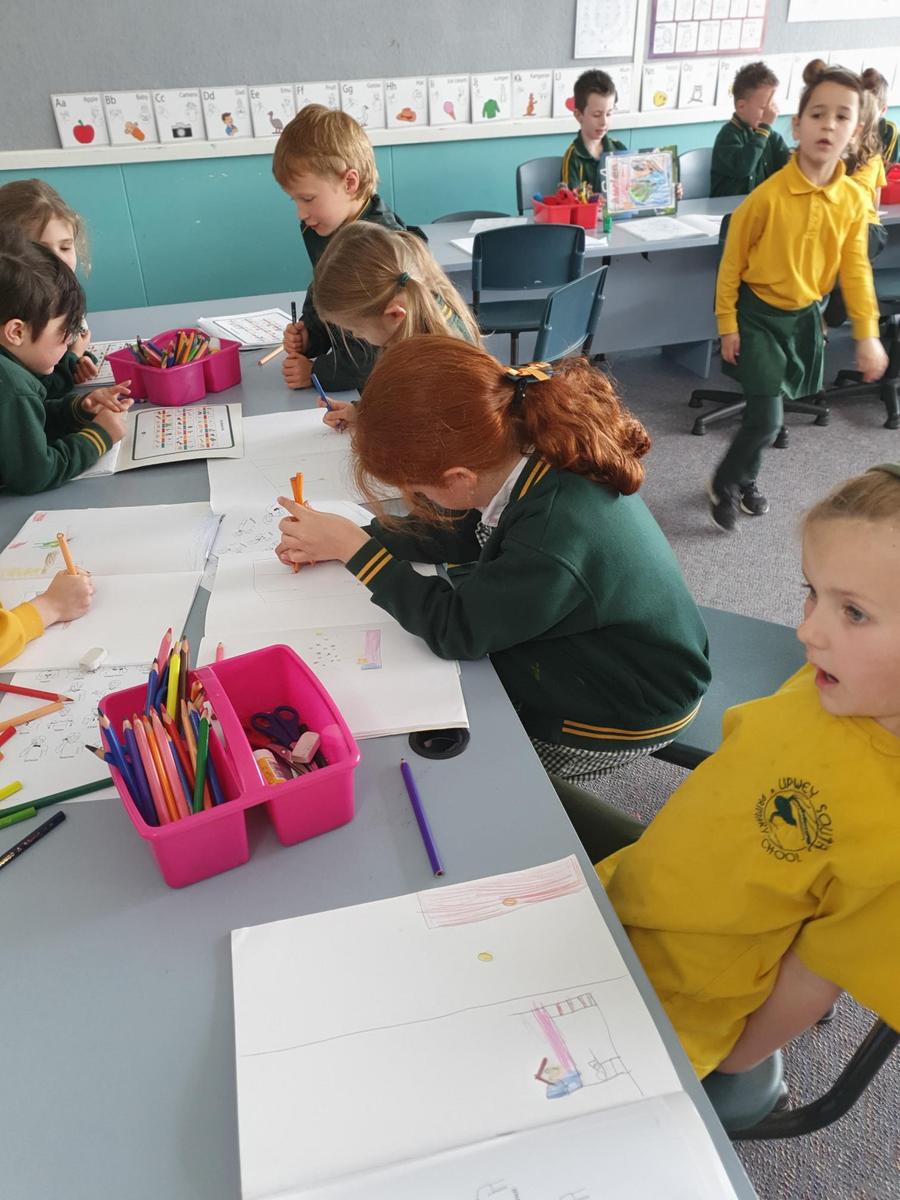
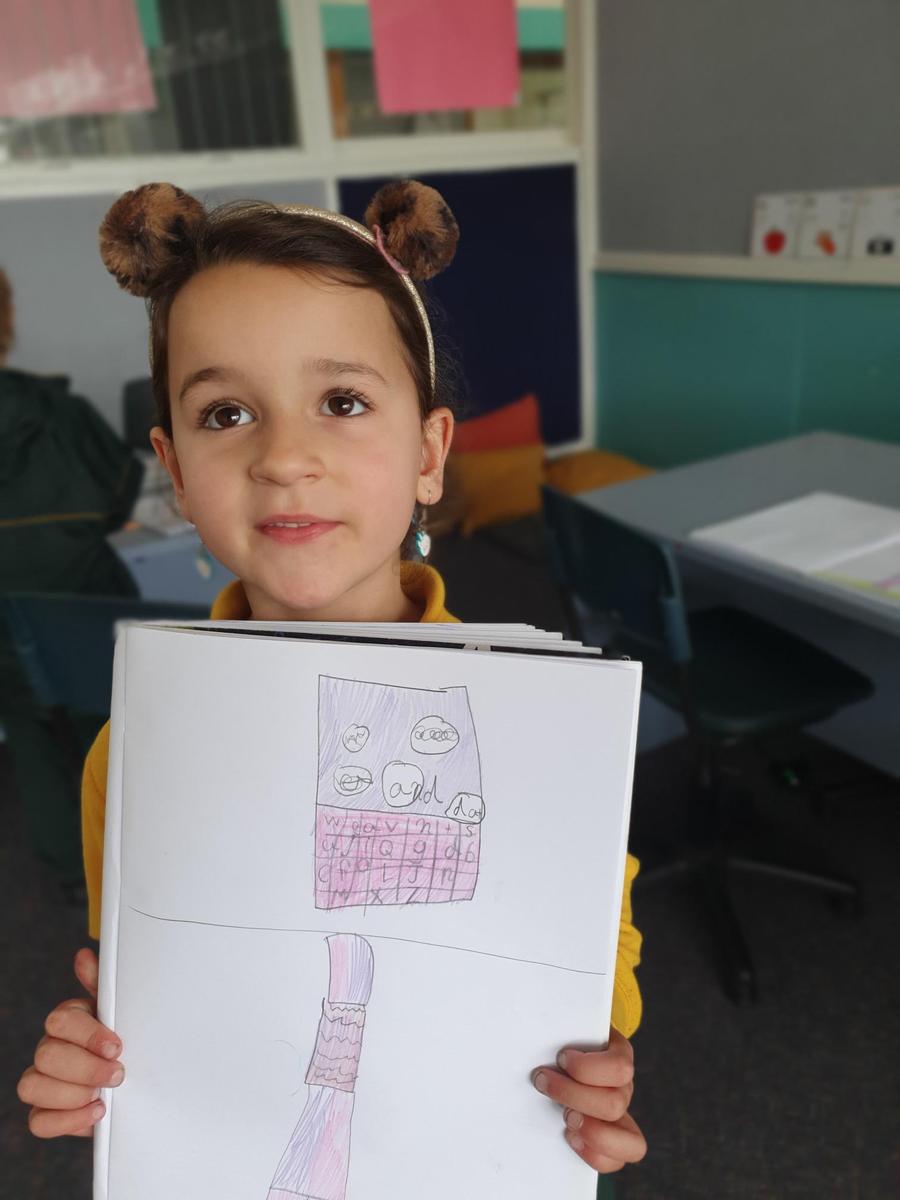
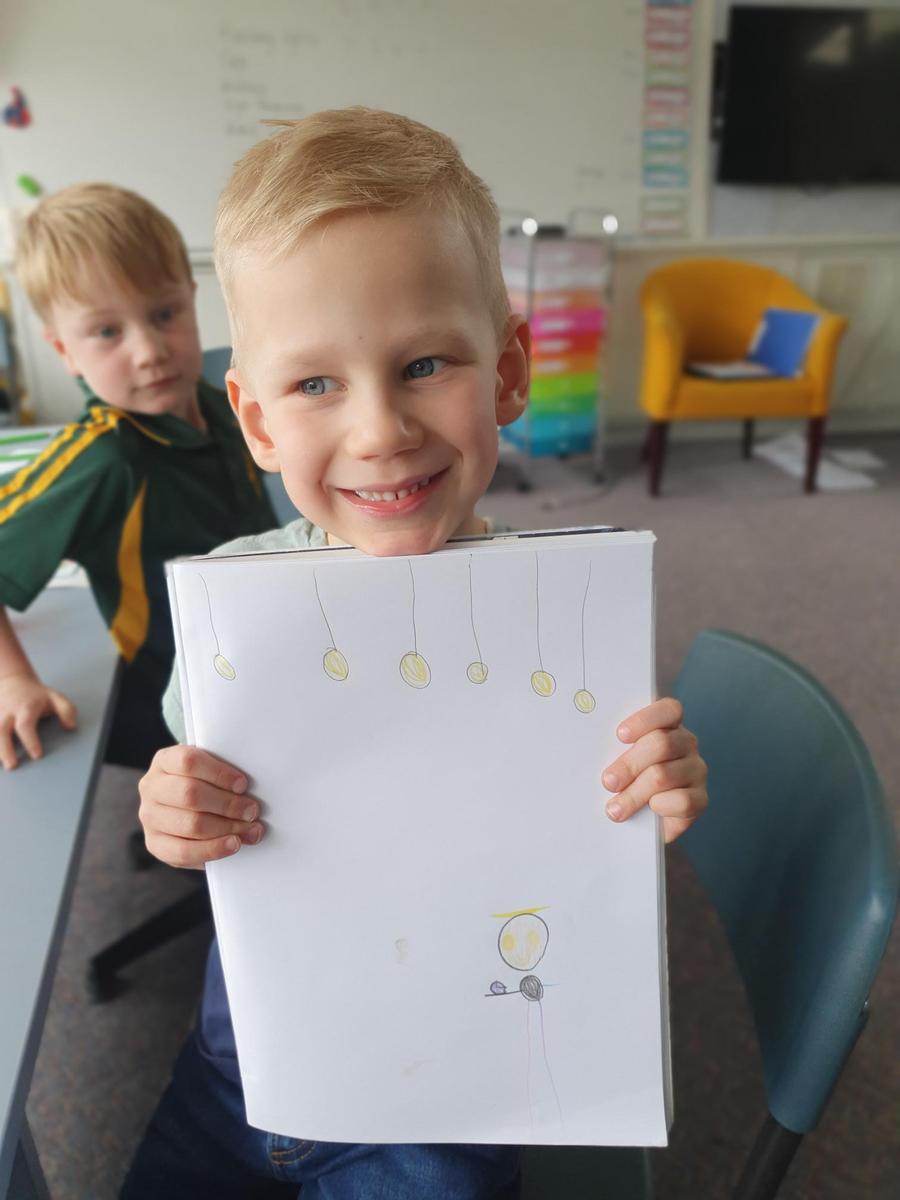
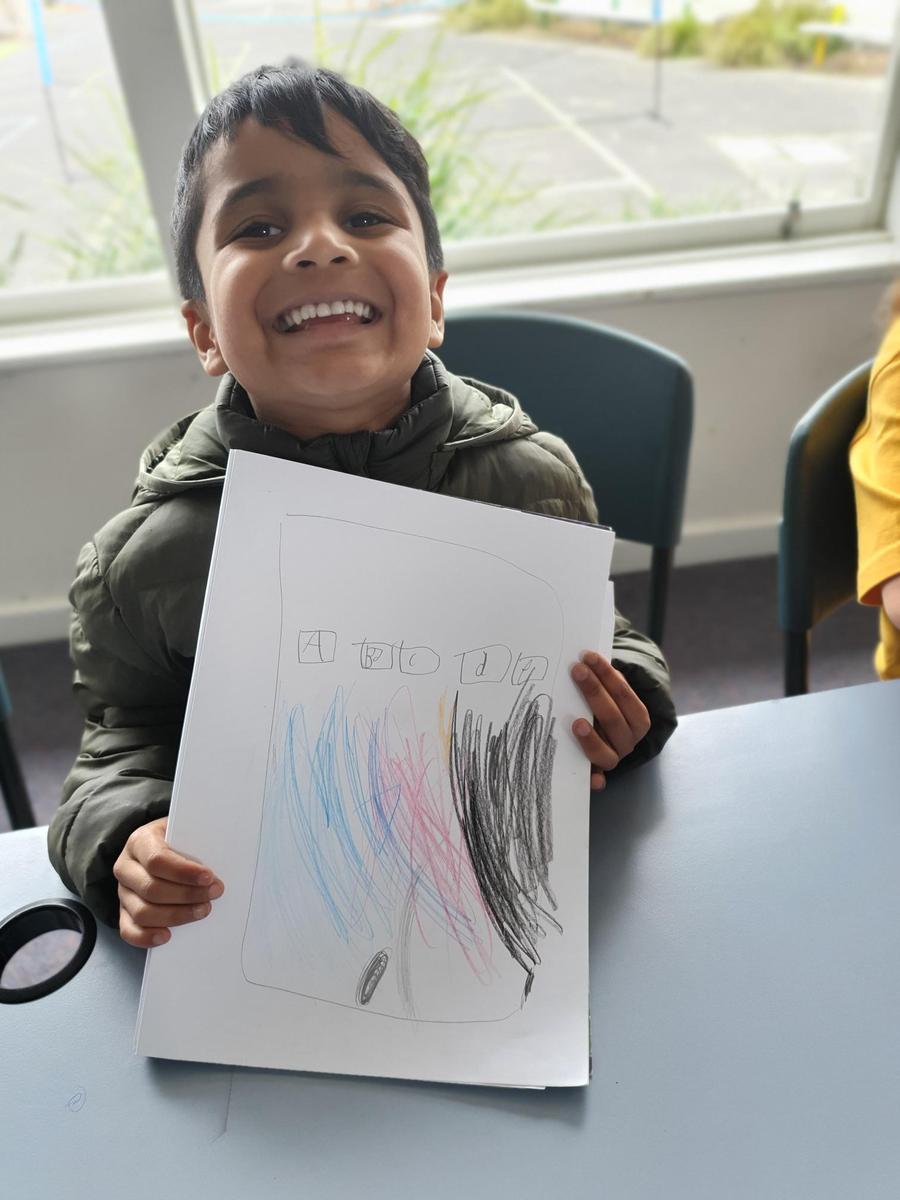
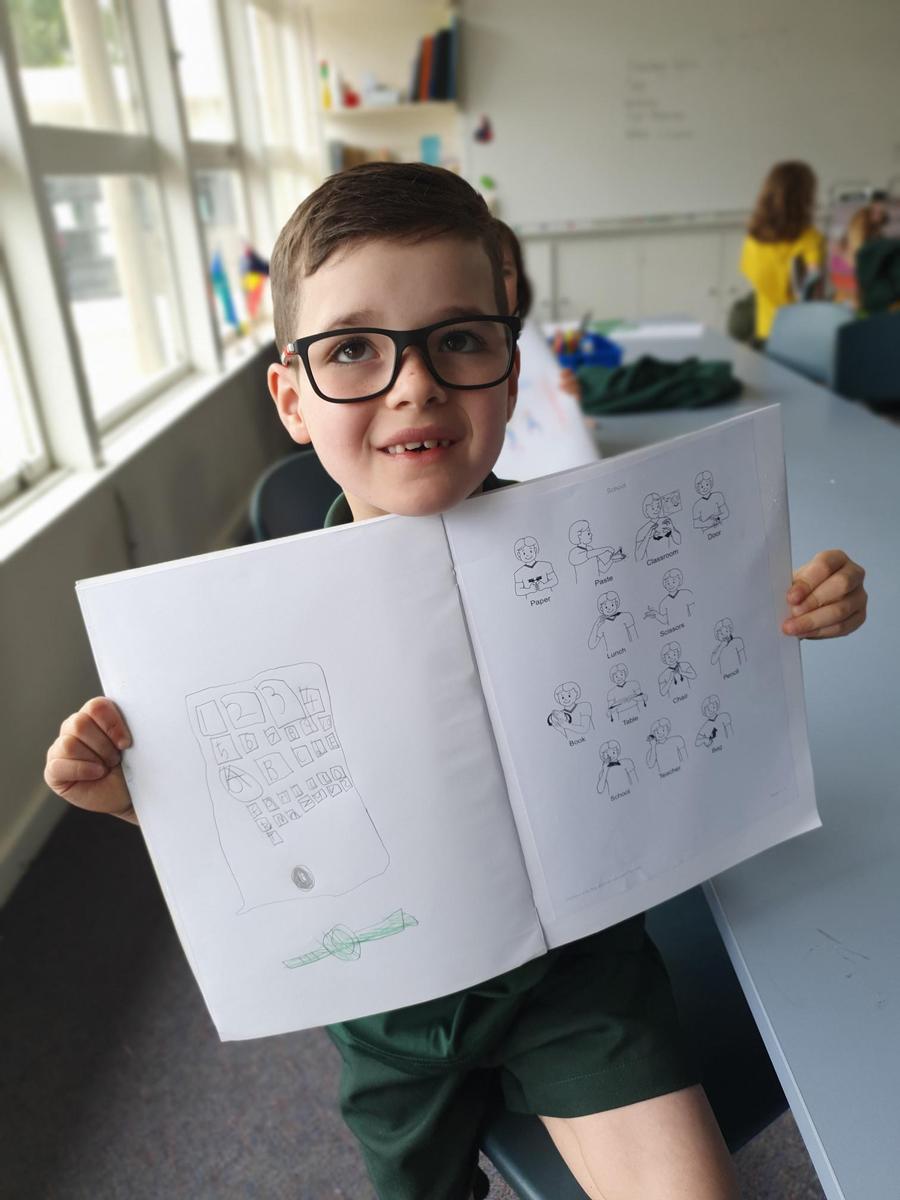
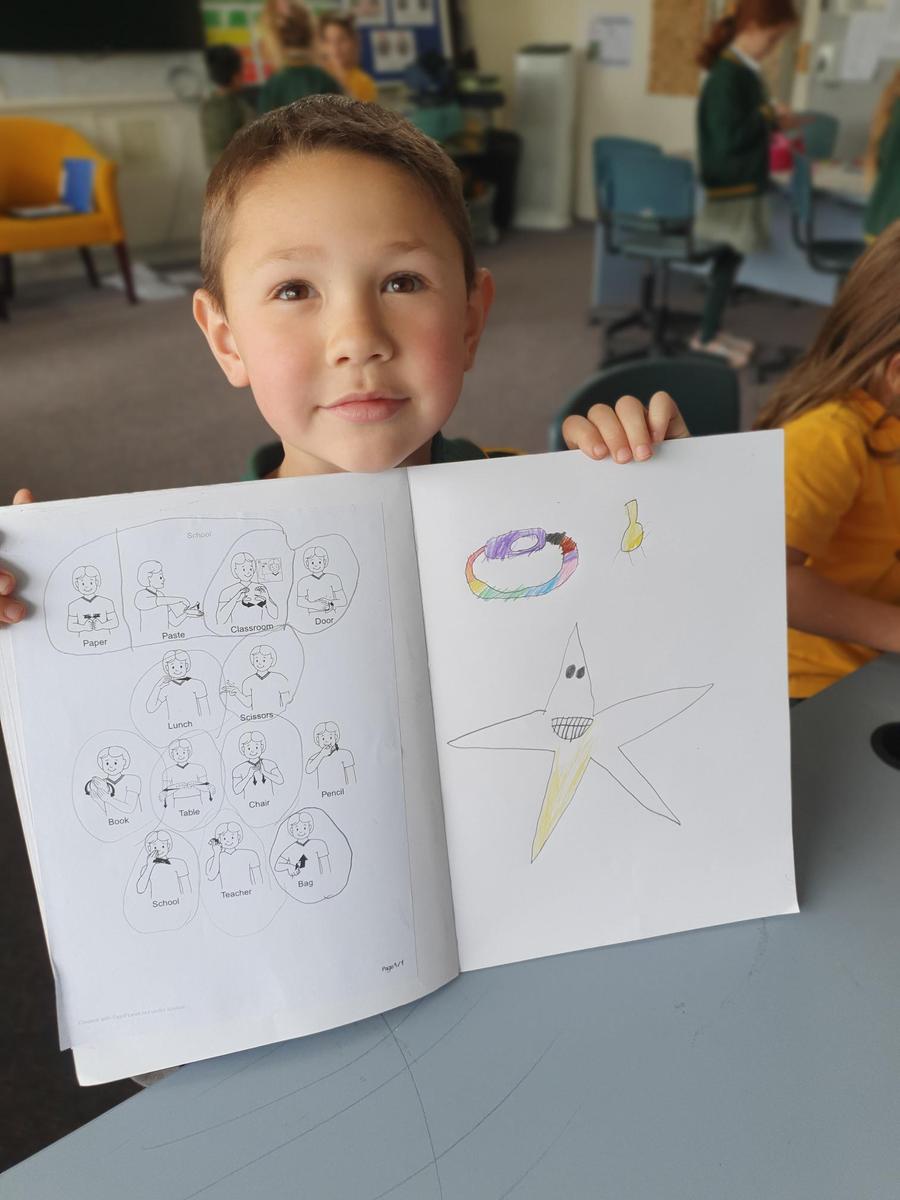
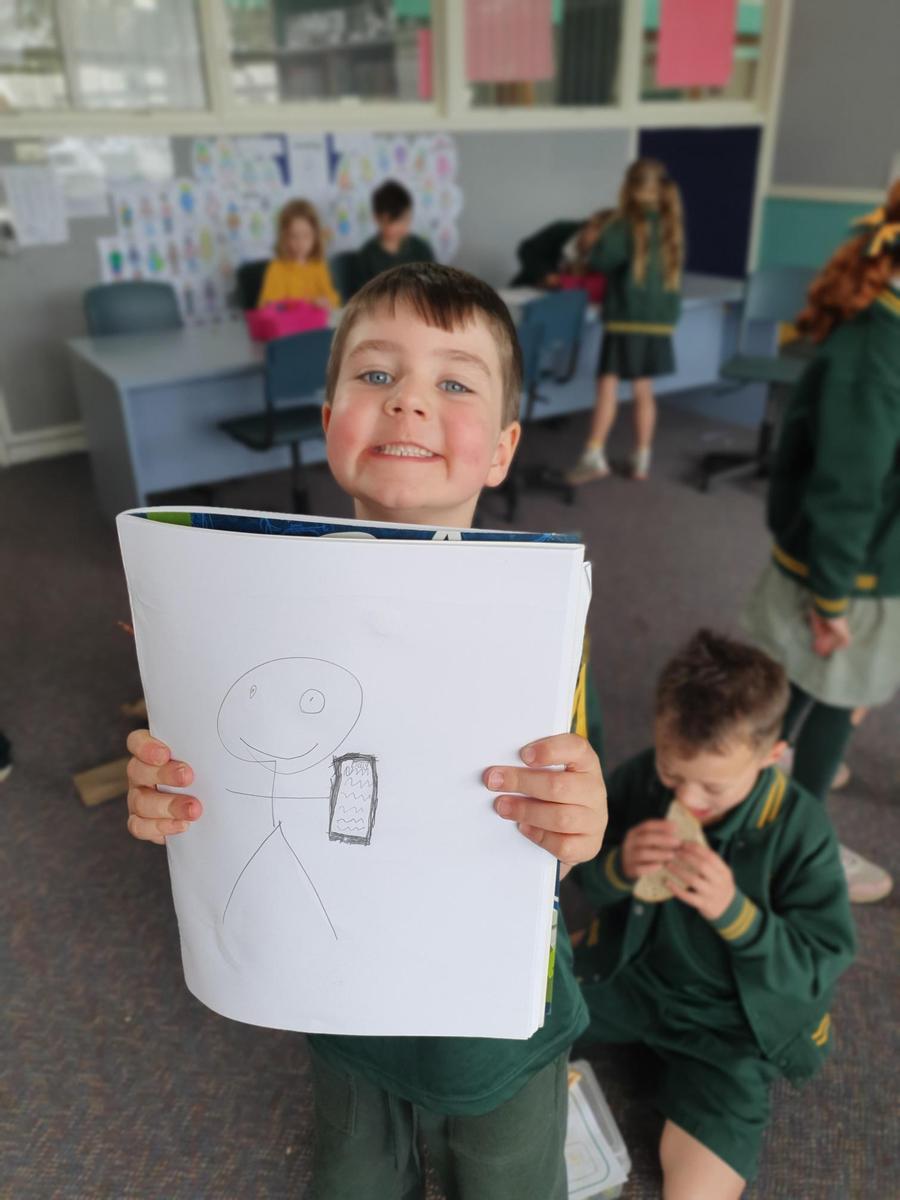

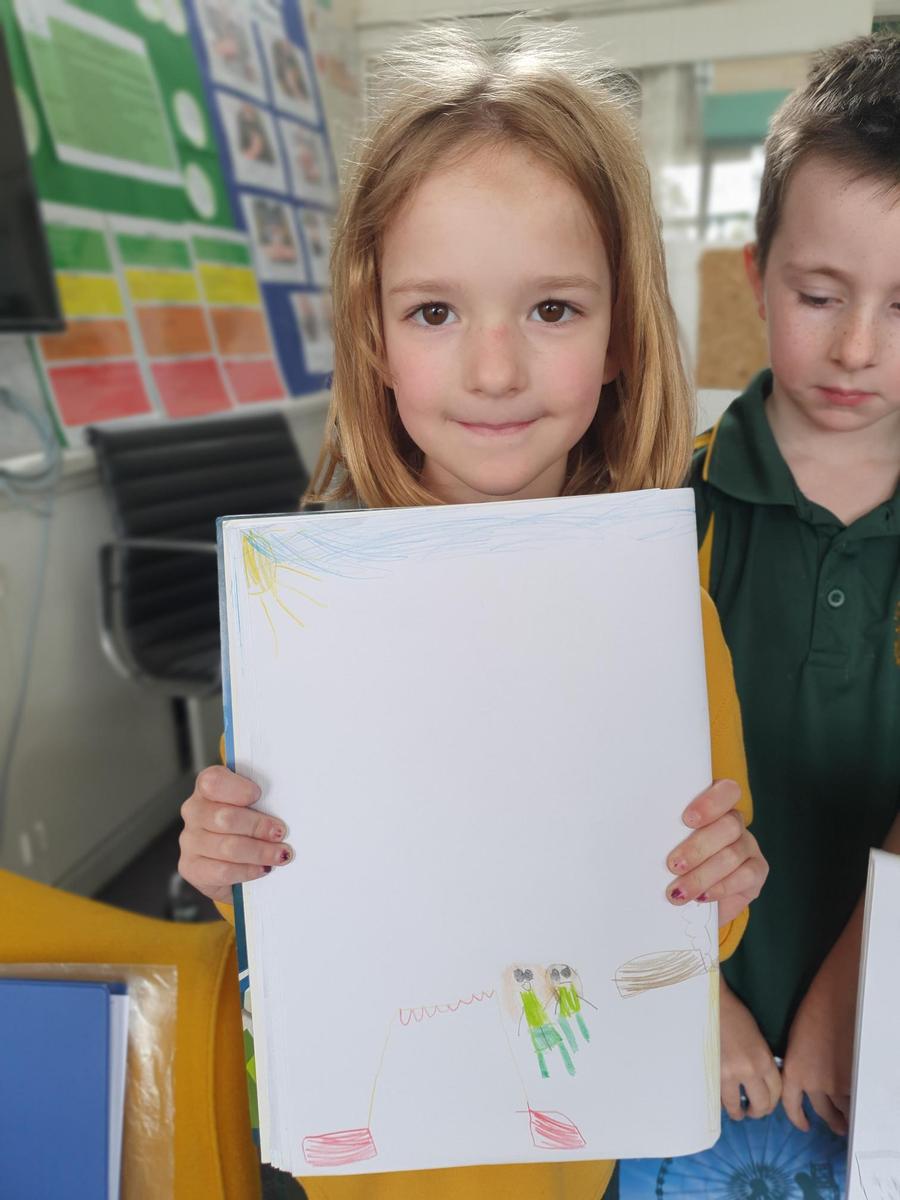
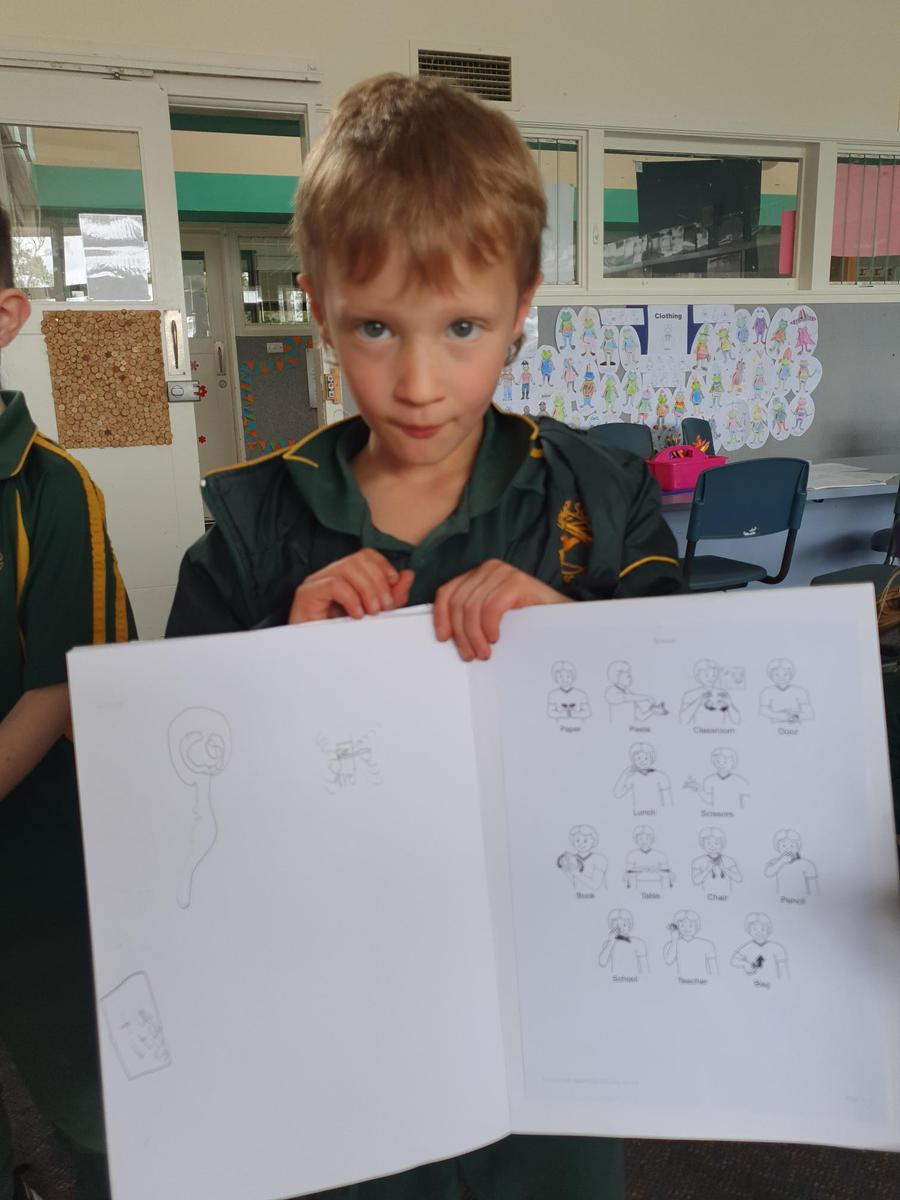


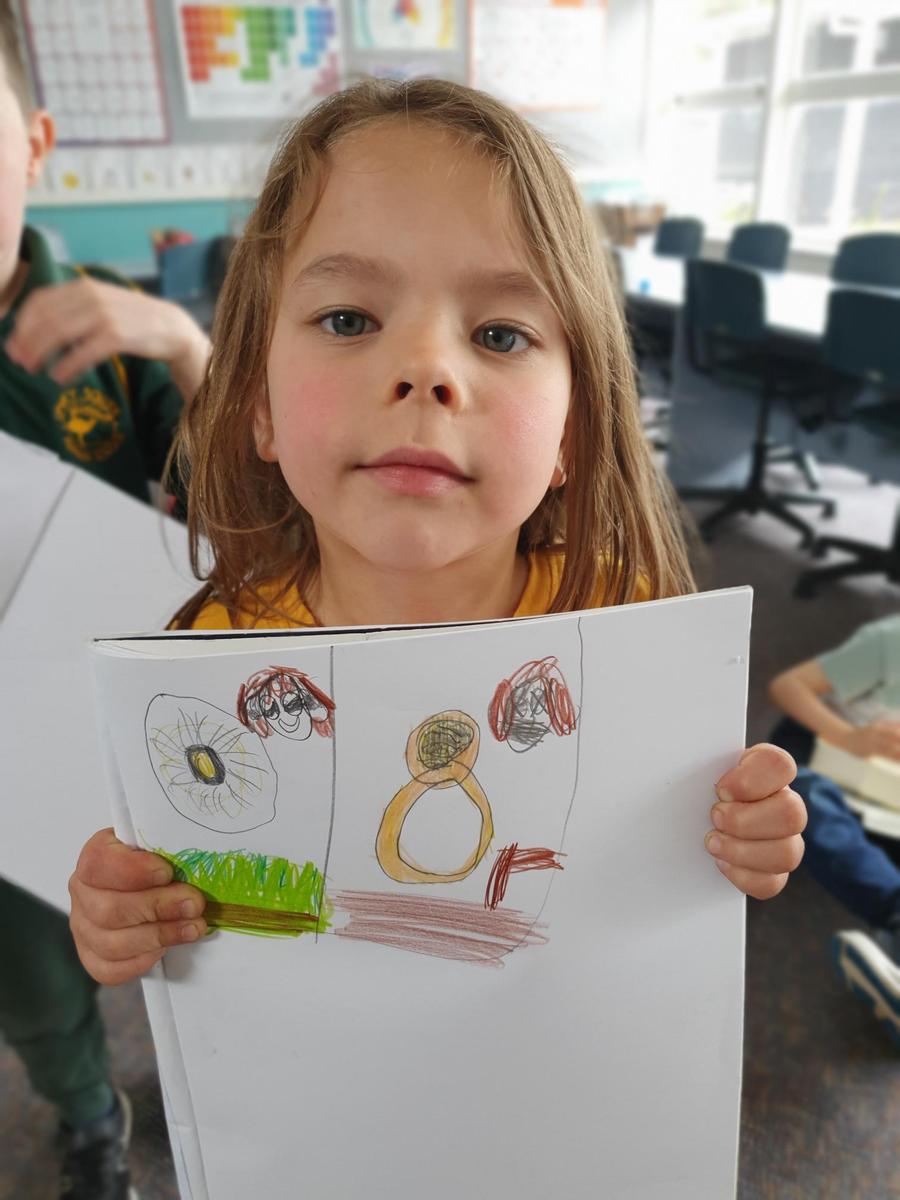

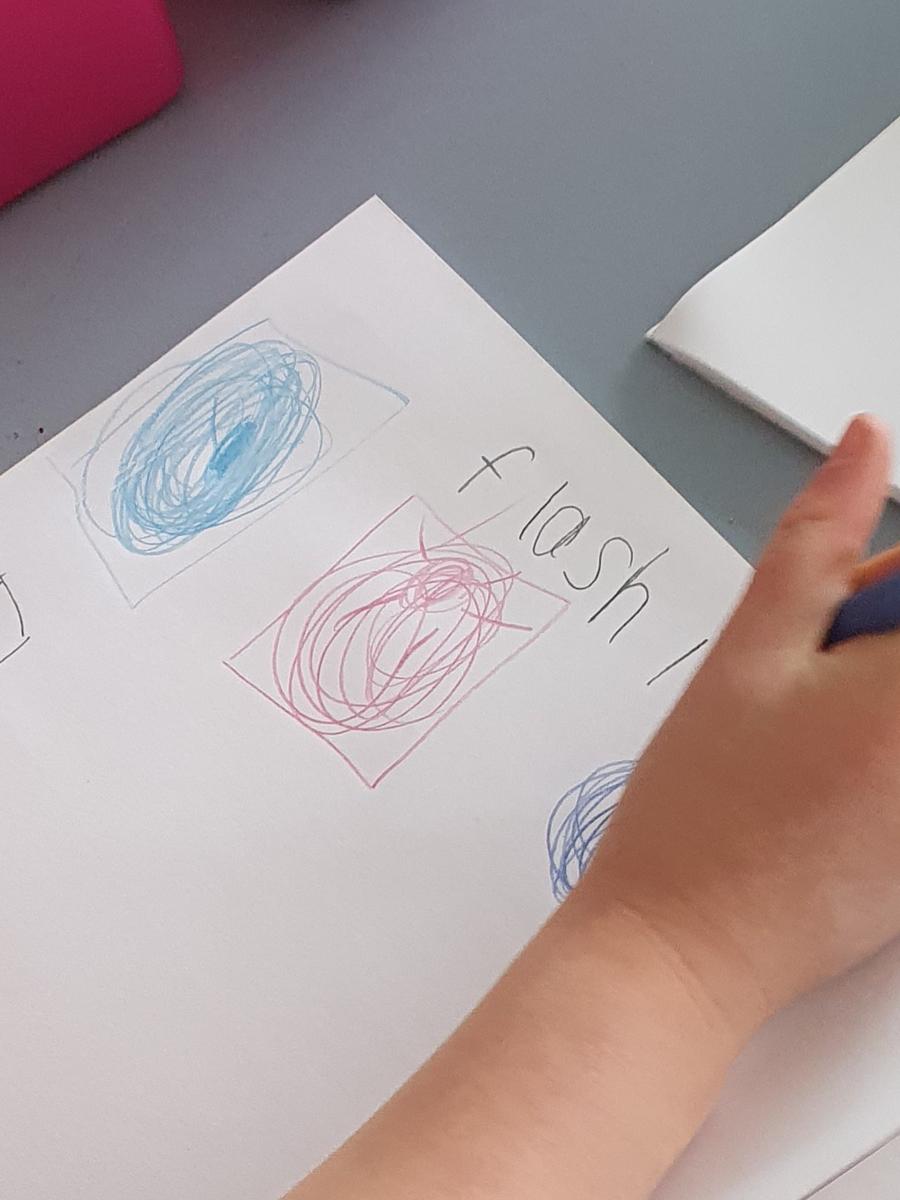

























What are handshapes? Handshapes are the shape that your hand makes when creating a sign. The same handshape is used for many signs but it is used with a different orientation, location to the body and movement (HOLM). Together with Non Manual Features (NMF) such as facial expression, each sign becomes unique and individual, even though the shape of the hand stays to same. There are 38 main handshapes.
This week the students focused on the 'flat handshape' in addition to 'hook', 'pointer', 'good' and the 'okay' handshape. Ask your child what signs can be communicated using these handshapes.
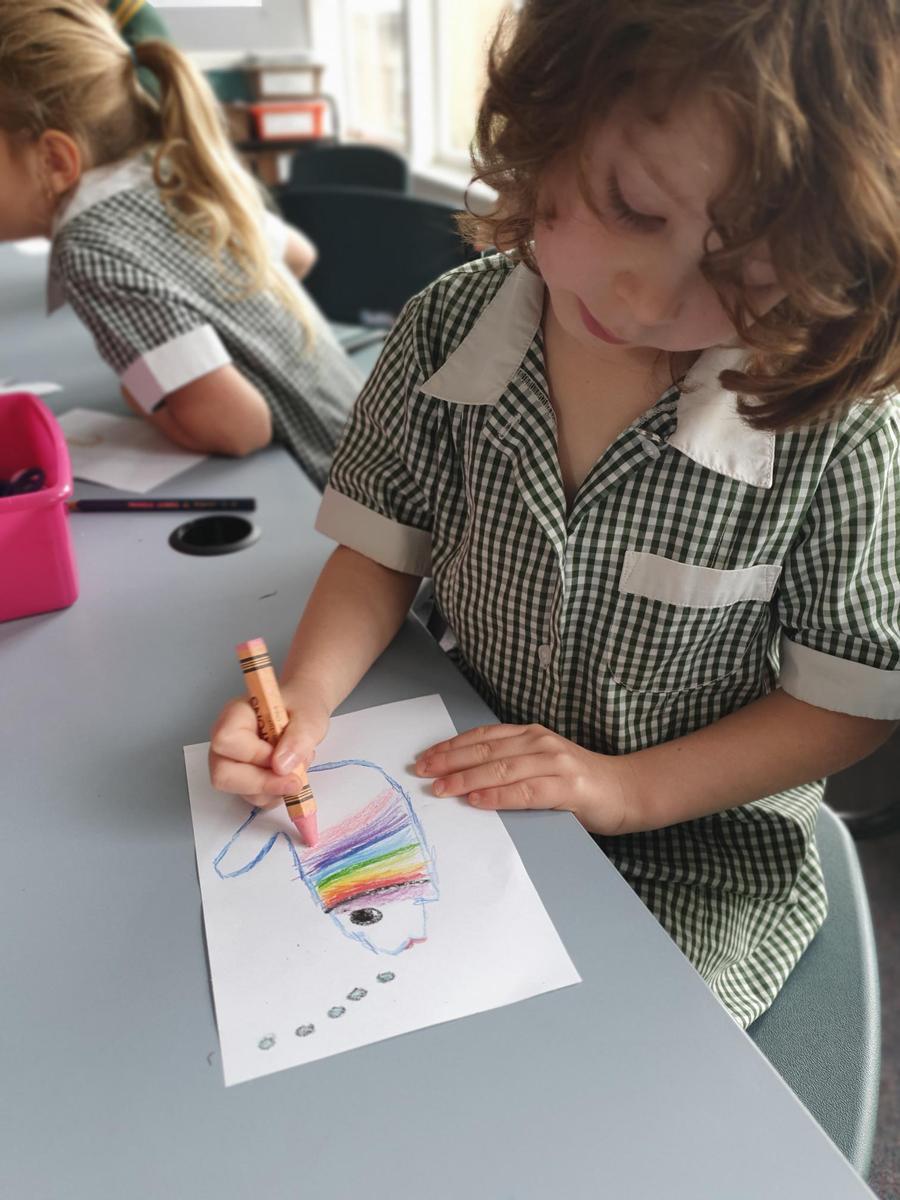

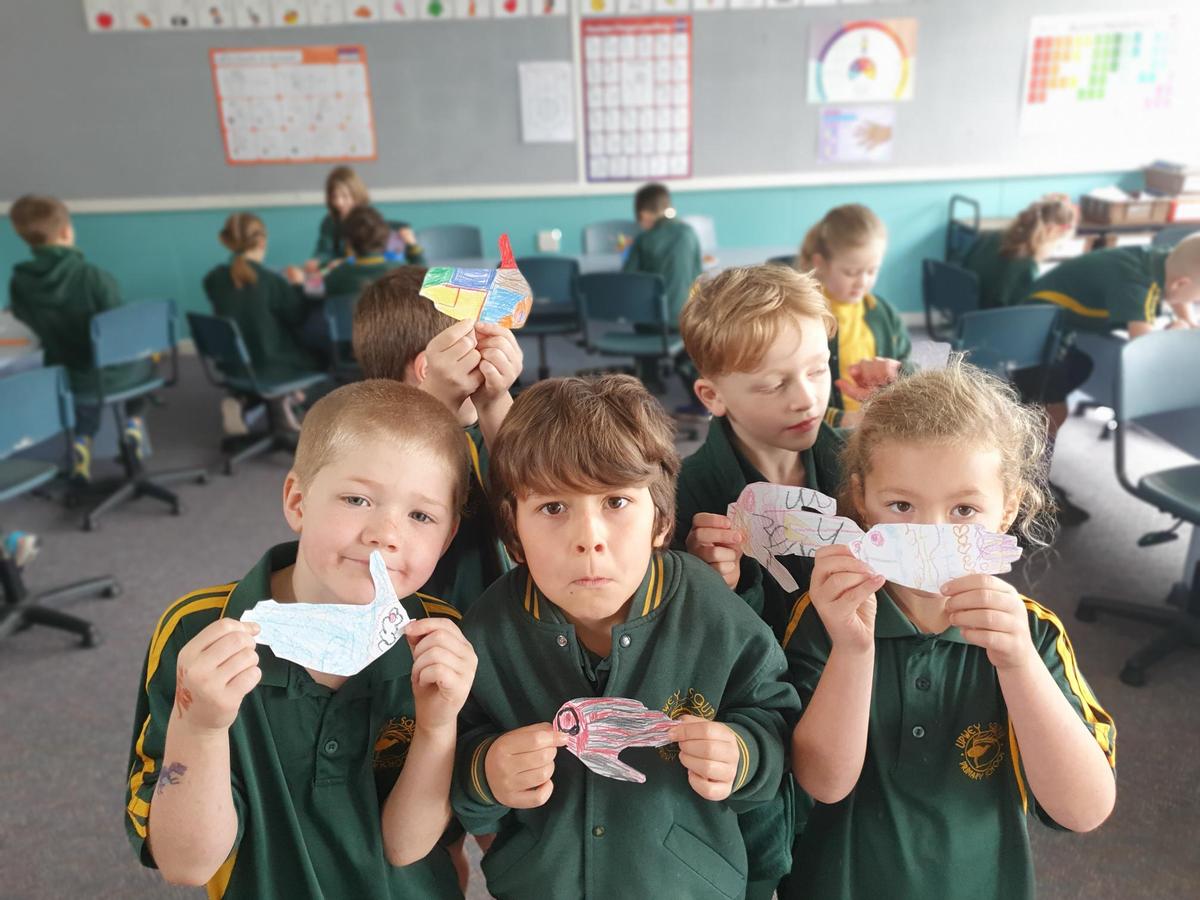
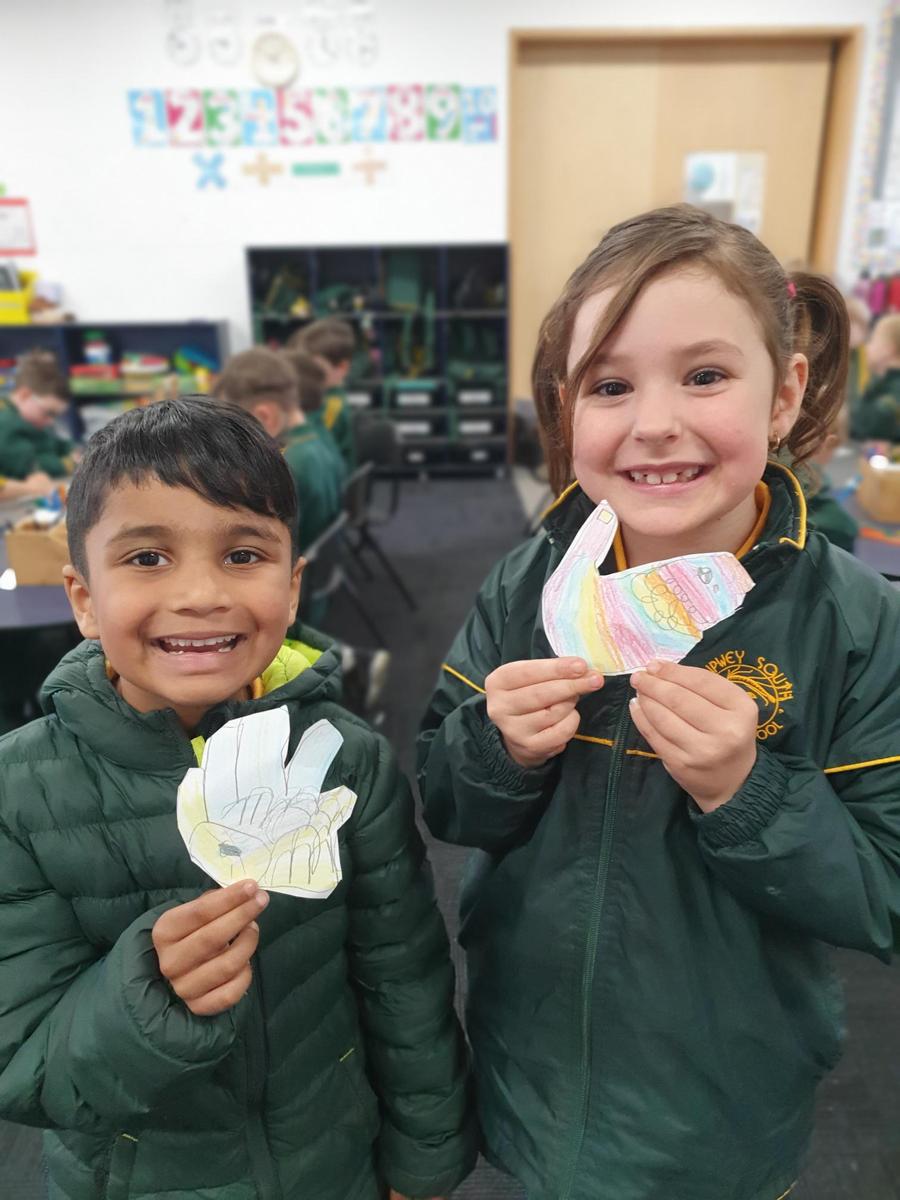
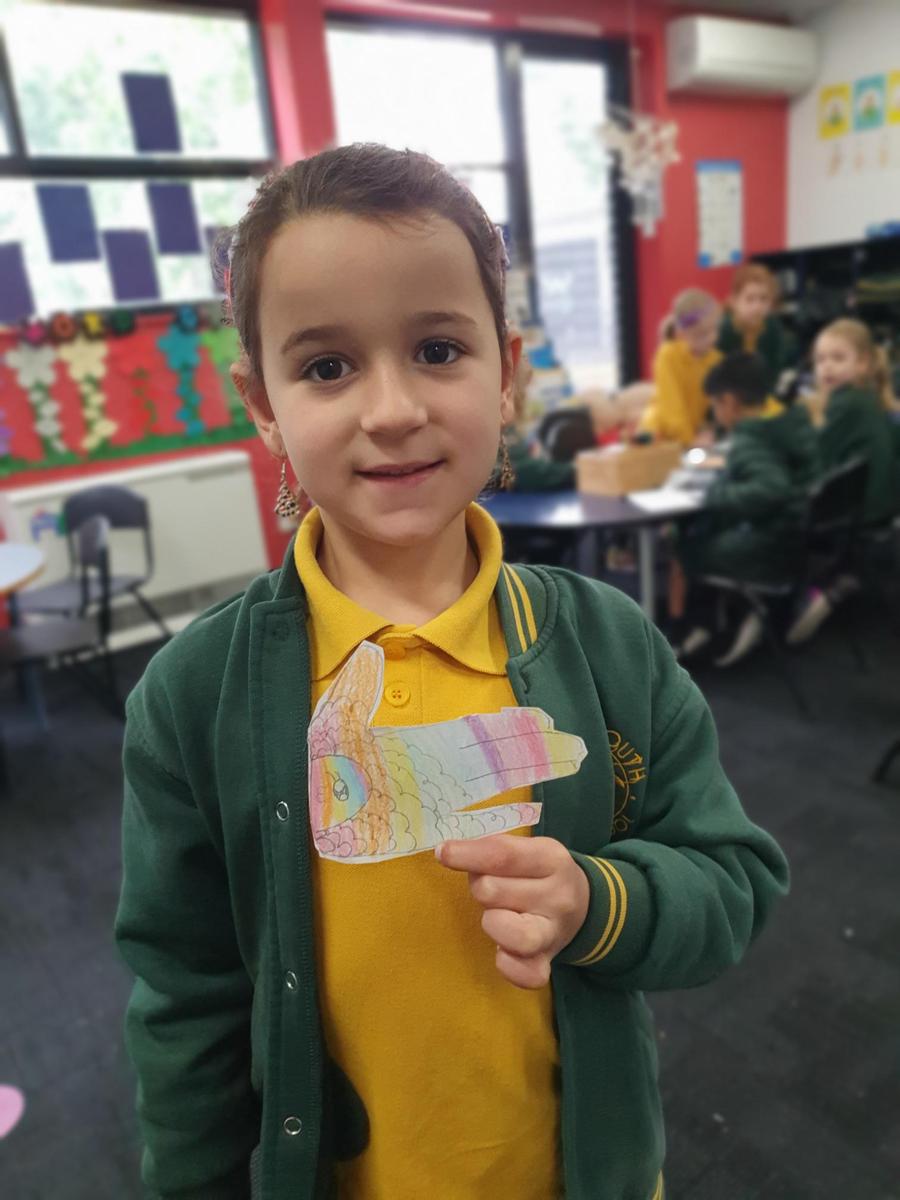
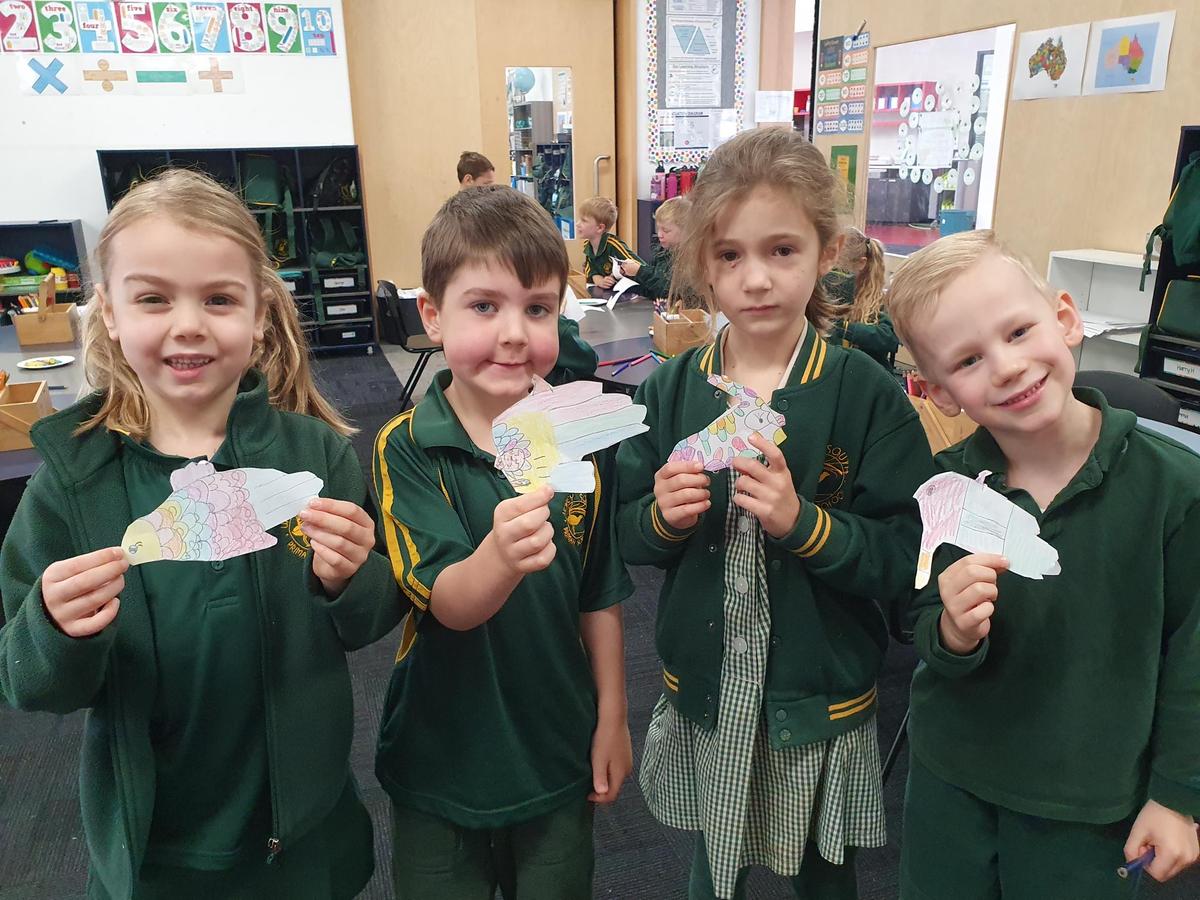
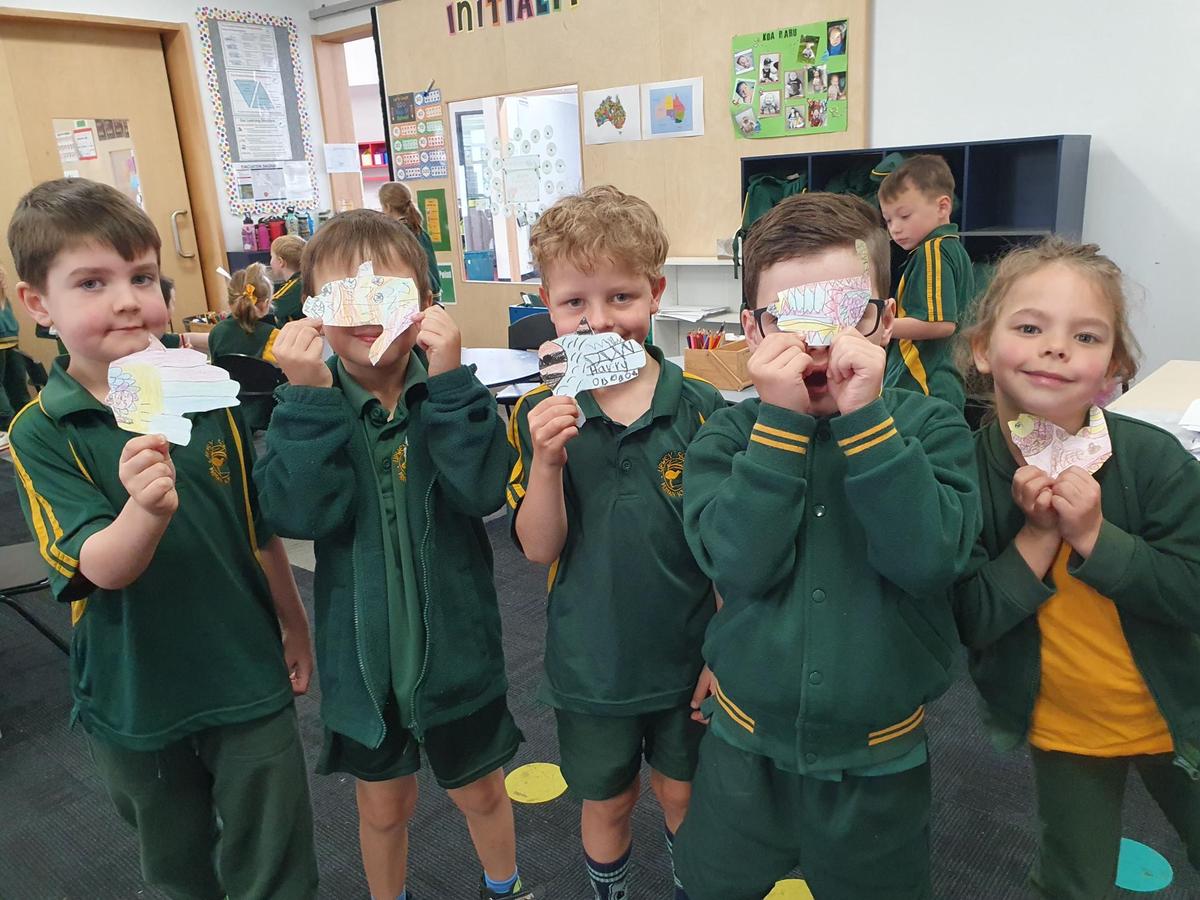
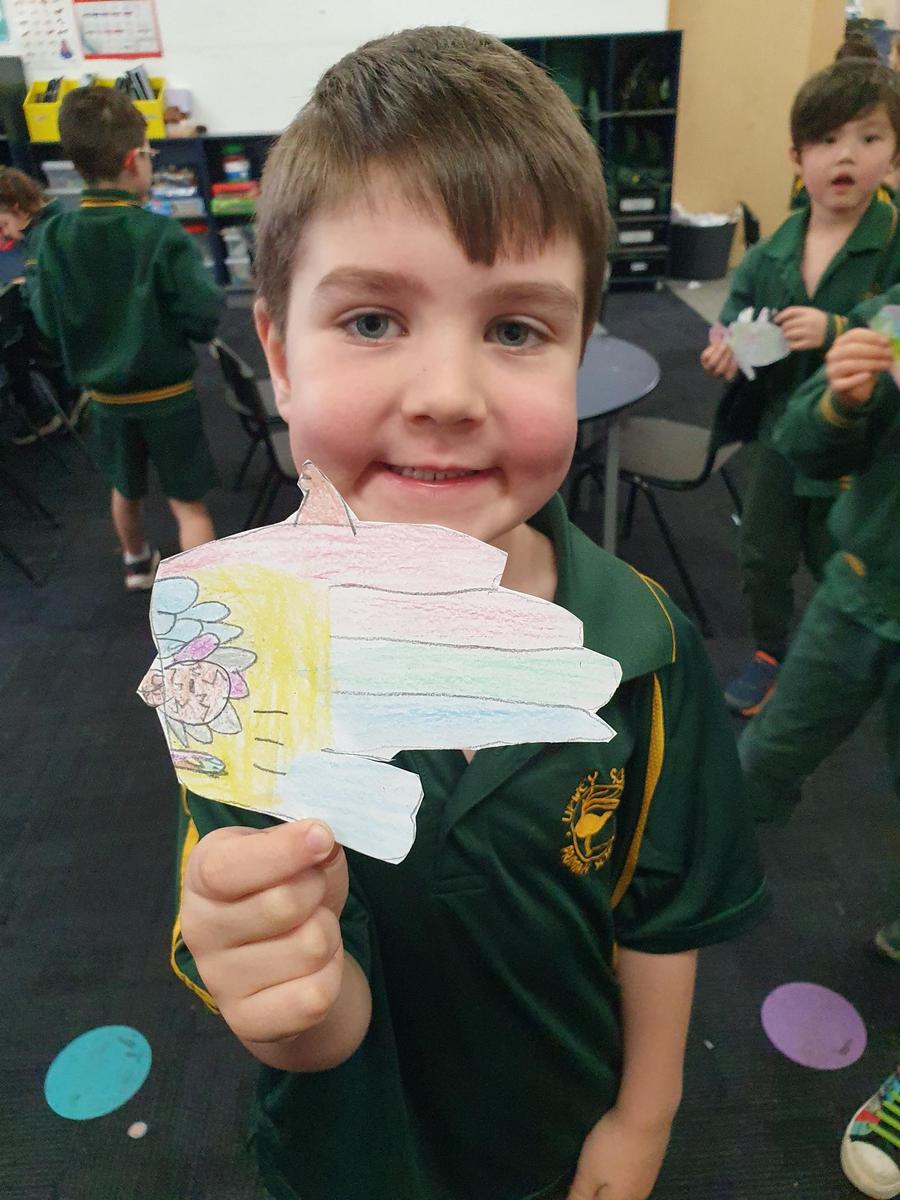








Dressing Frogs
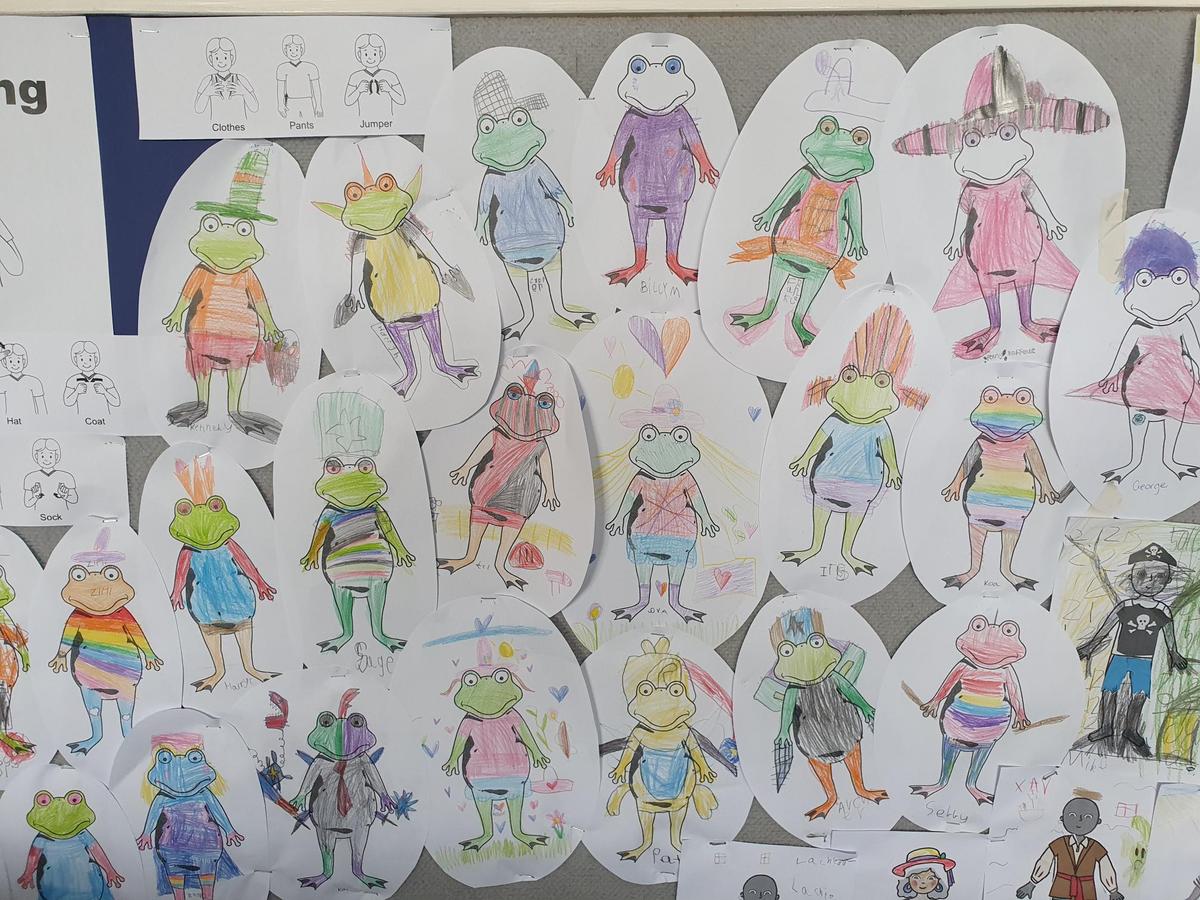
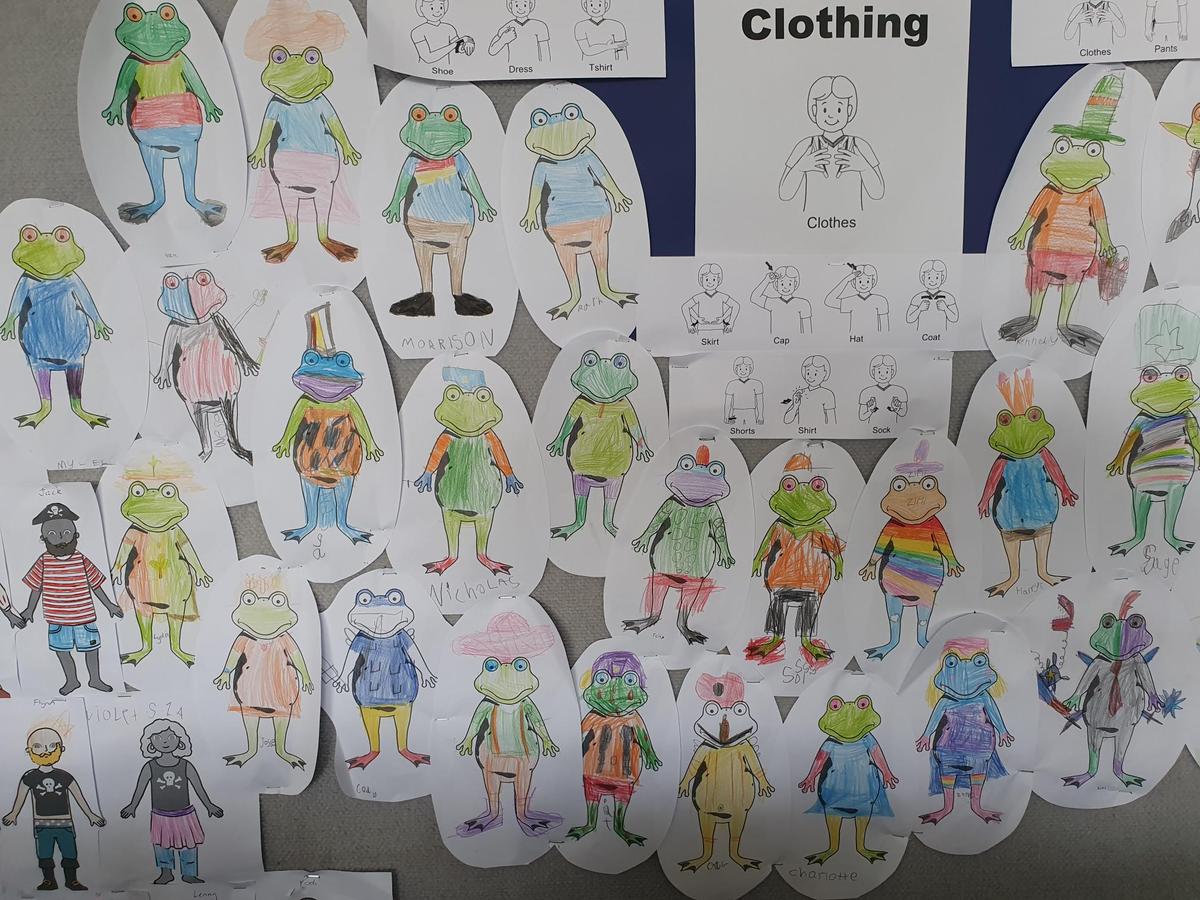
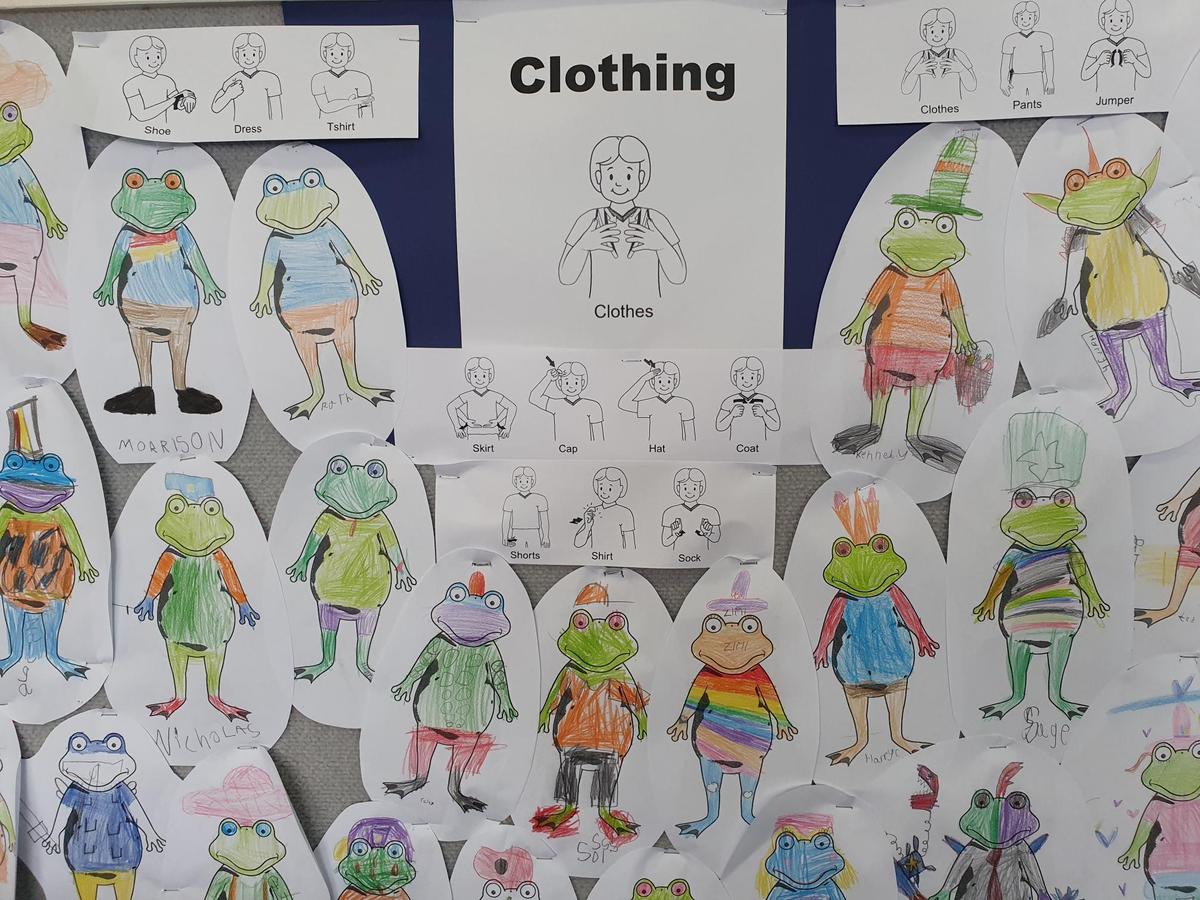



An important aspect of Auslan is the understanding that it is important to ‘show’ not always ‘tell’ when communicating. We explored this topic by playing ‘Pass the box’. Pass the Box requires all students to 'show’ what type of box they have in their hands. It may be big, small, light, heavy, tall, thin and so forth. The students took on this challenge with ease and it was lovely to observe their understanding and enthusiasm exploring this concept.

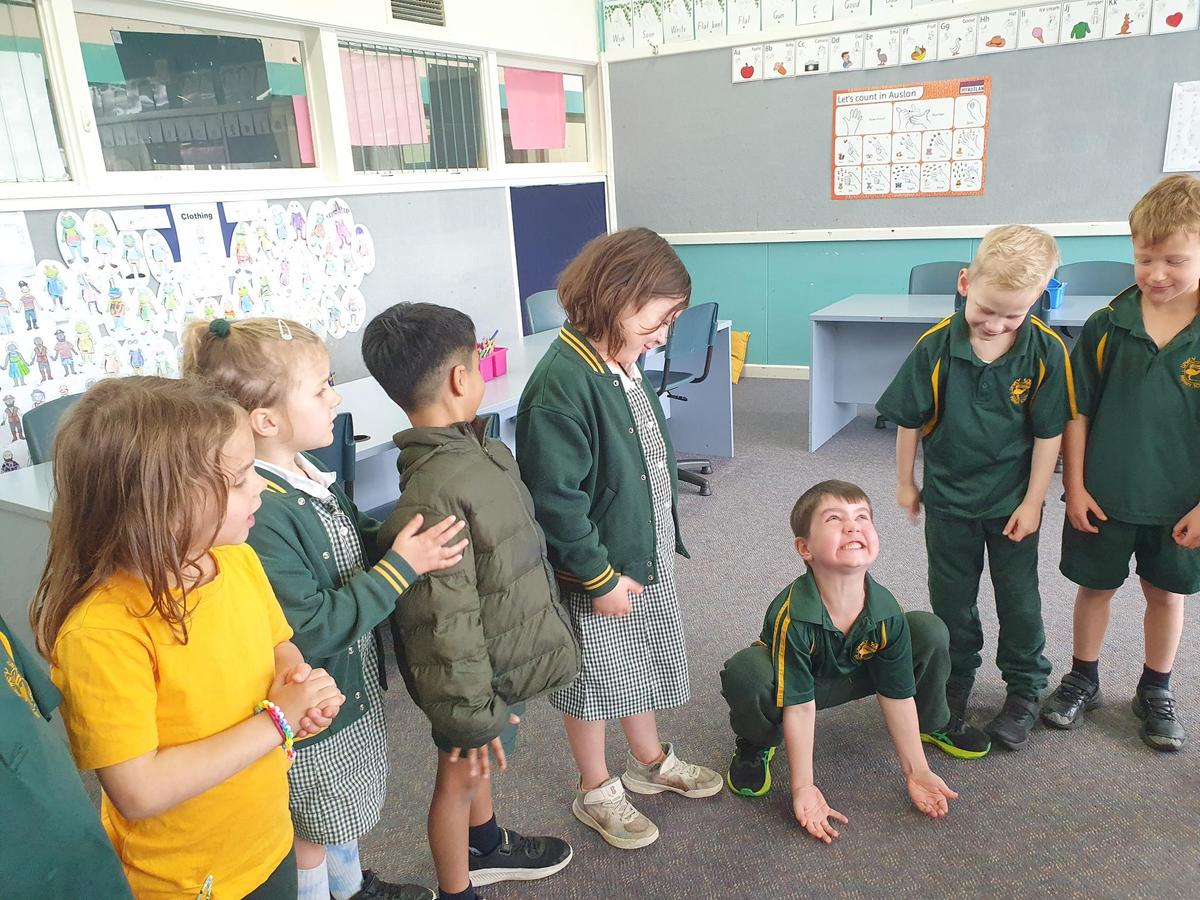


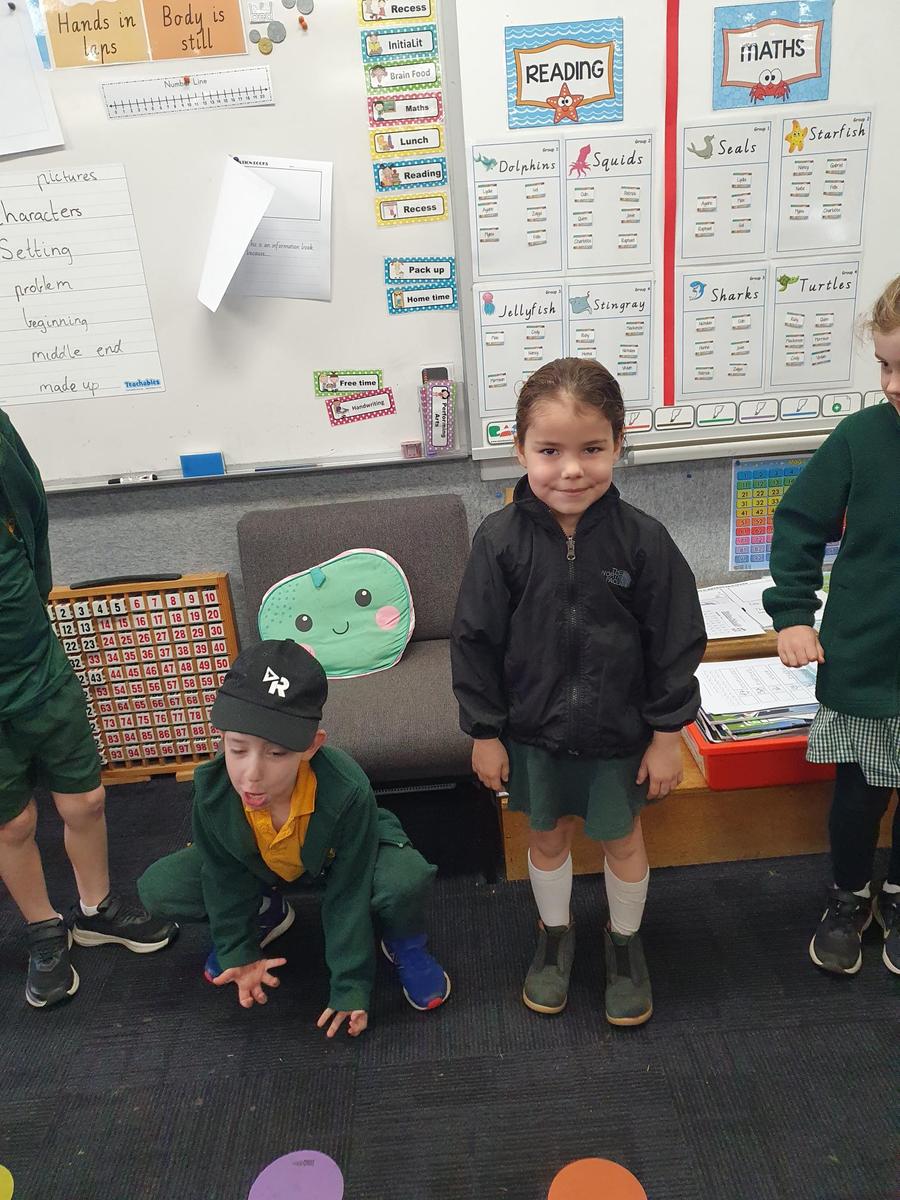



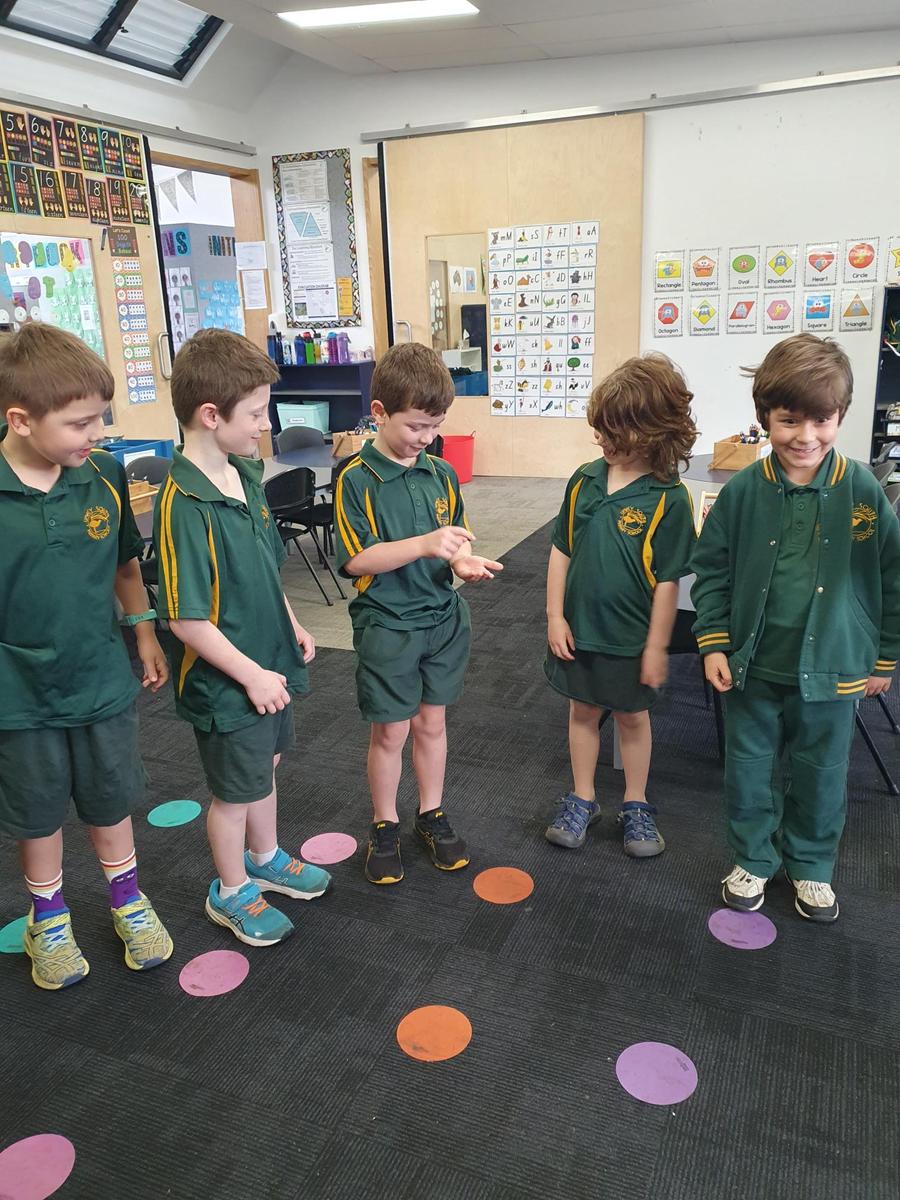
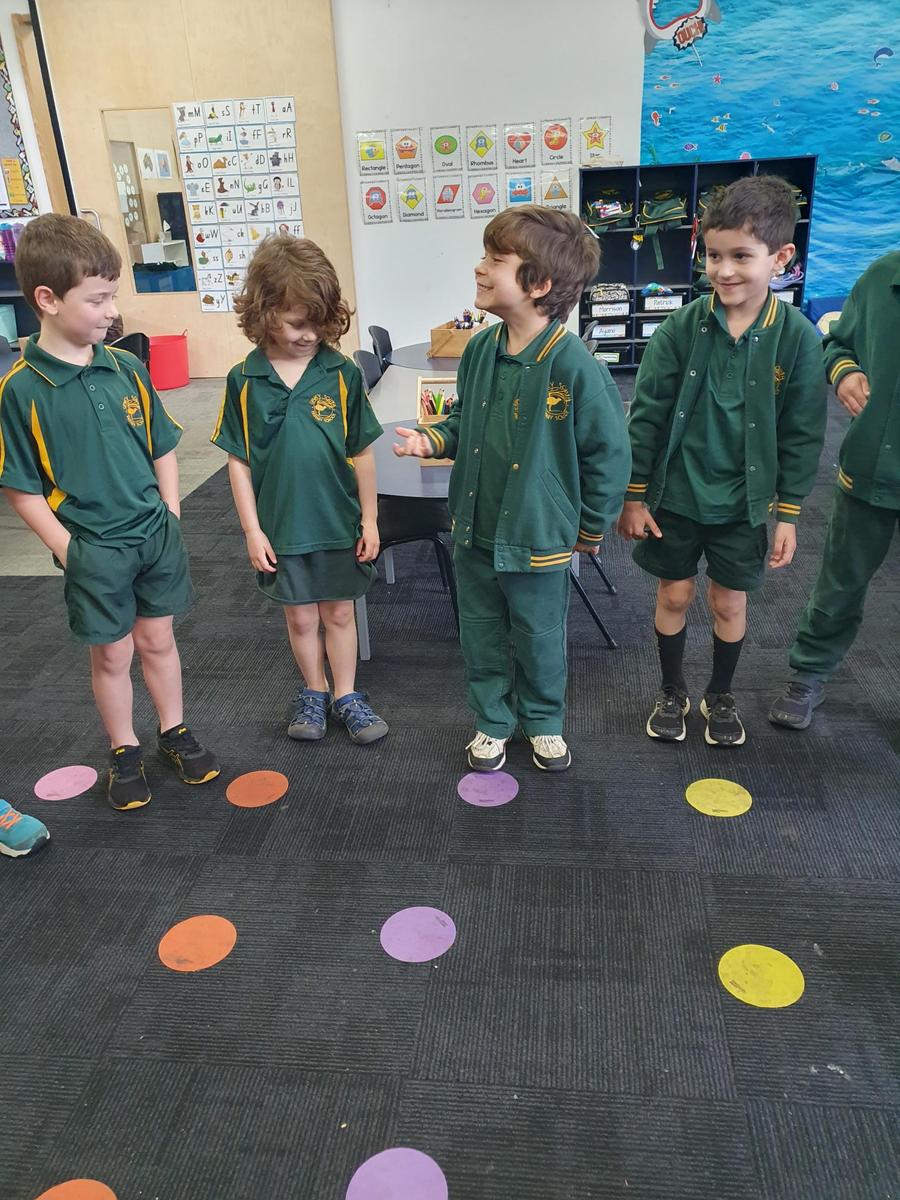










Year One
Year One students have explored similar topics to the Foundation students but in greater depth. They exploring clothing items through a cut and paste activity of dressing a pirate. In addition, many described the colour of clothing they chose for their pirate. Students were able to choose any pirate and clothing, and some added additional features such as treasure and scenery.
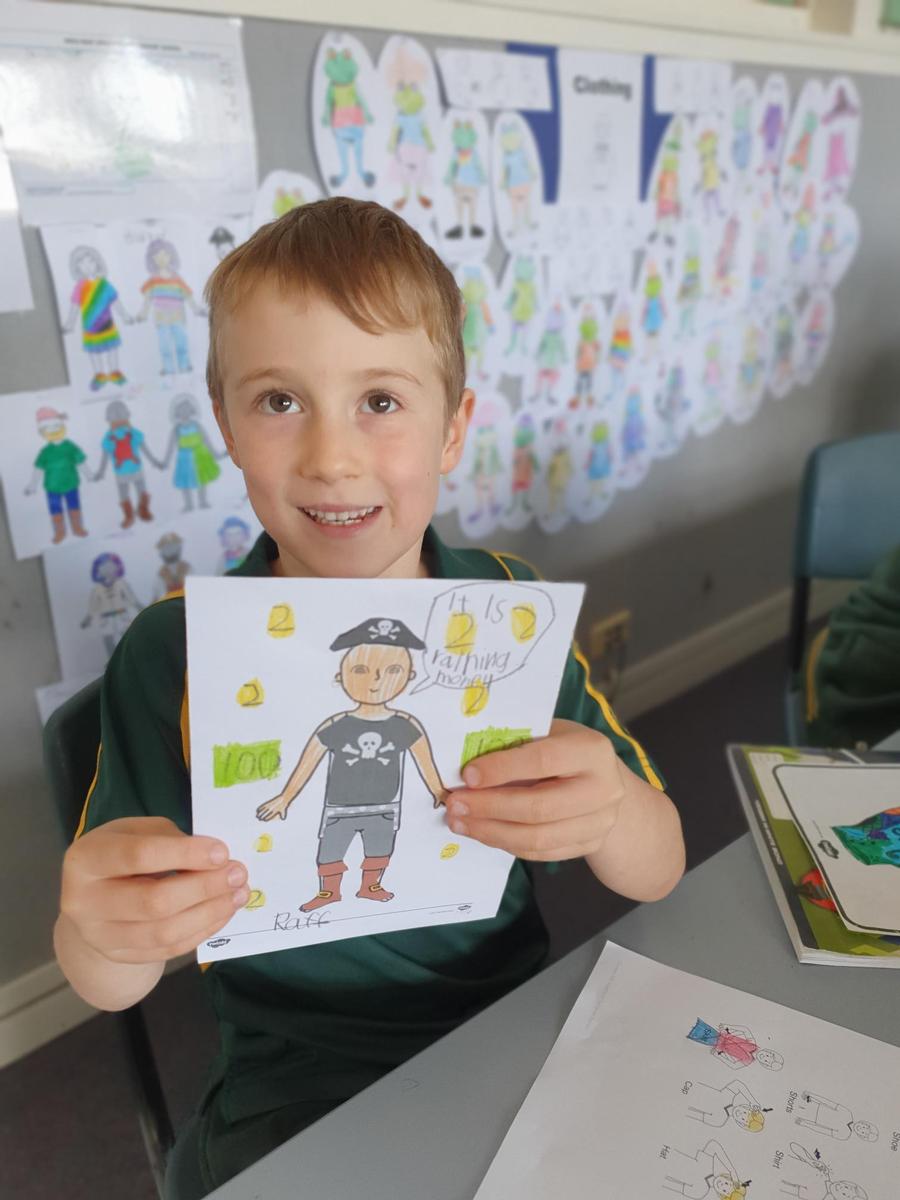
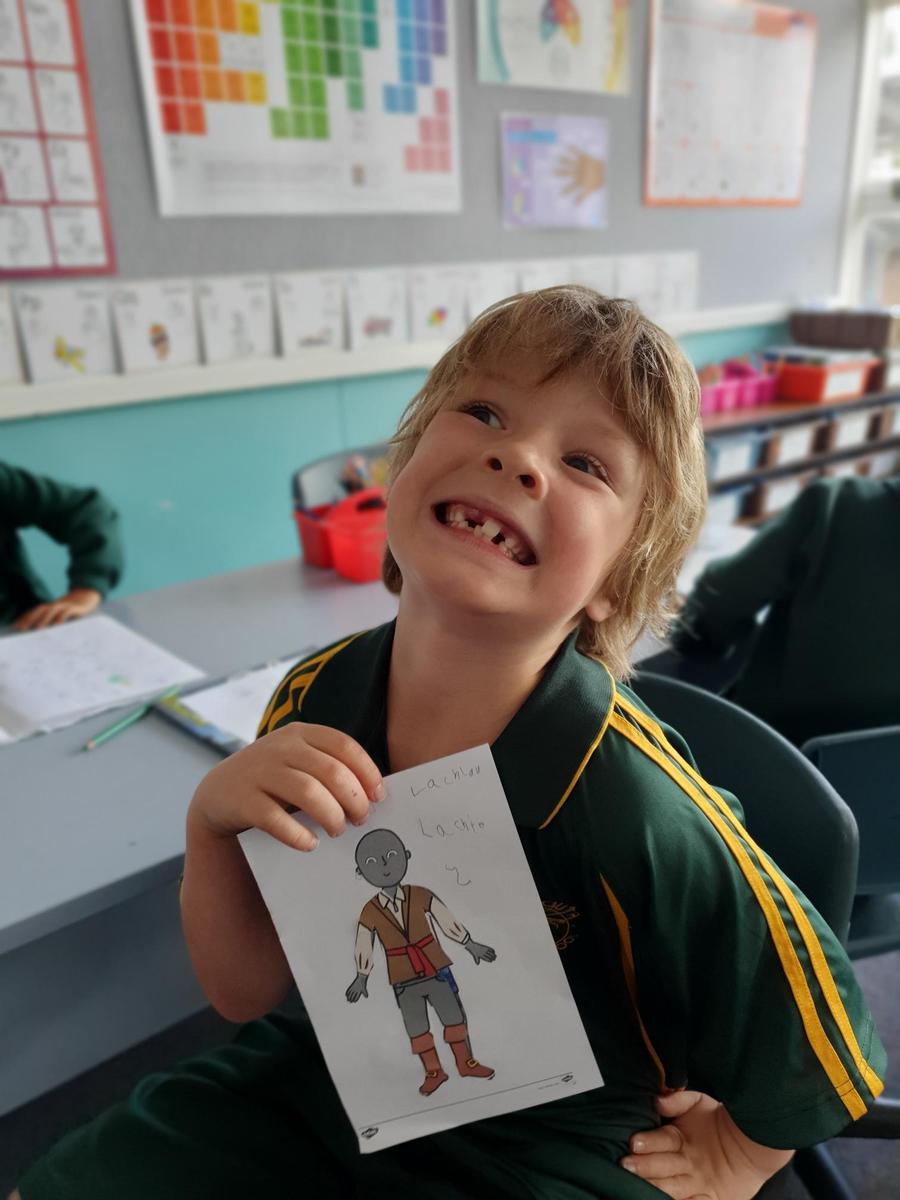
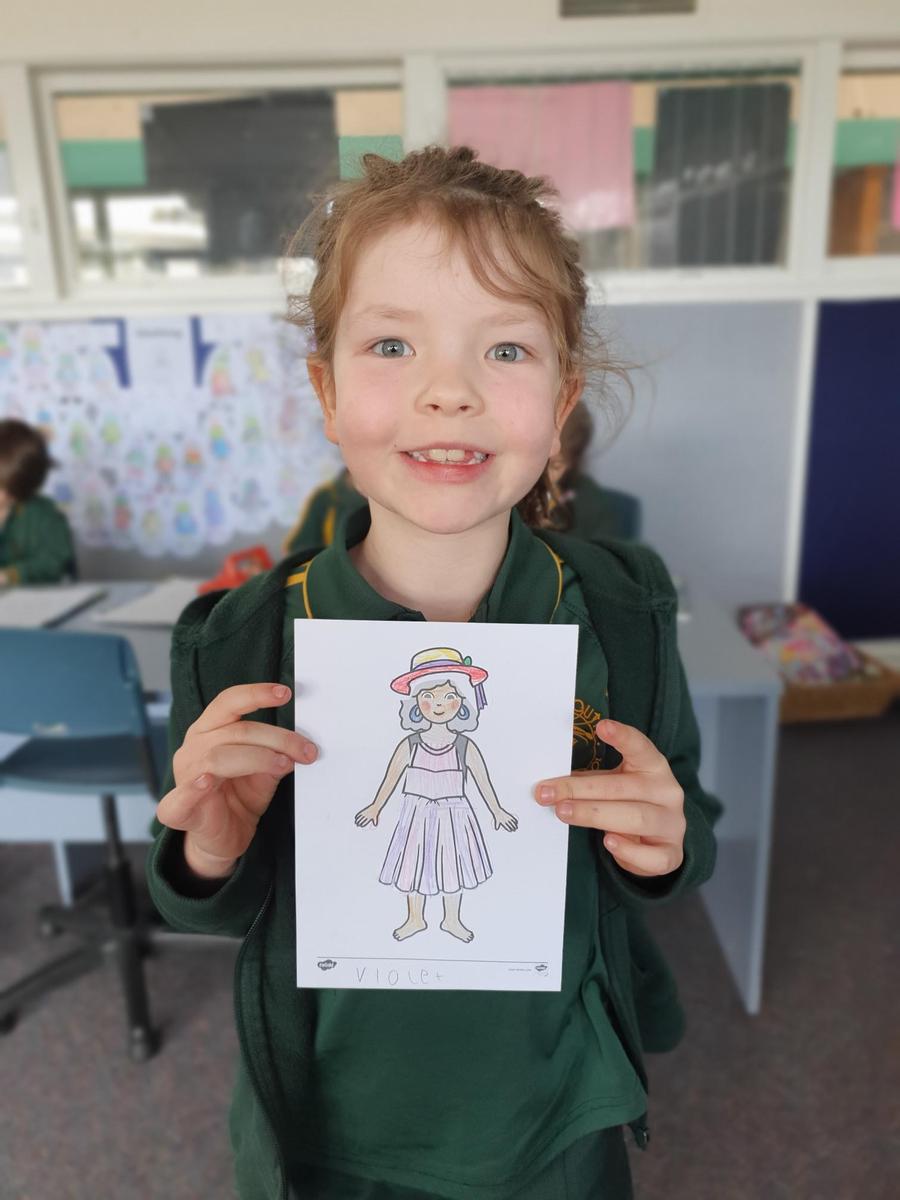

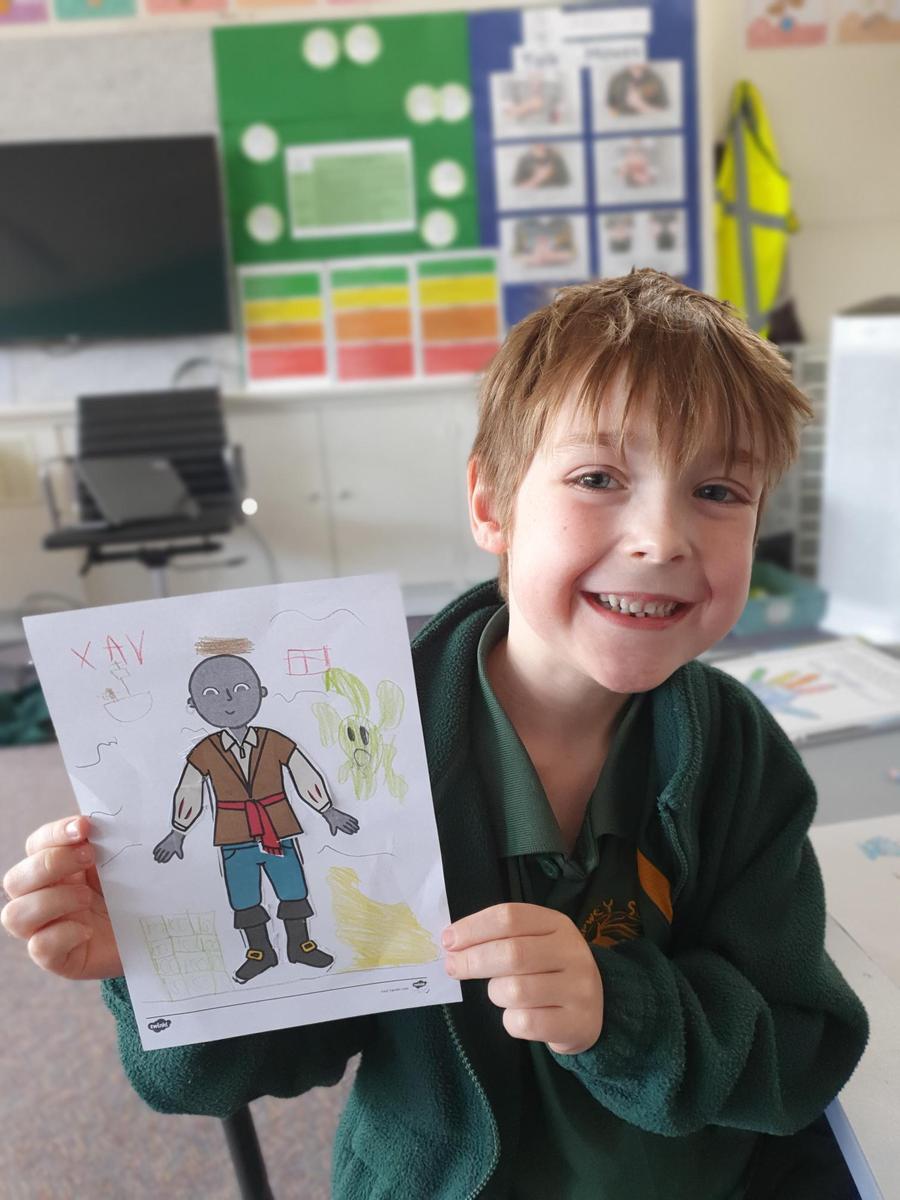
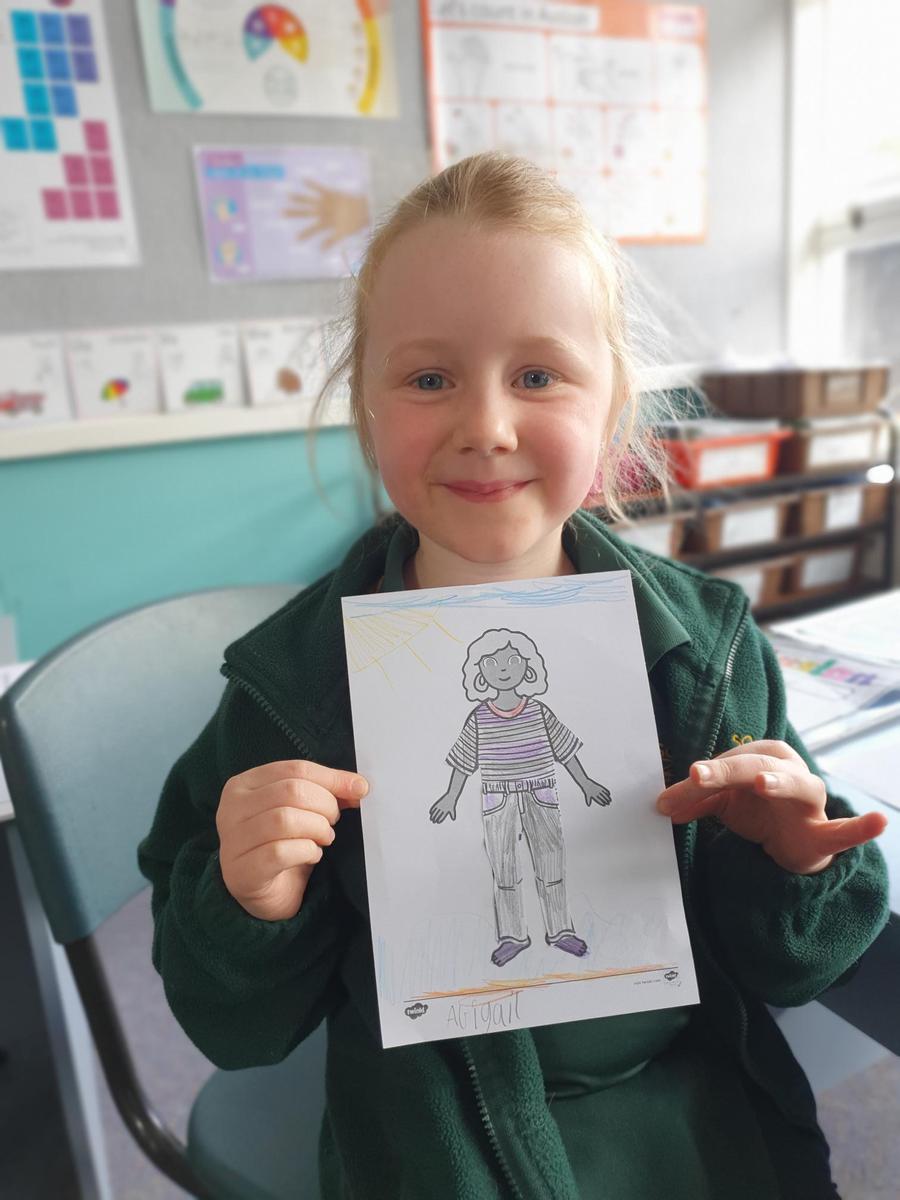
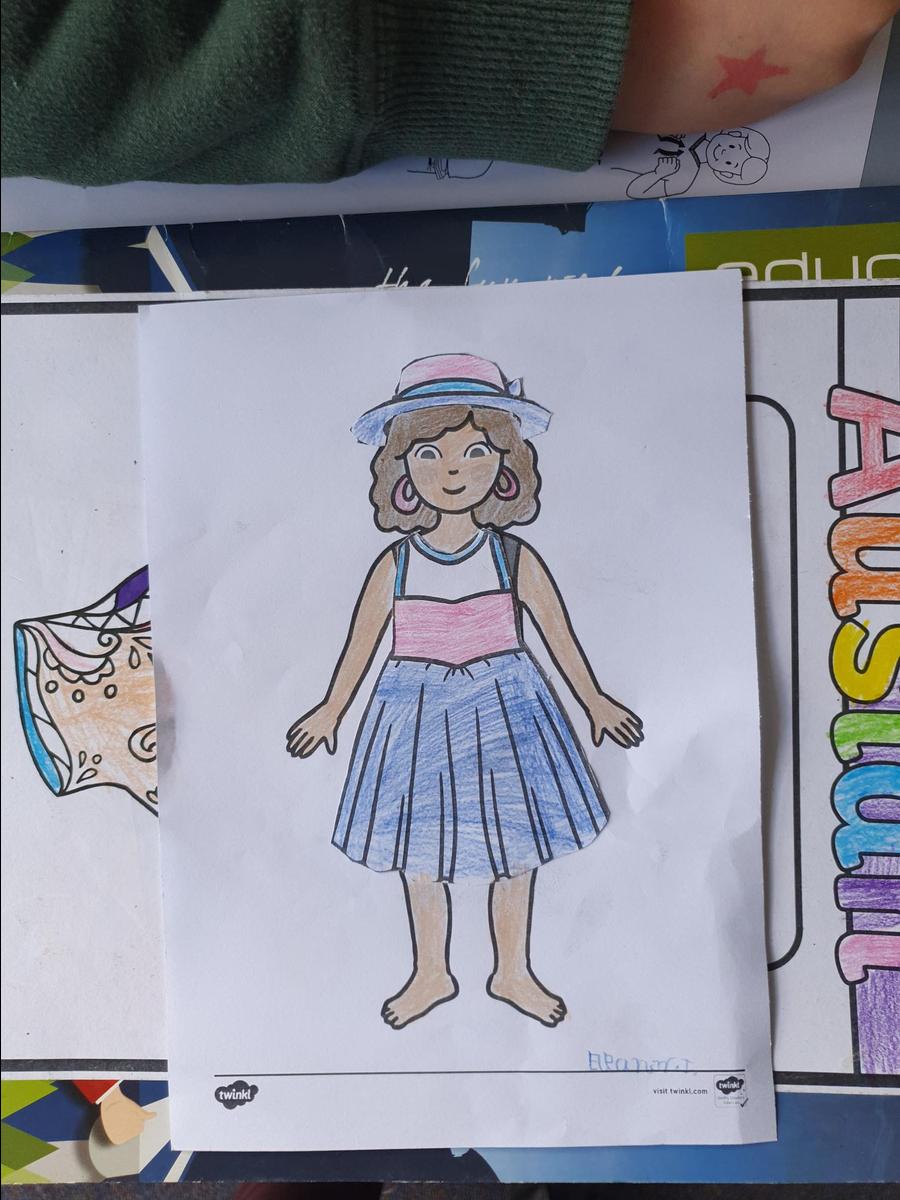
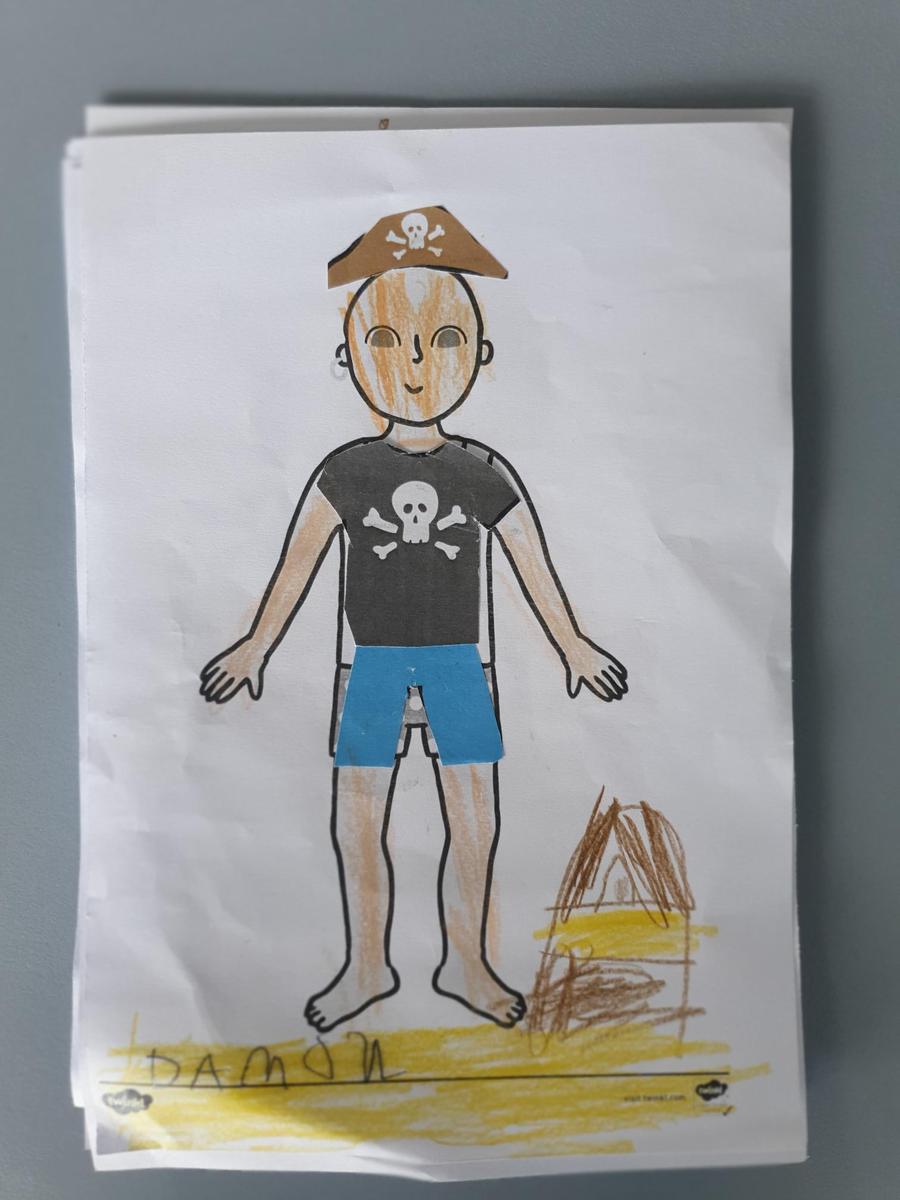
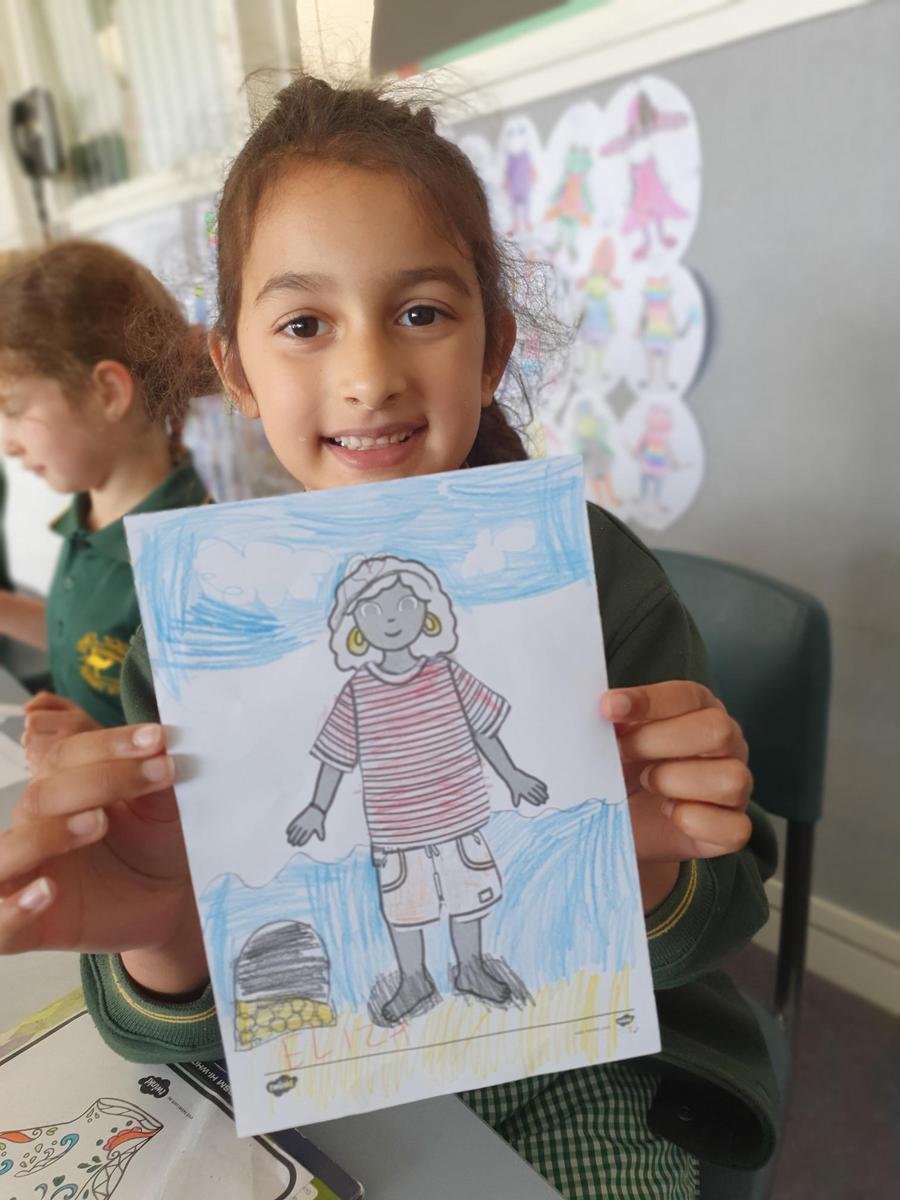




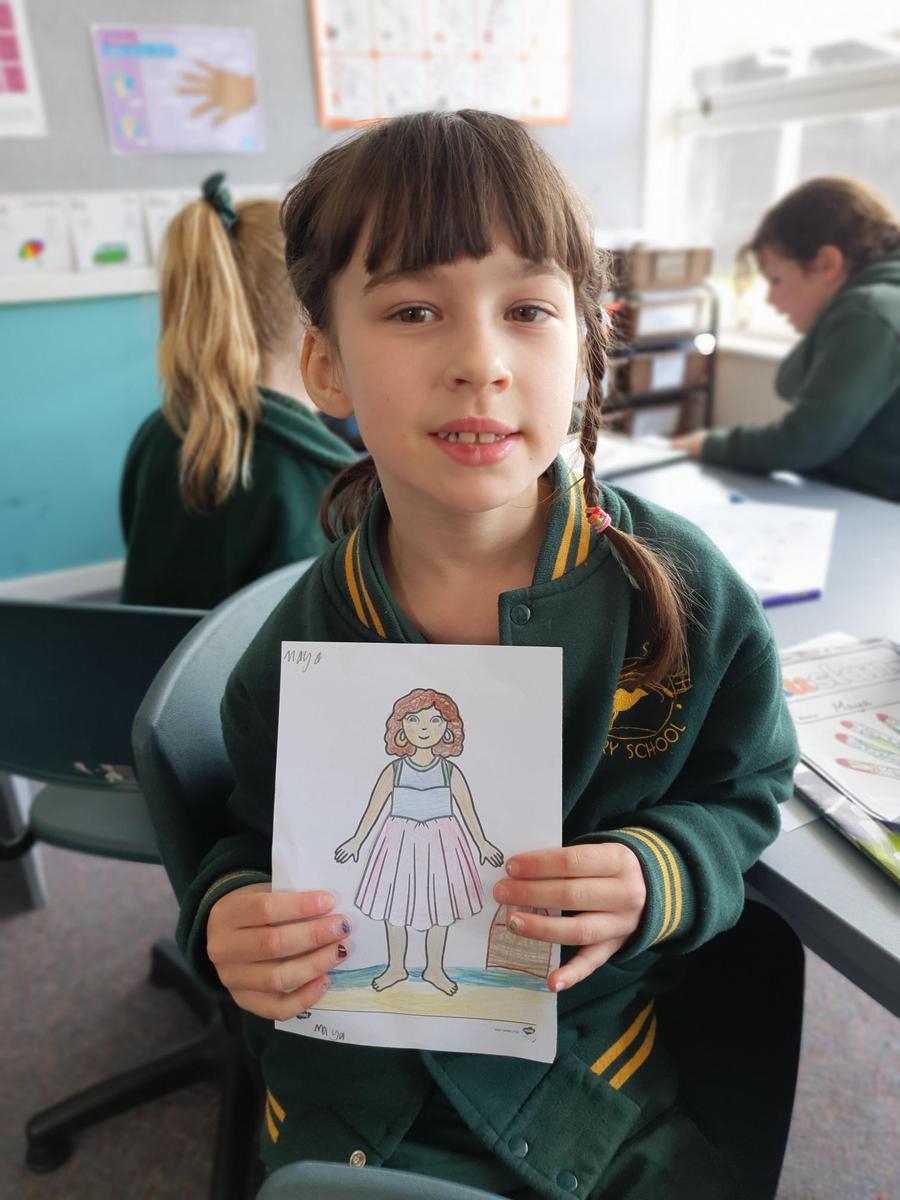

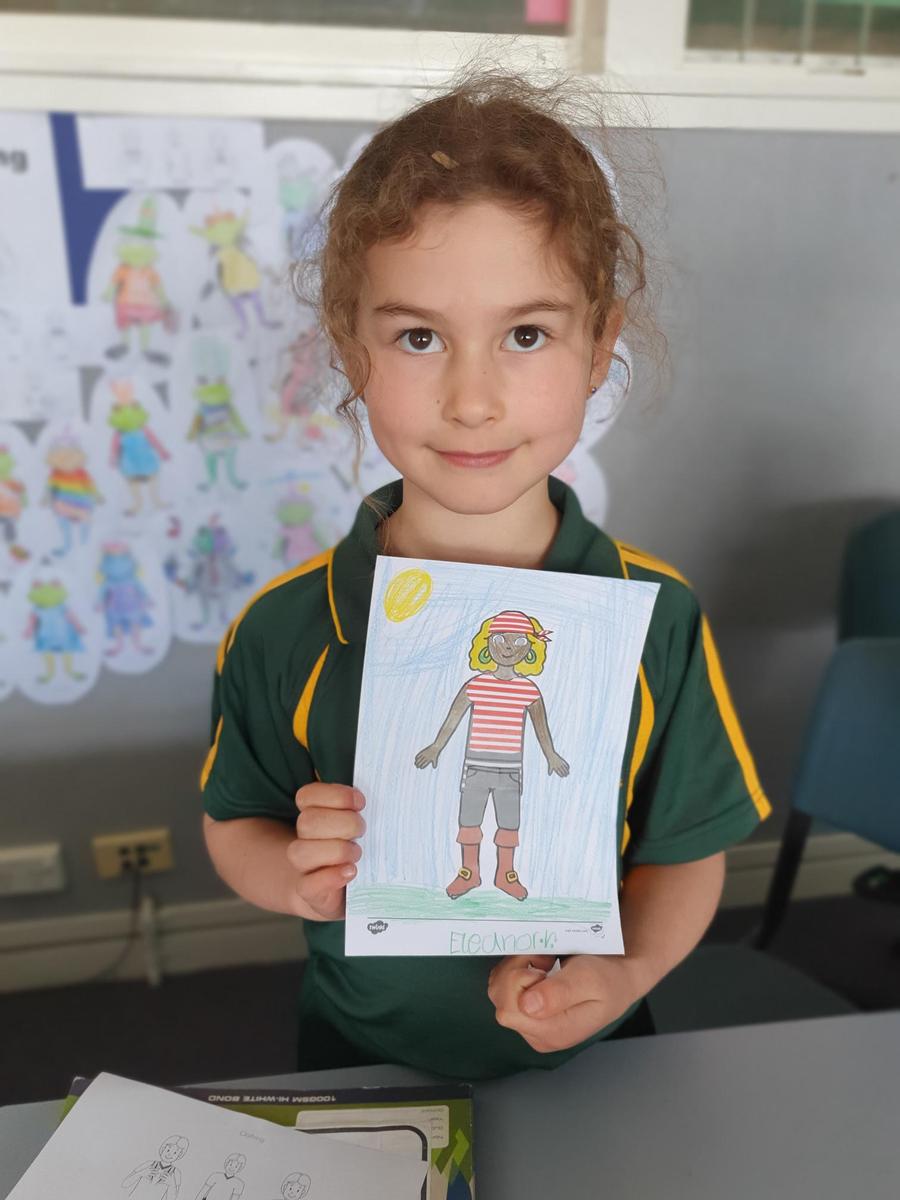
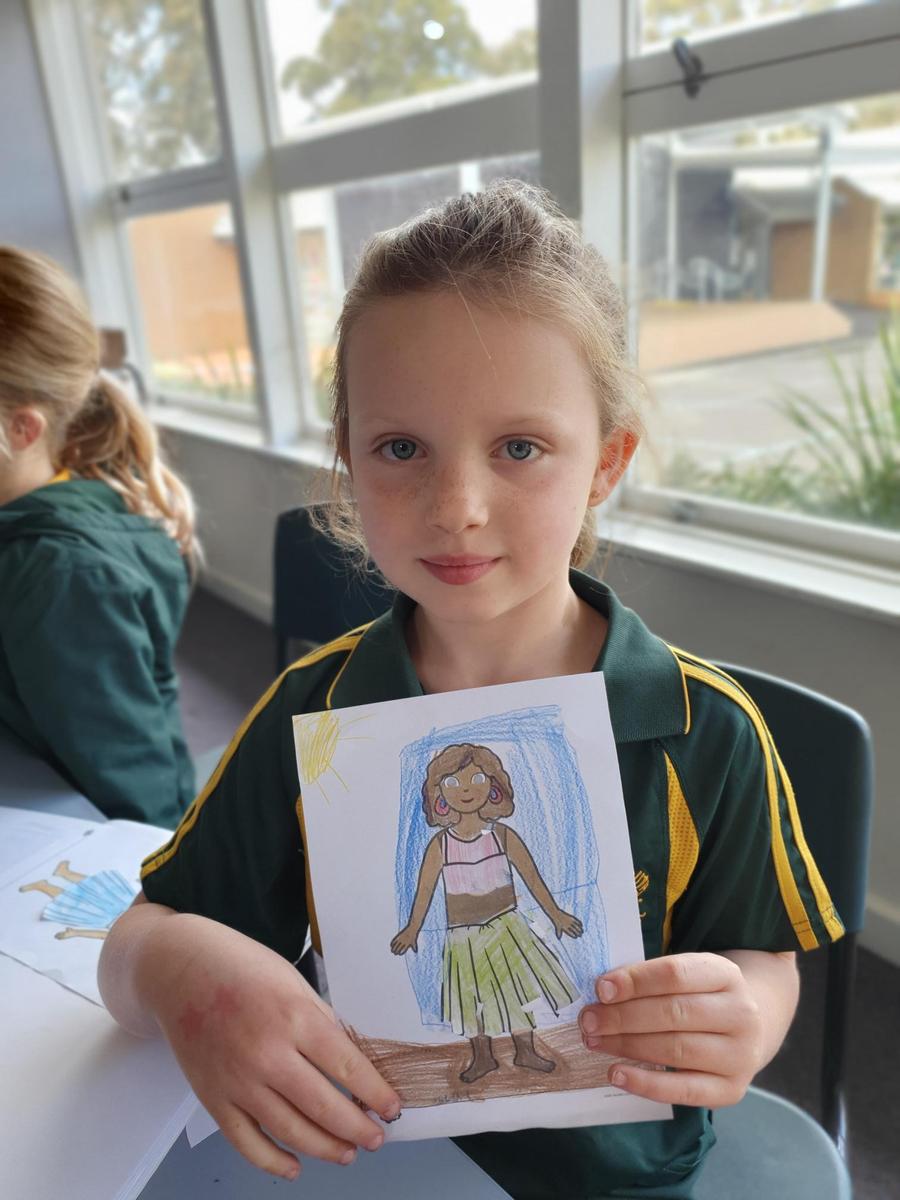

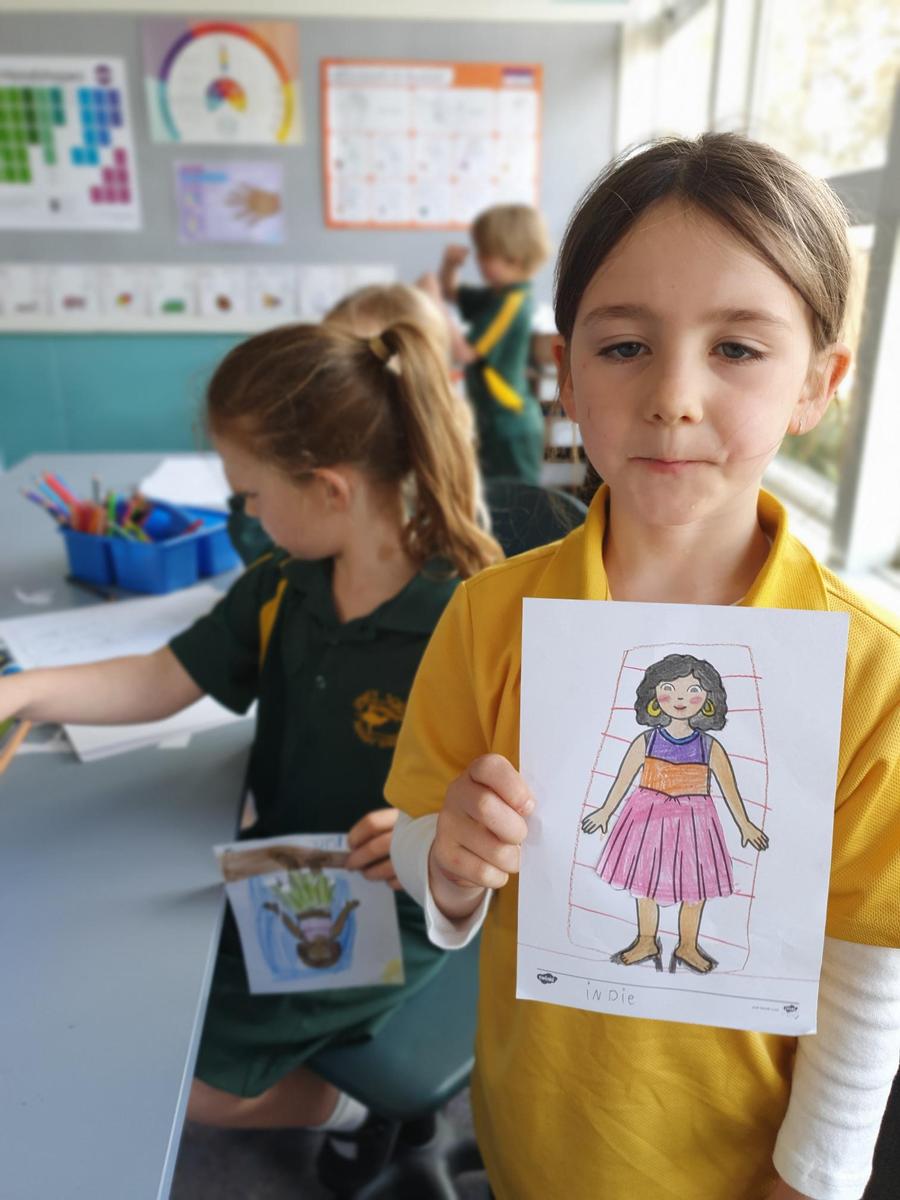
























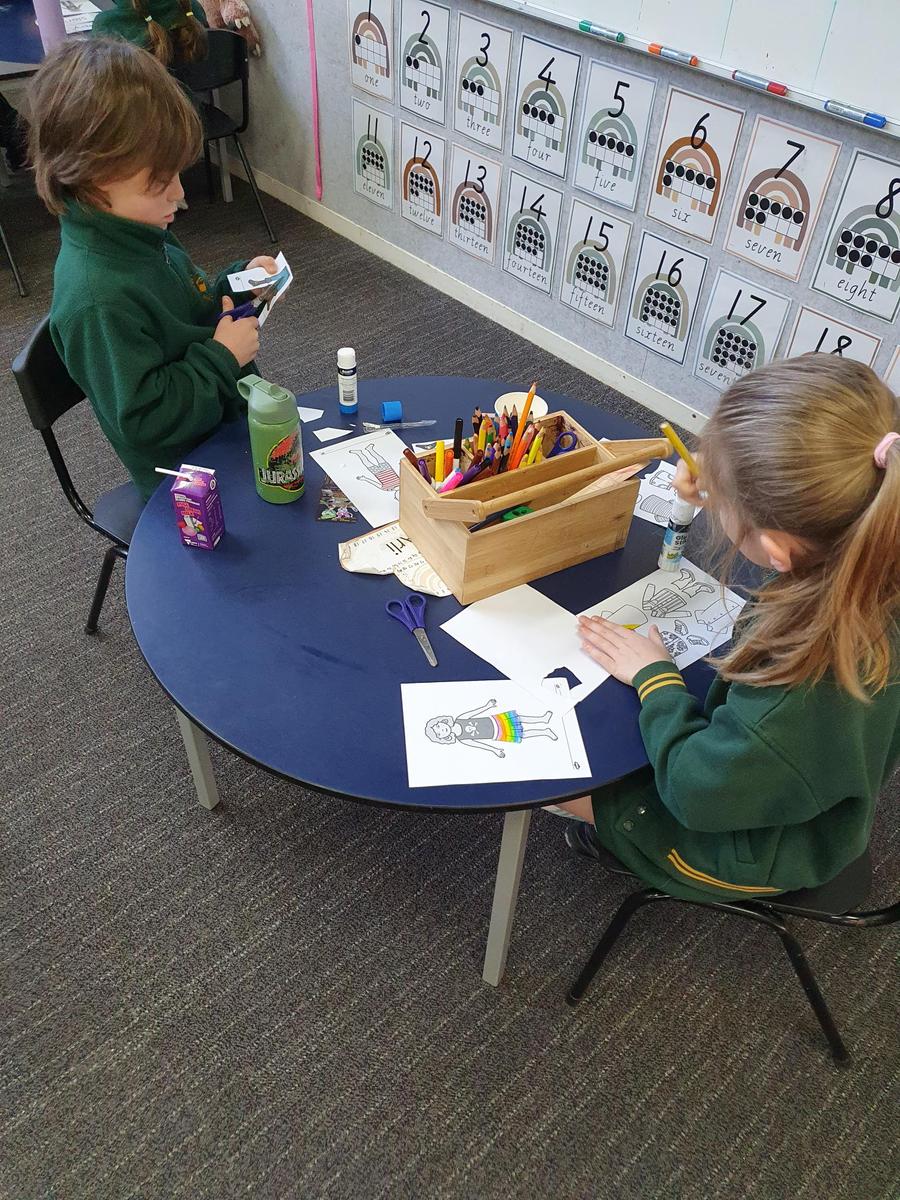

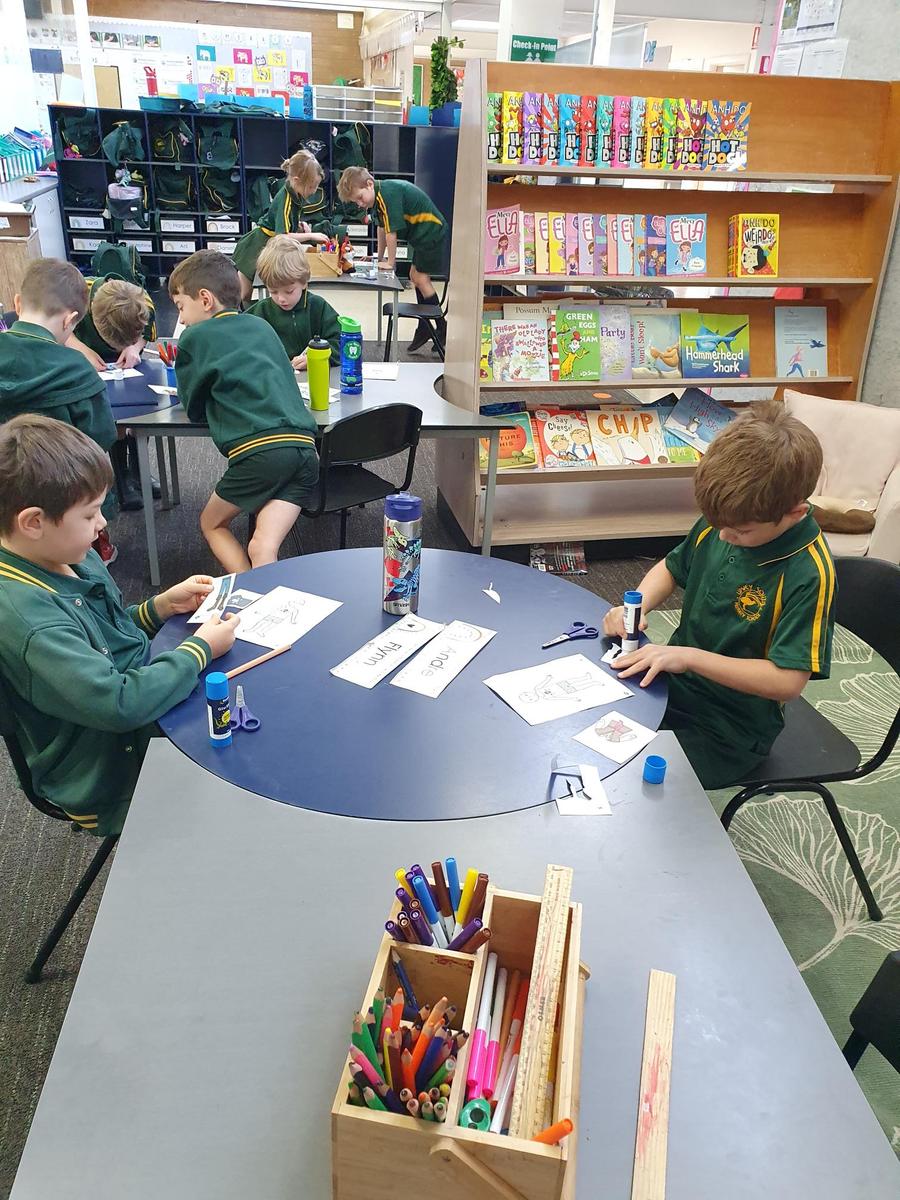
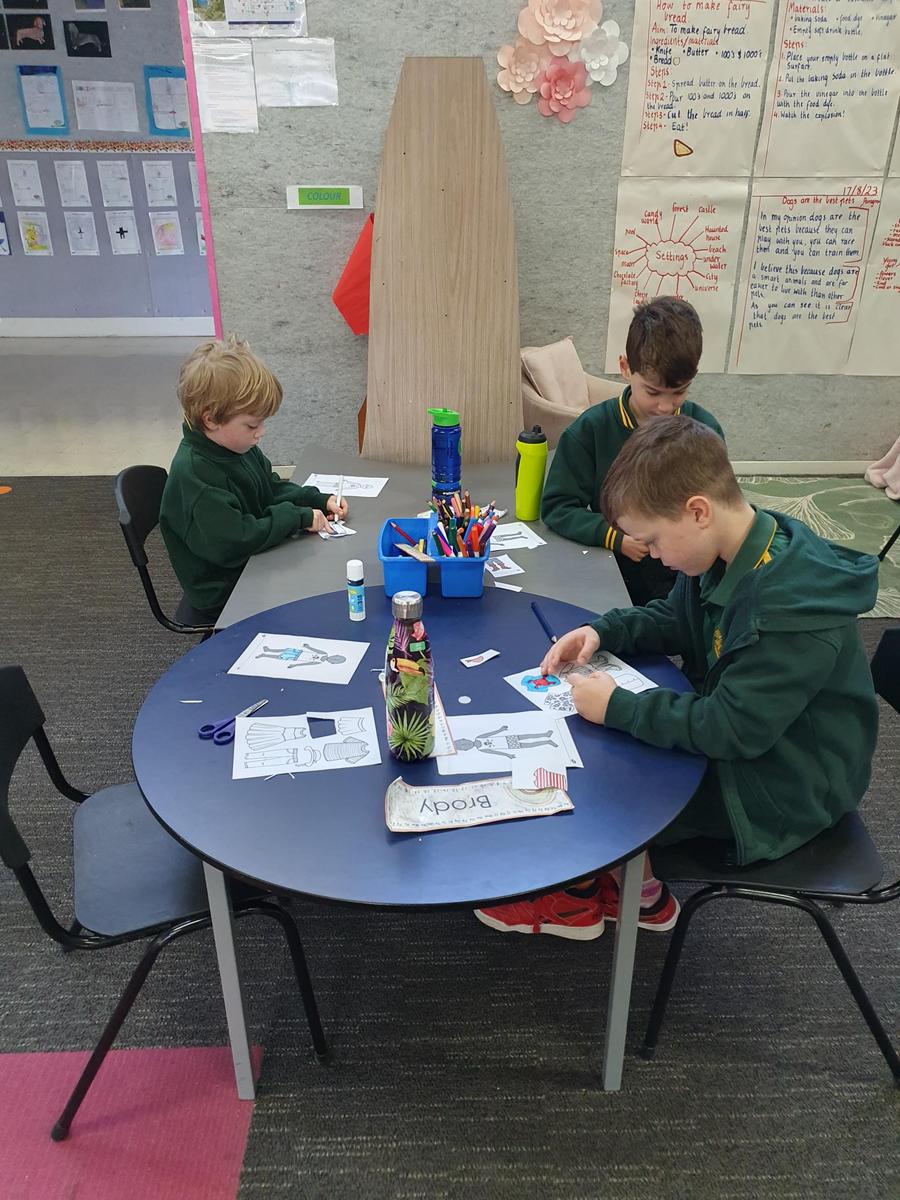
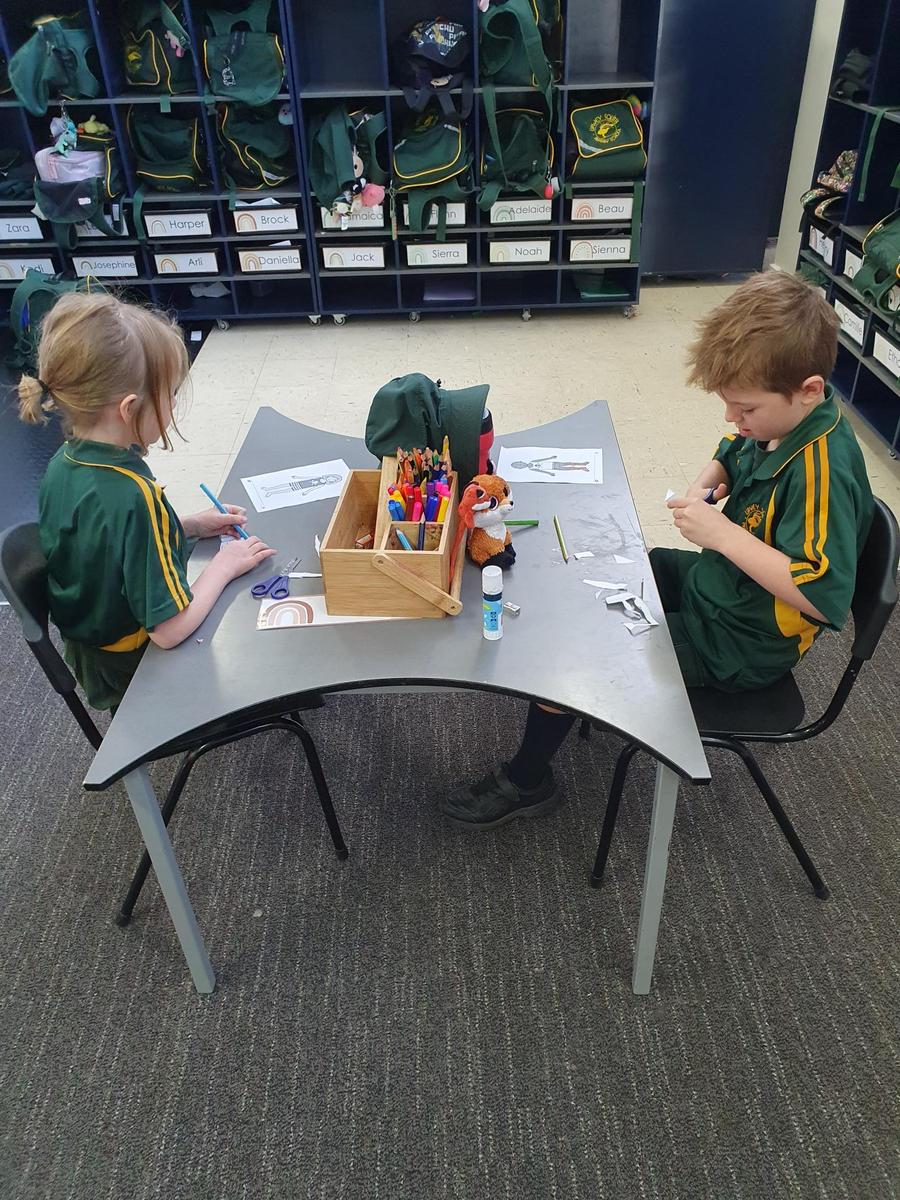

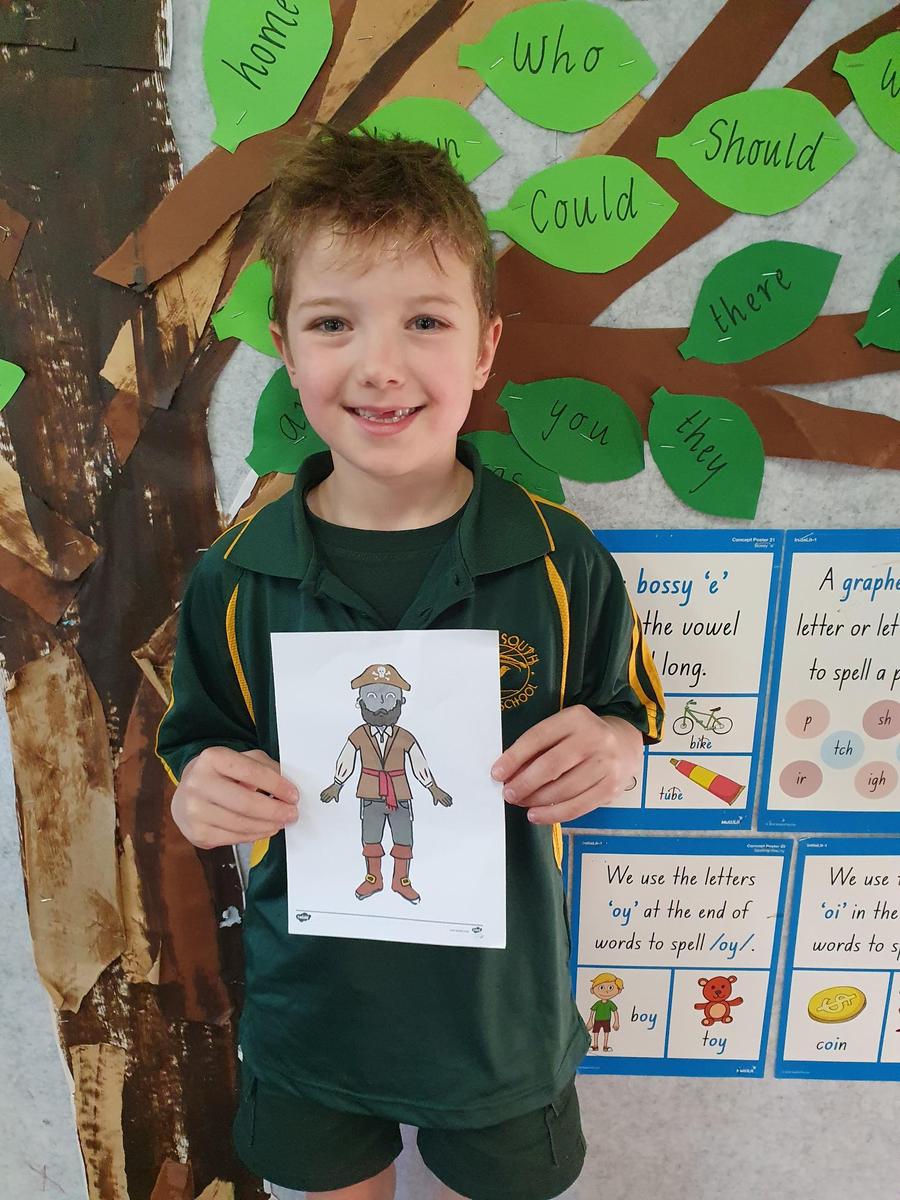

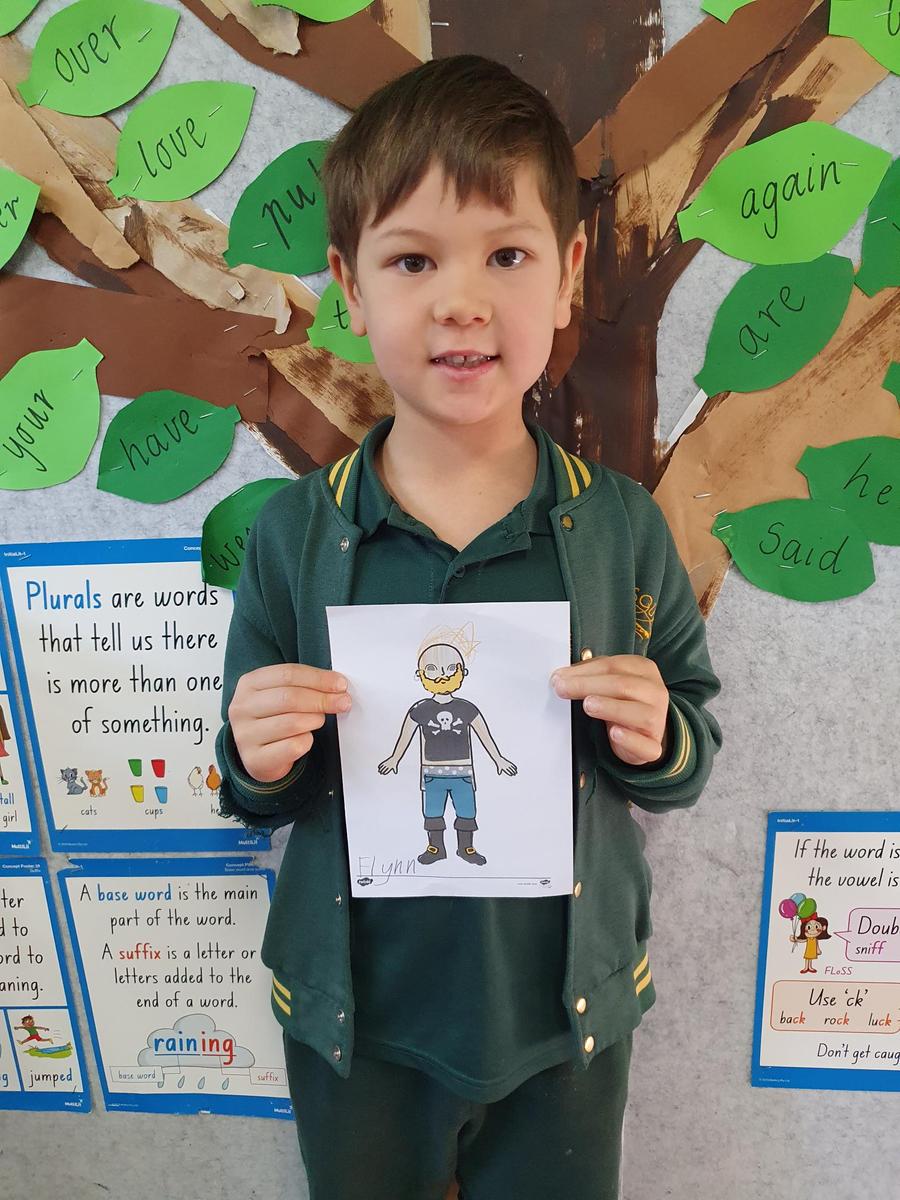
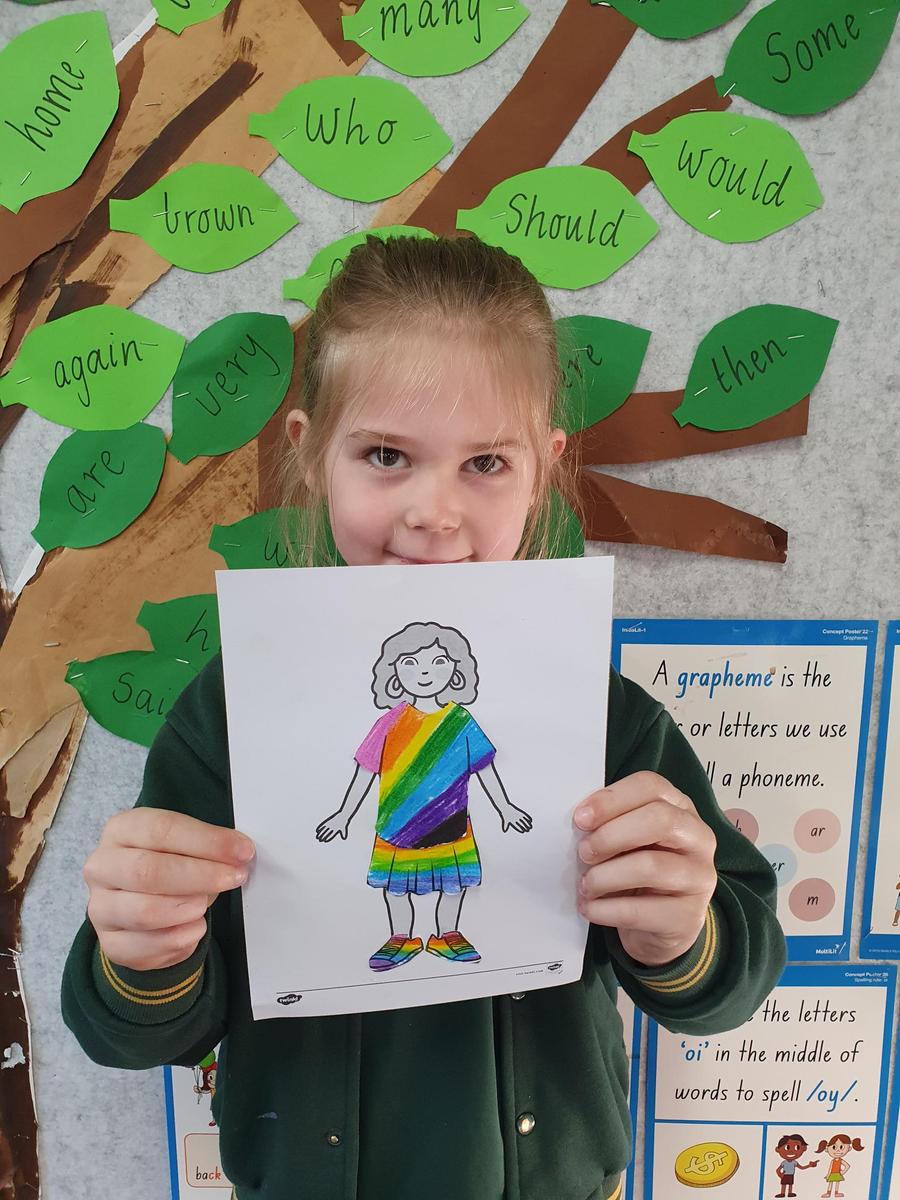

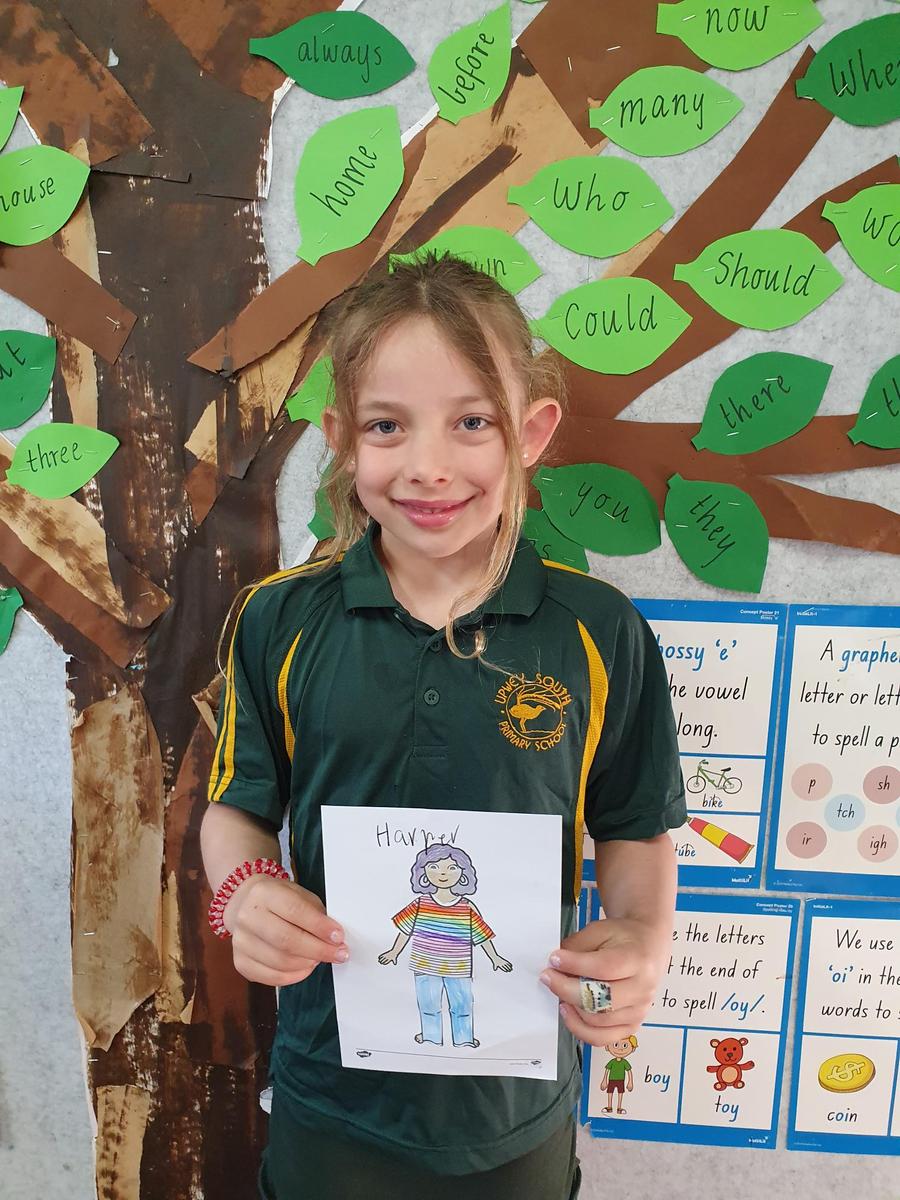
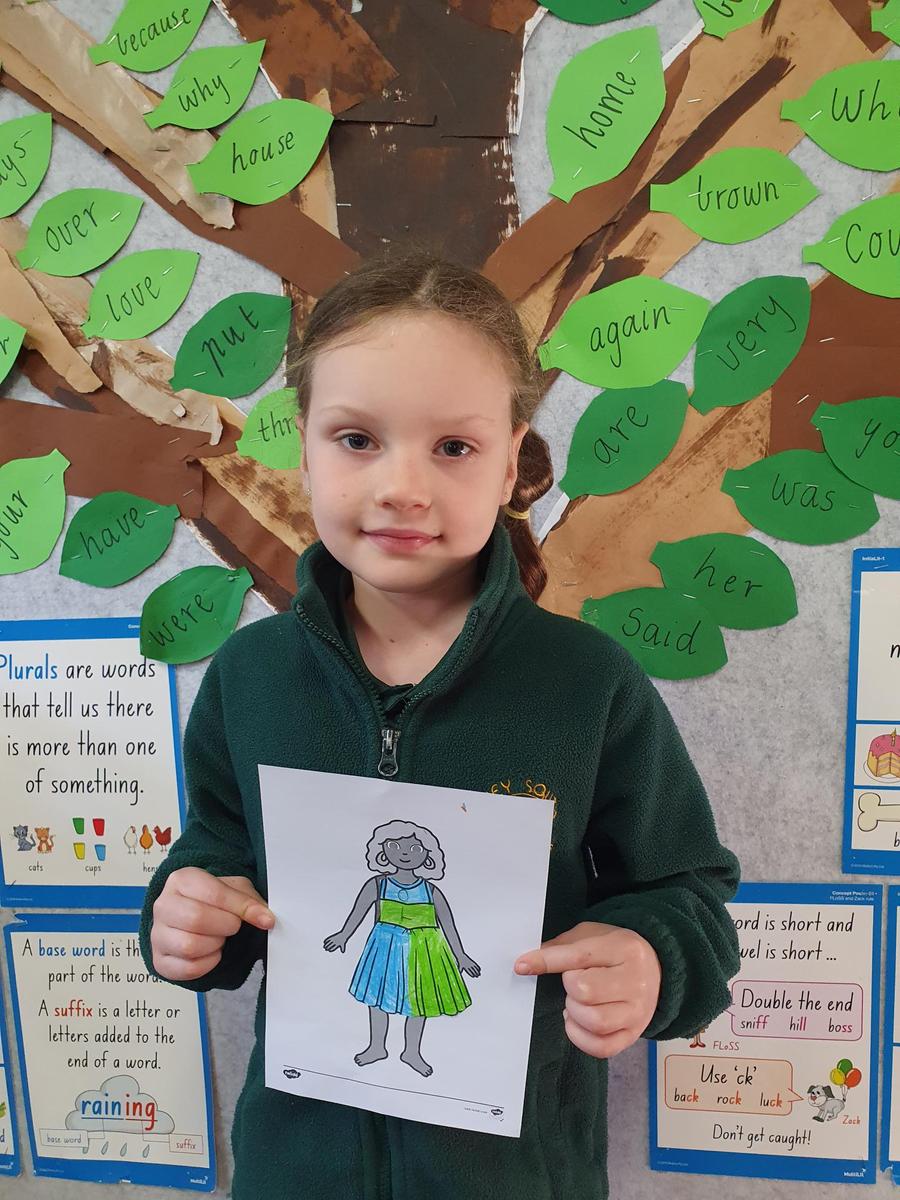
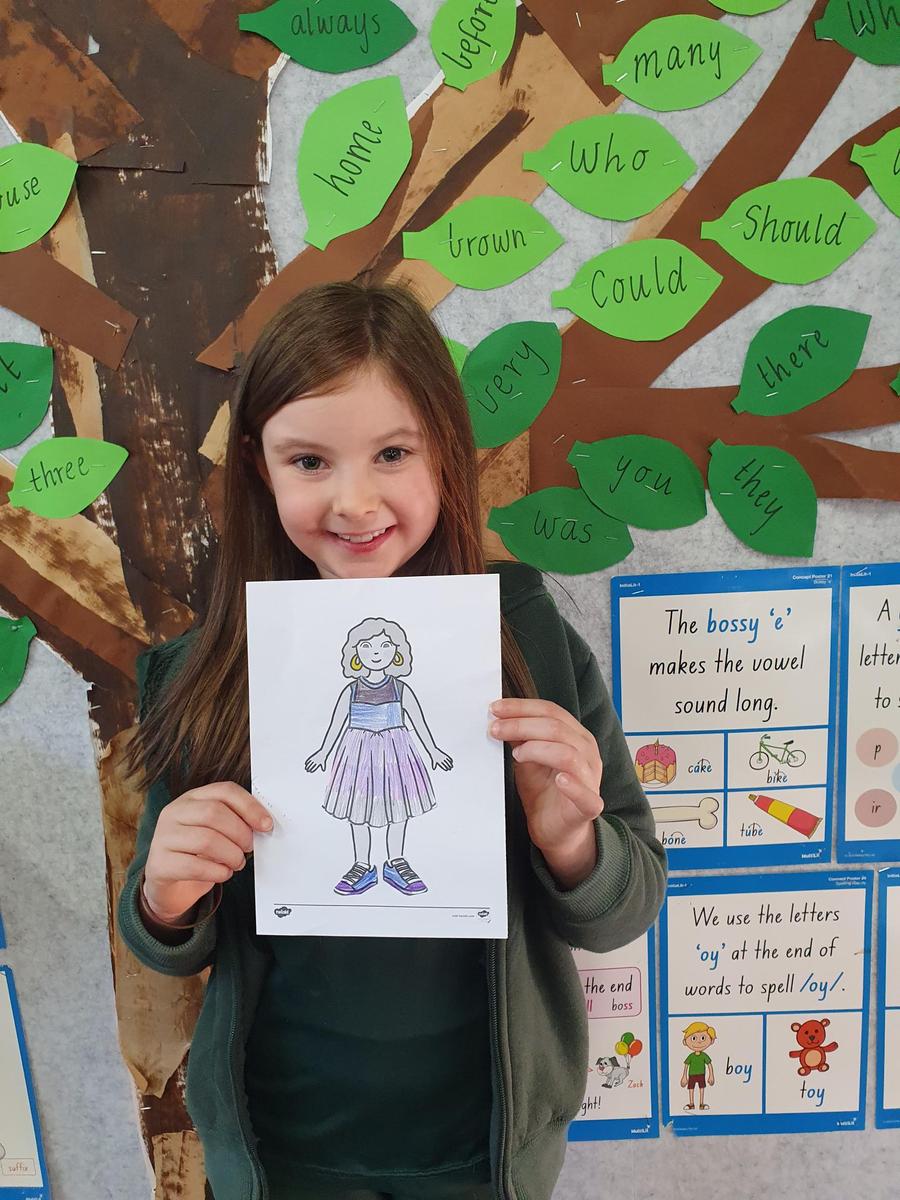
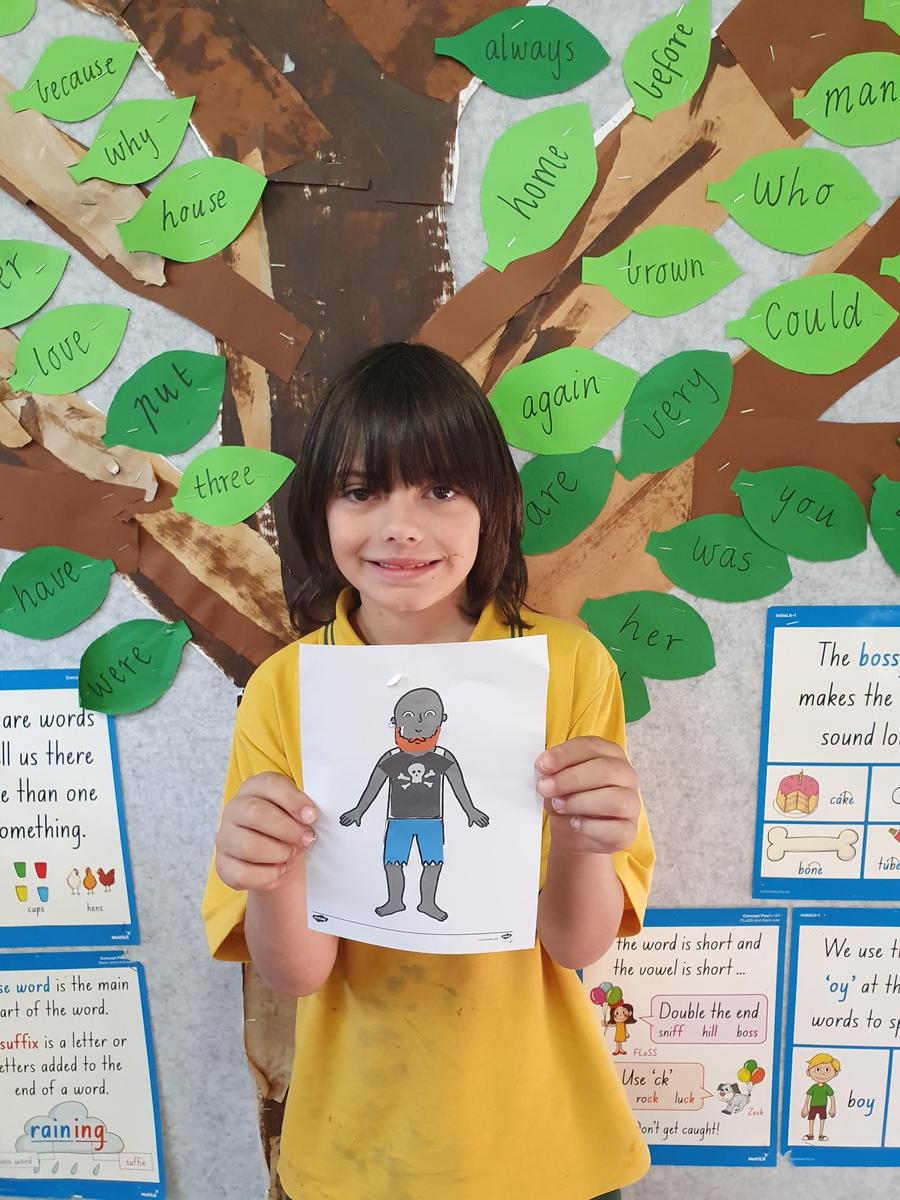
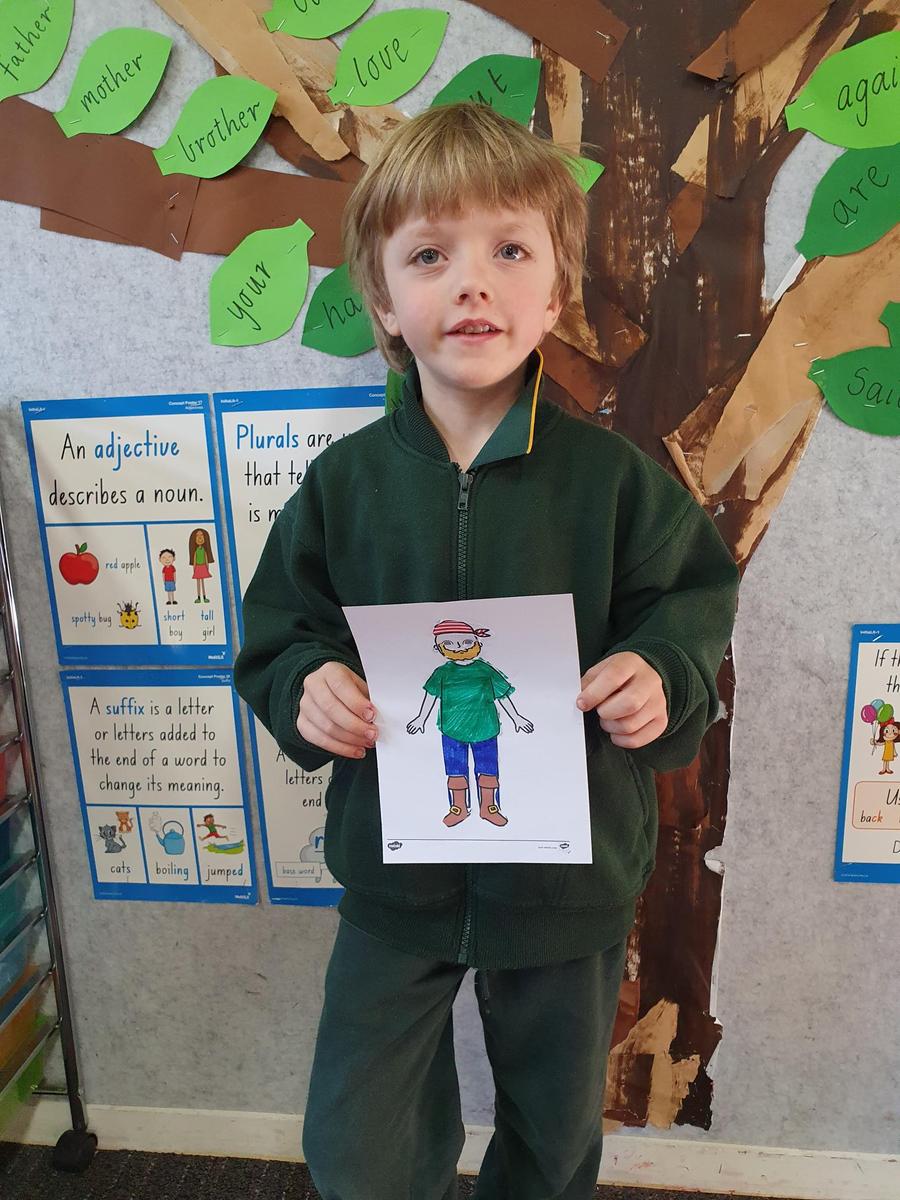



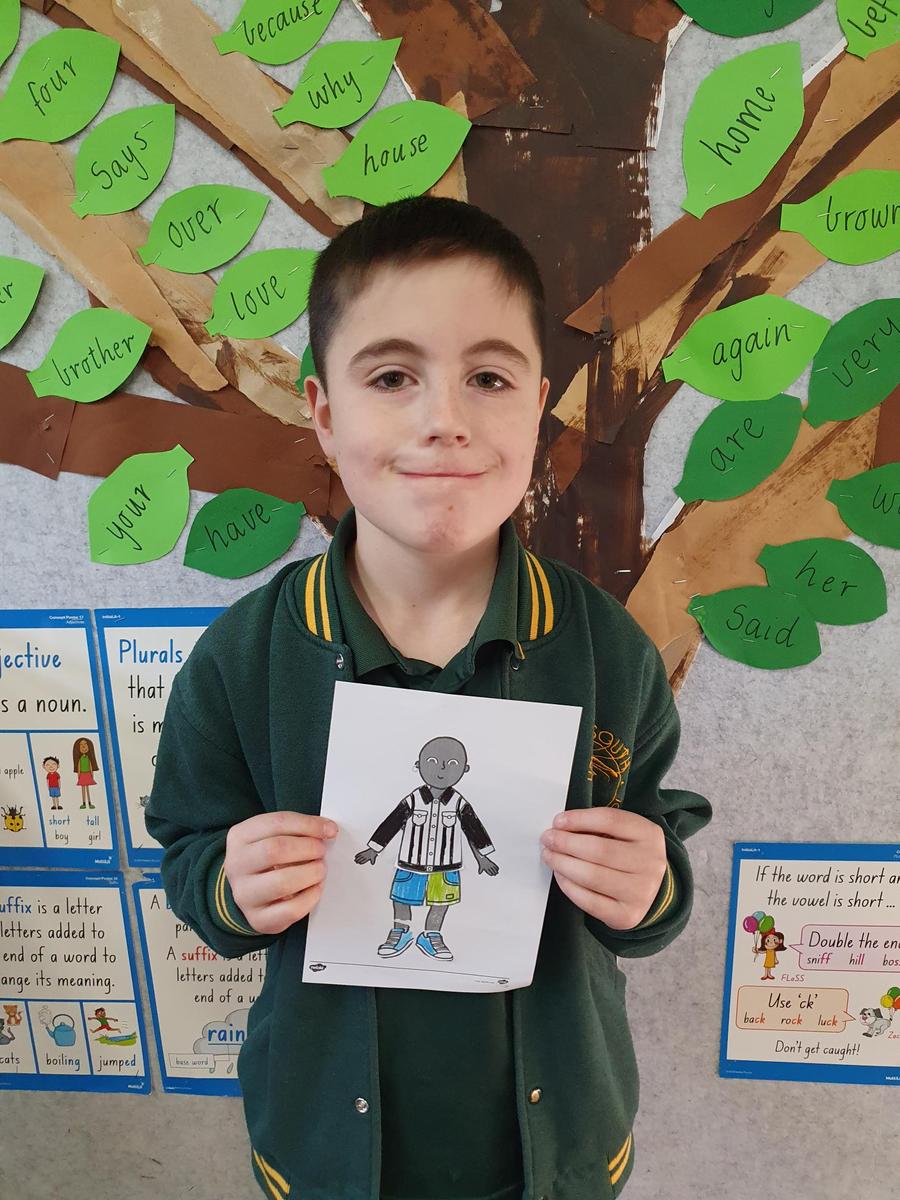

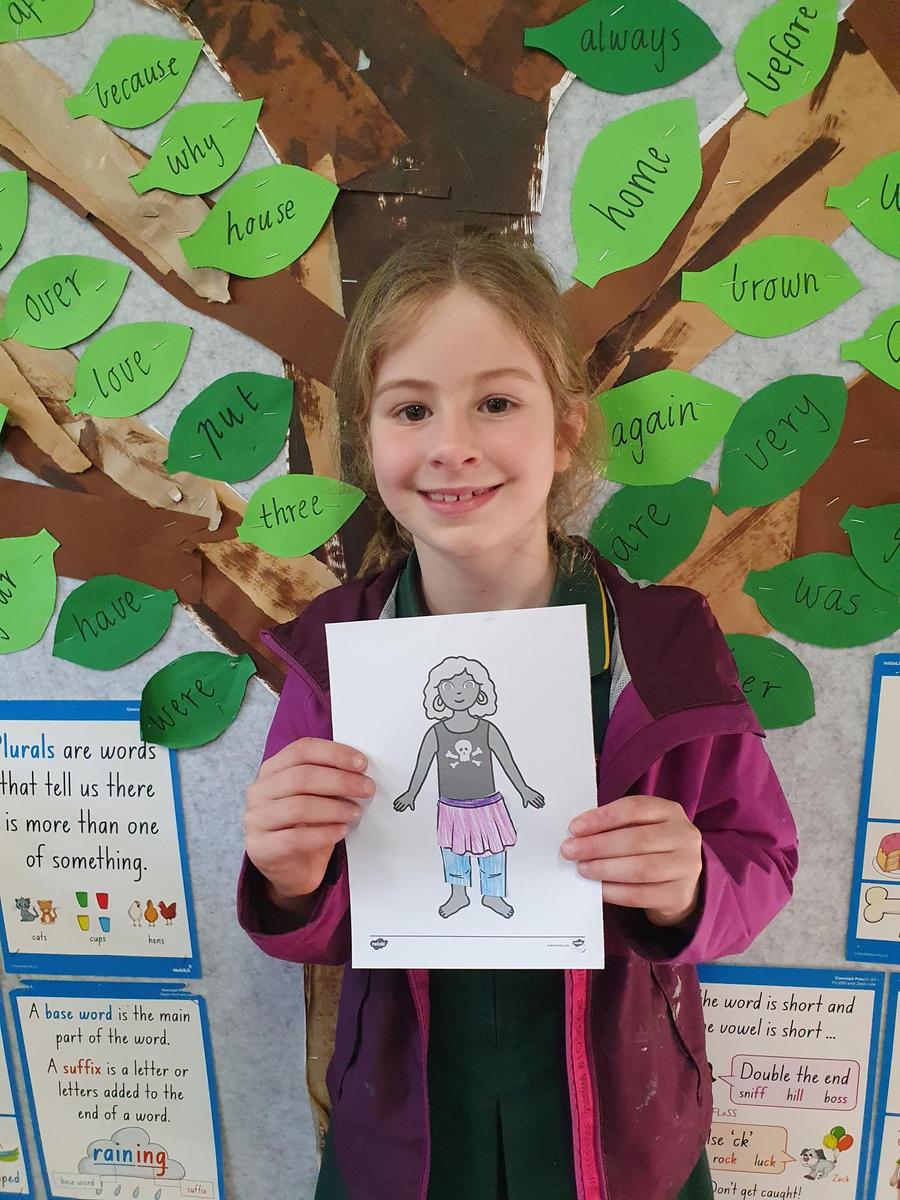

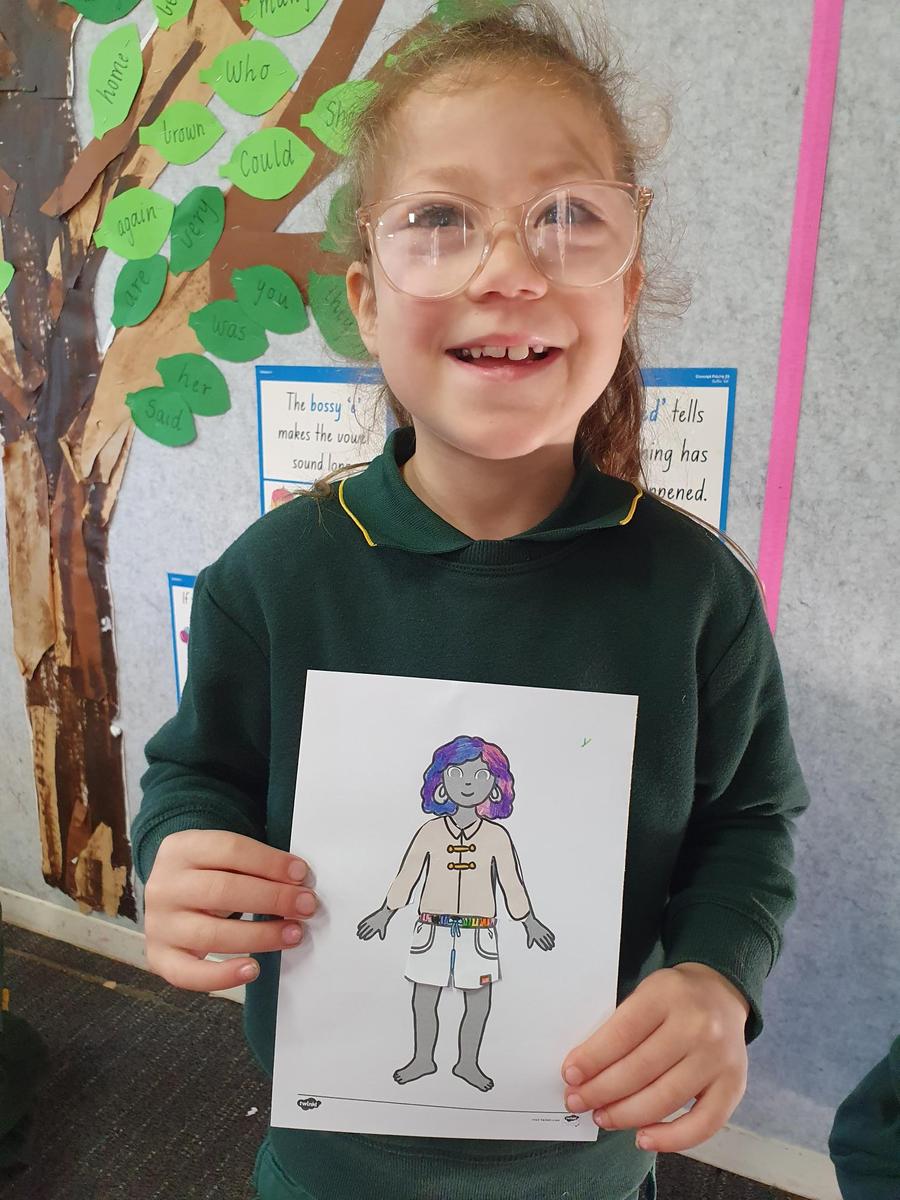
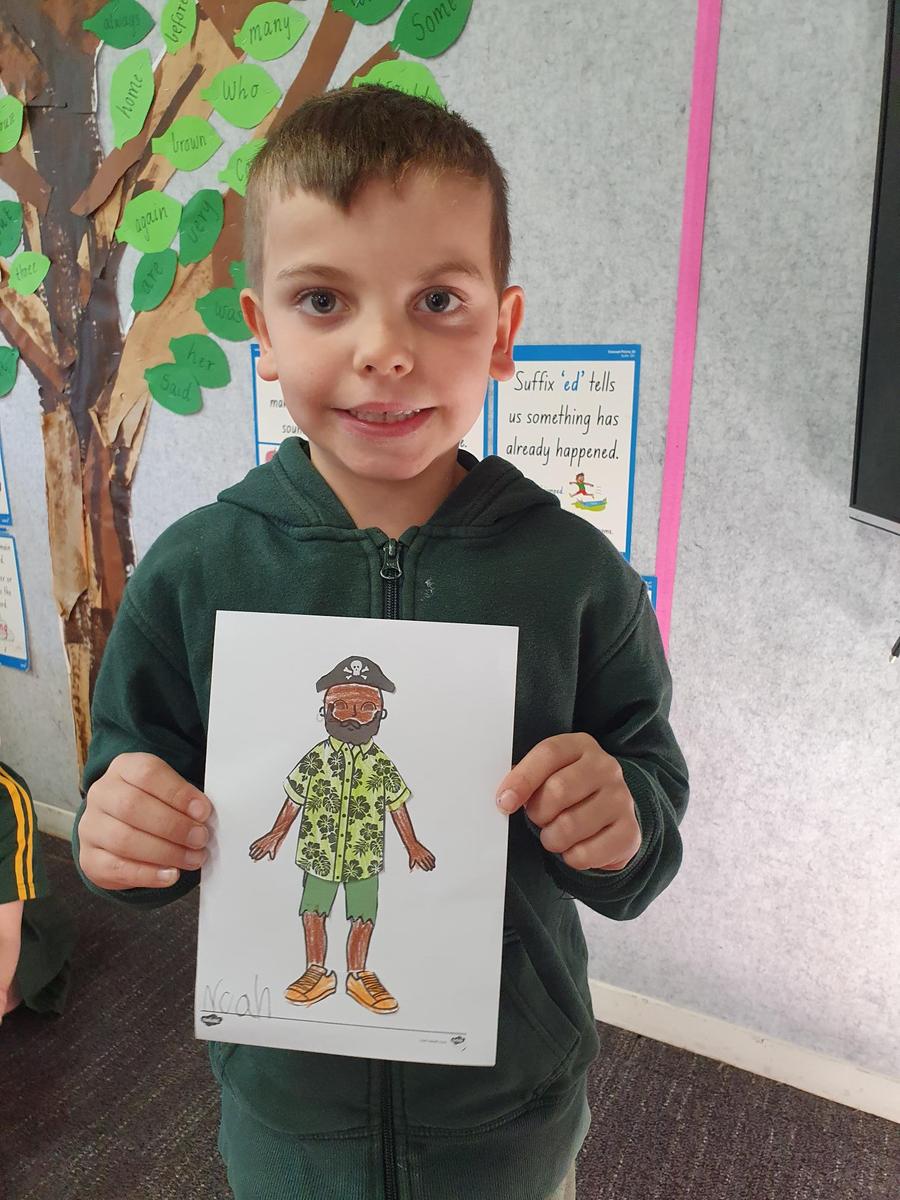




























Year One students let their creativity shine when creating their fish, by tracing their flat handshape and decorating it to become a fish. The sign 'fish' is created by using both left and right hands in a flat handshape (thumb up fingers straight and together), and crossing hands over at the wrist.
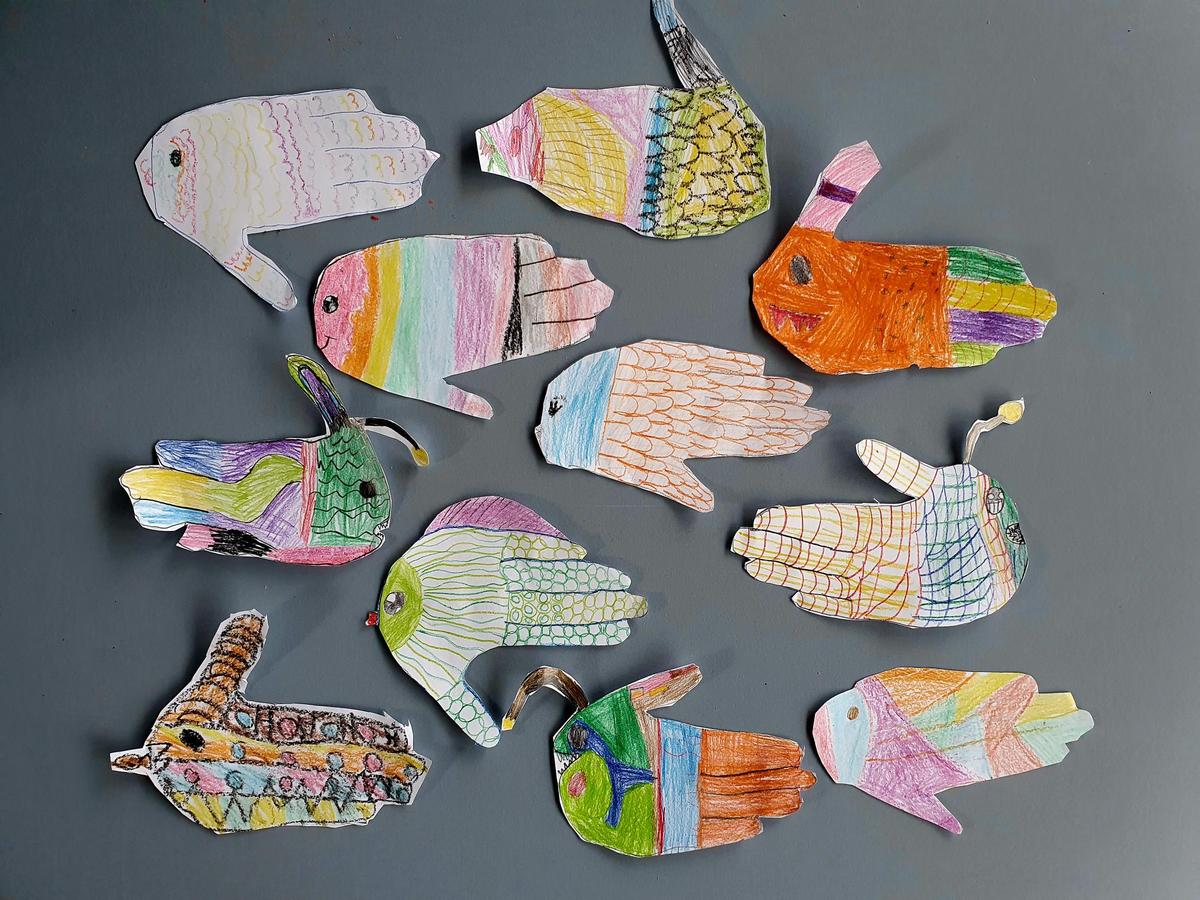

The year two students have been practicing their fingerspelling and are getting faster each week. They are recognising their own names being finger-spelled in class as well as some of the class peers. Alongside this, the students have been learning Deaf etiquette when gaining attention of others to share short conversations about their favourite animals. The photo show the students volunteering to have their photos taken for the newsletter showing some of the animal signs they have been learning.
The students also watched an Auslan interpreted story, A Visit To The Zoo. We have this book in our Auslan library so we will be able to revisit it to learn more in the future.
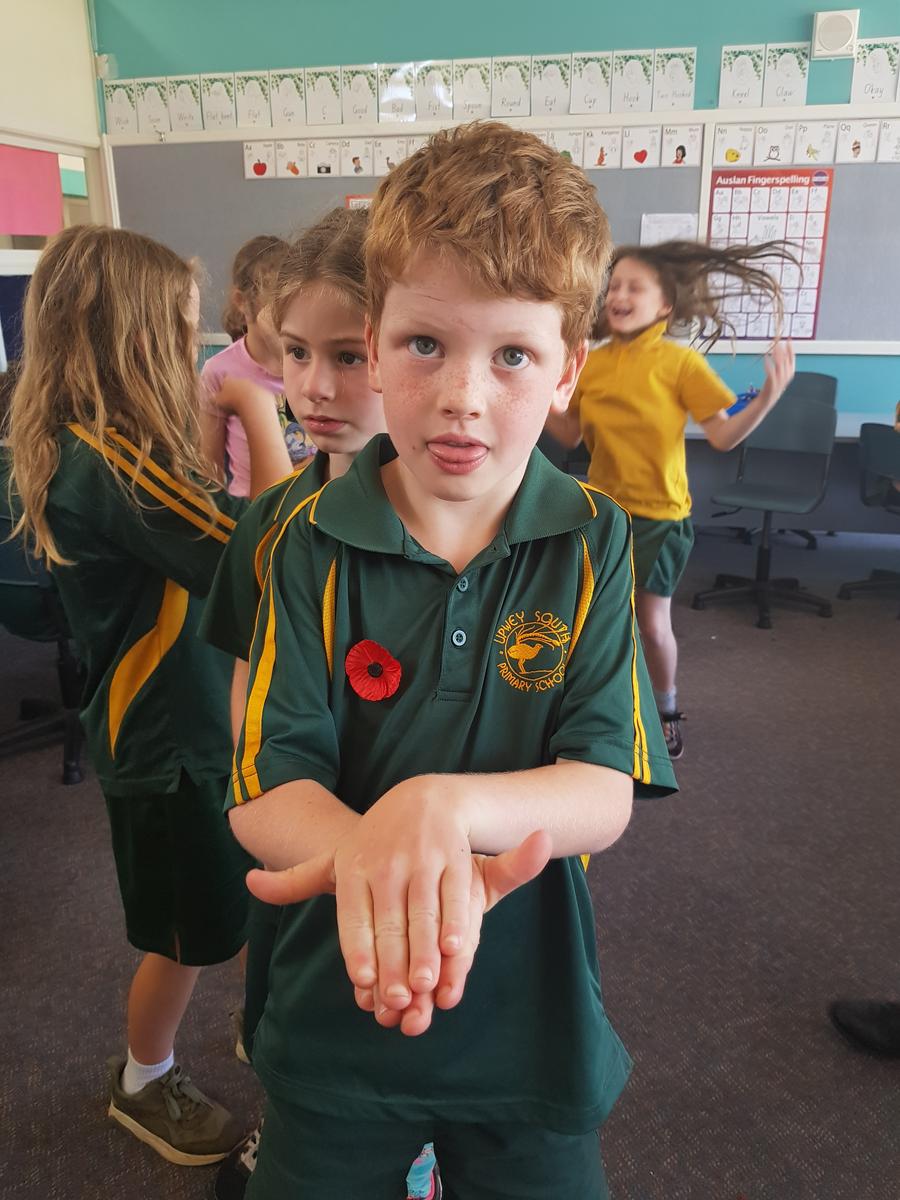
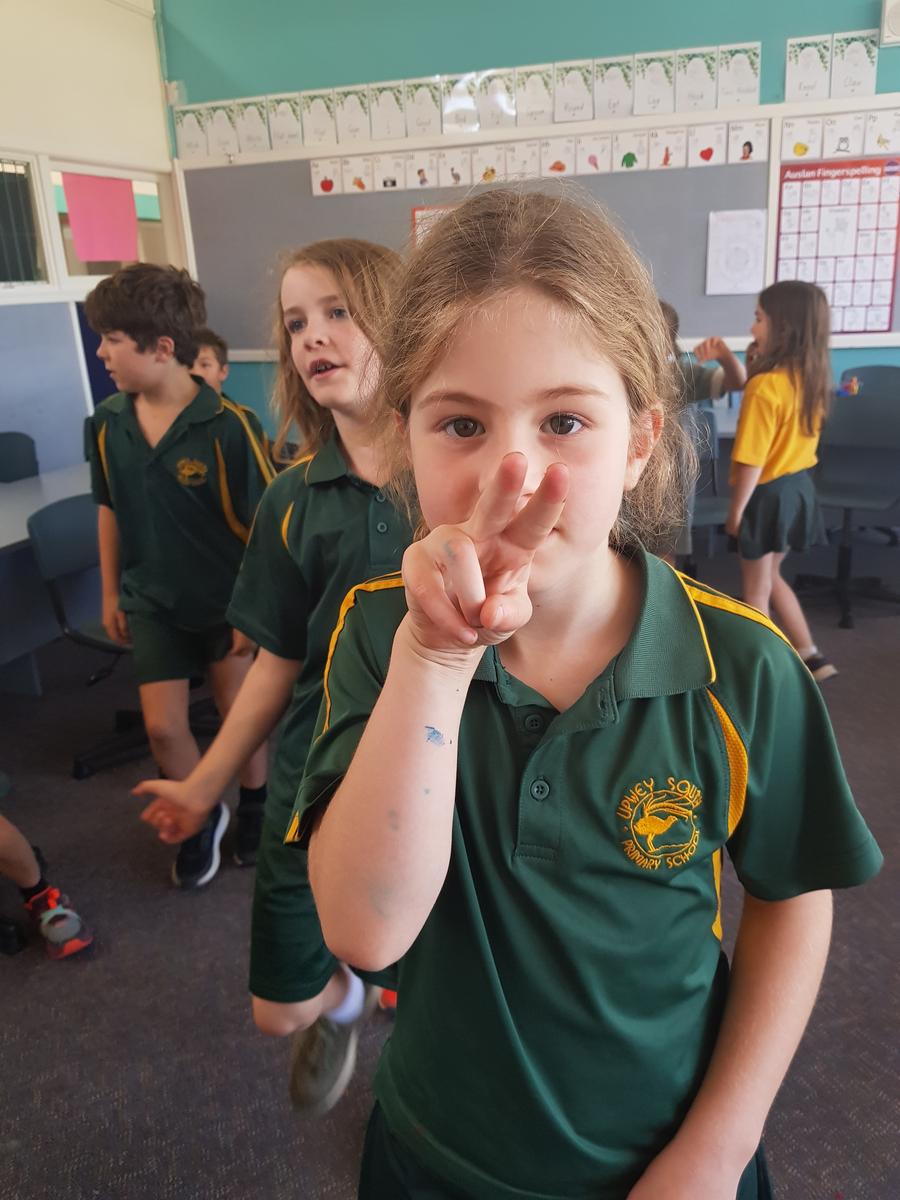

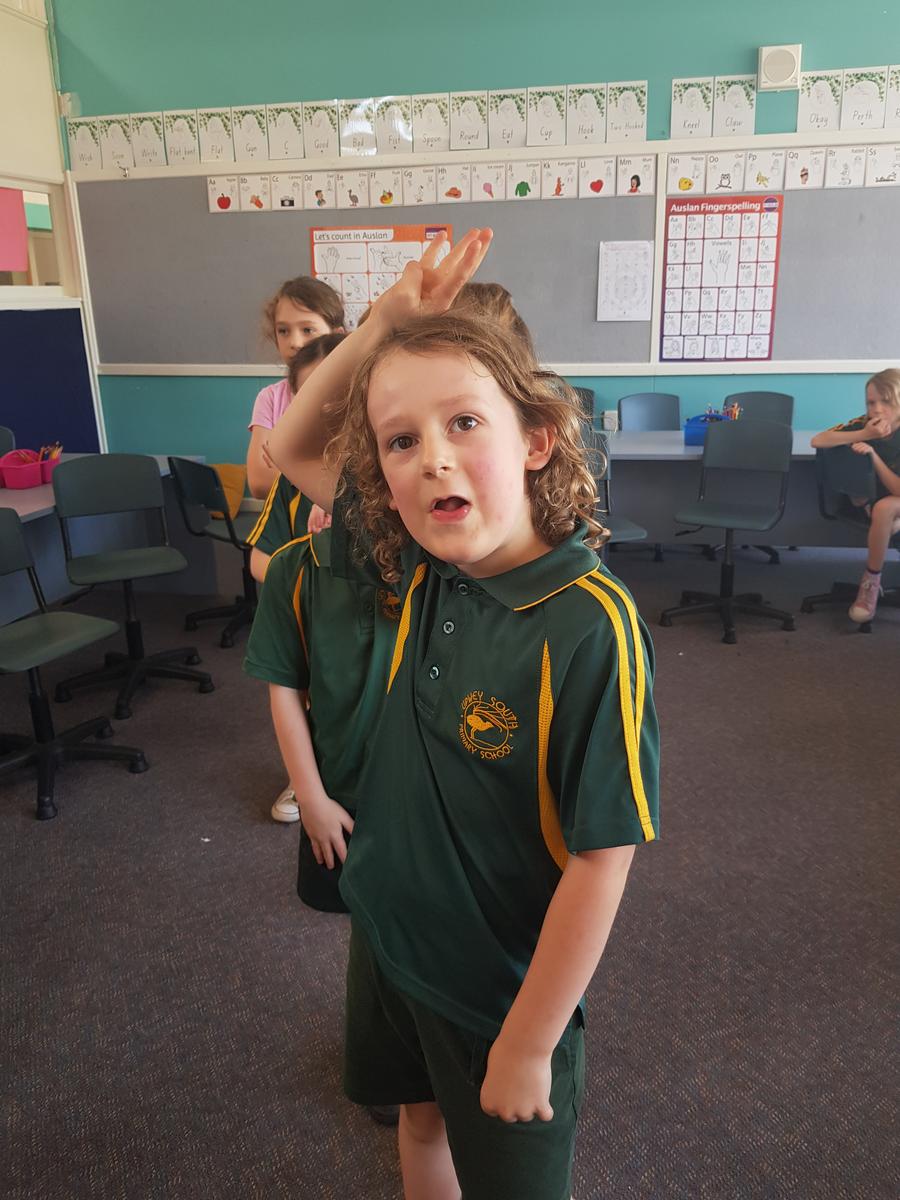
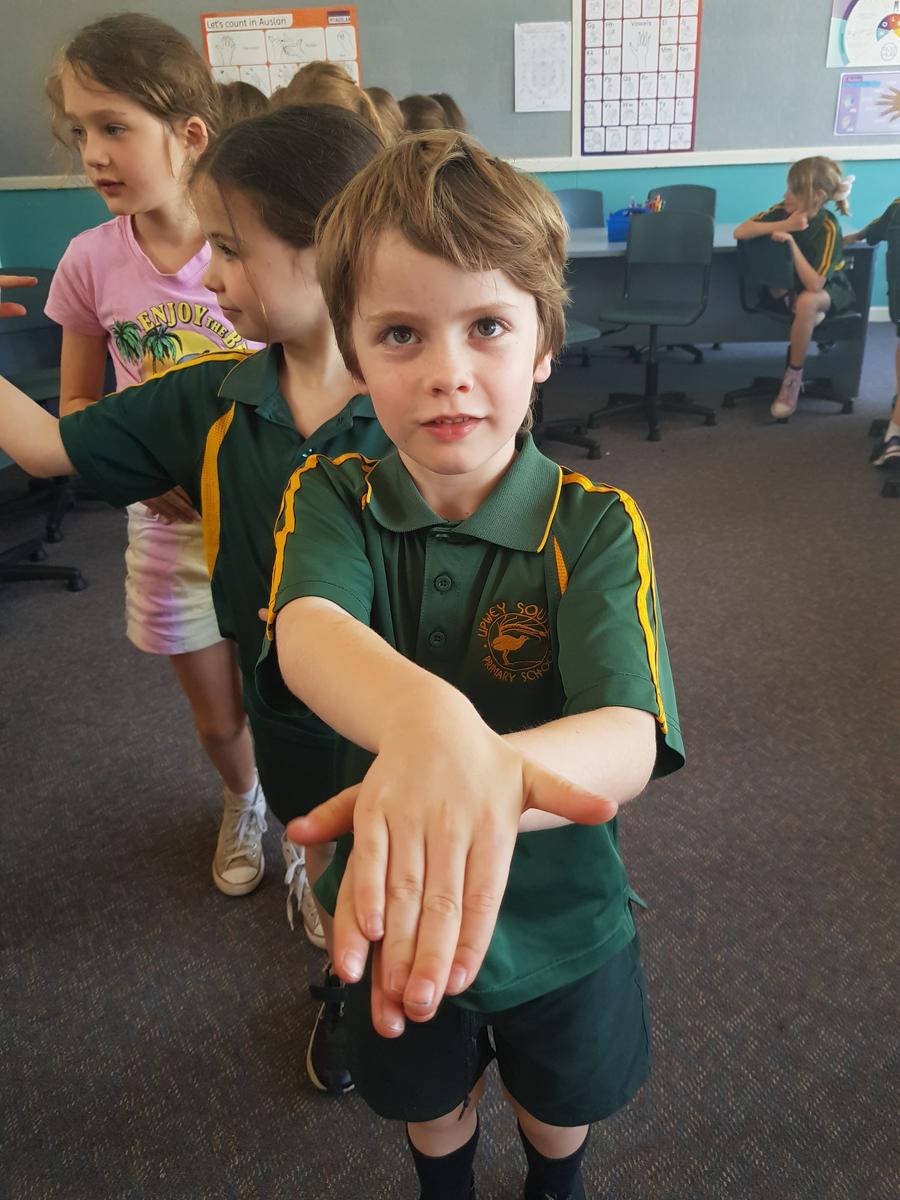
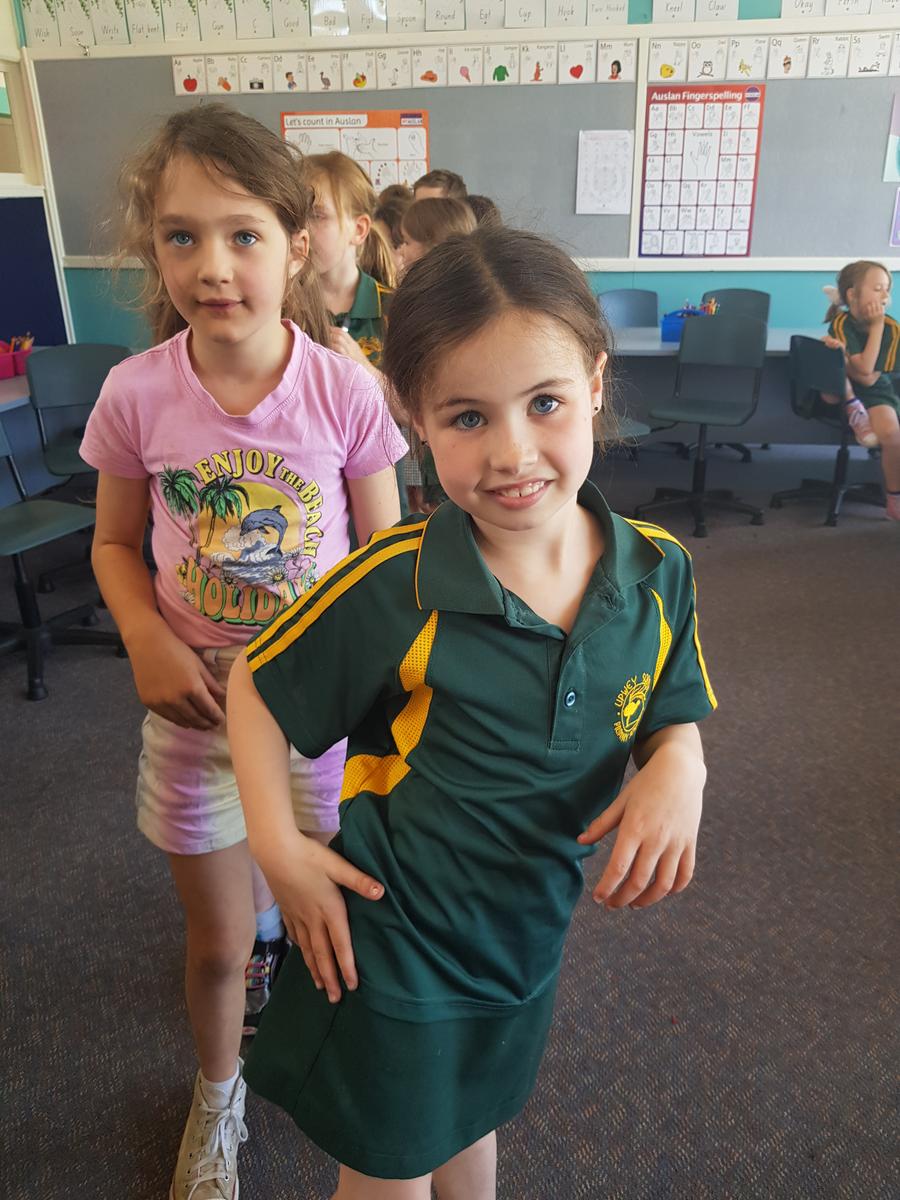
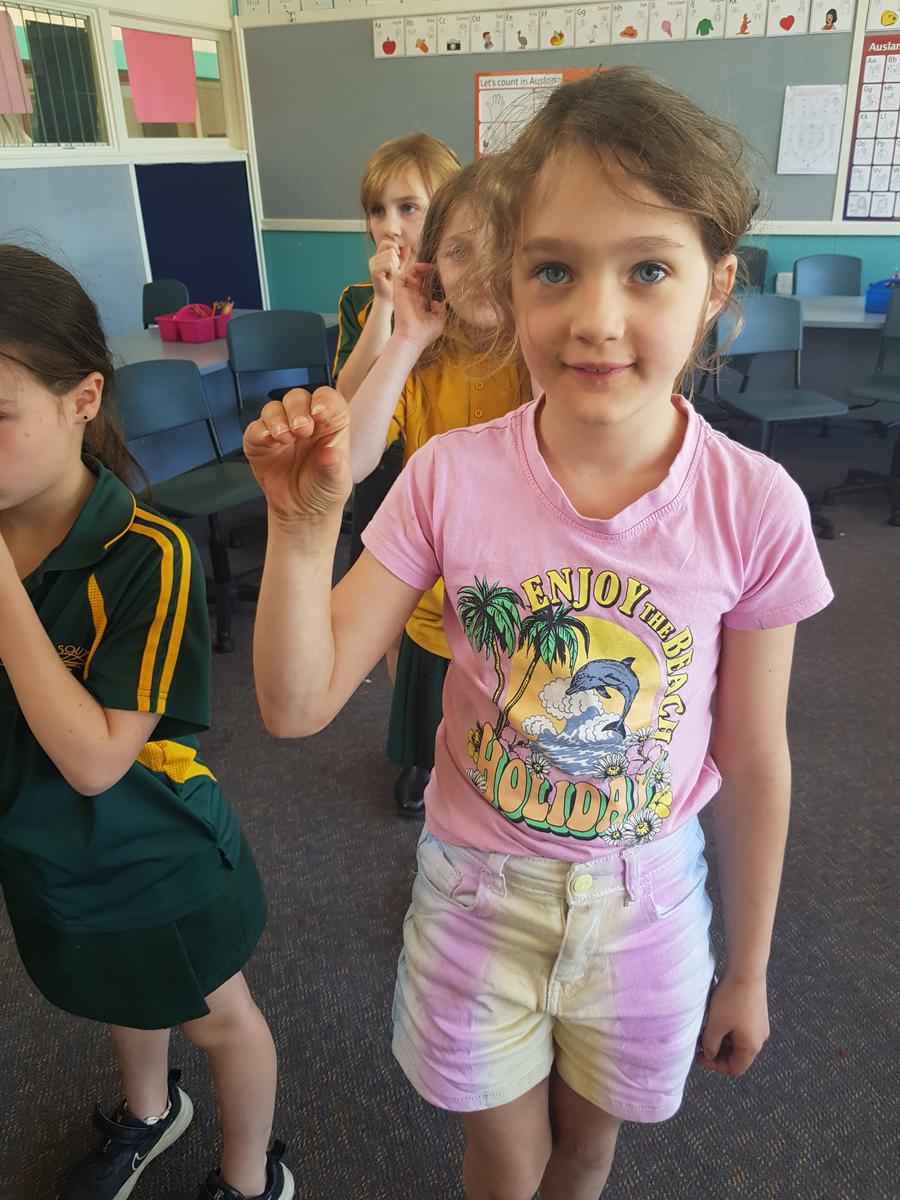
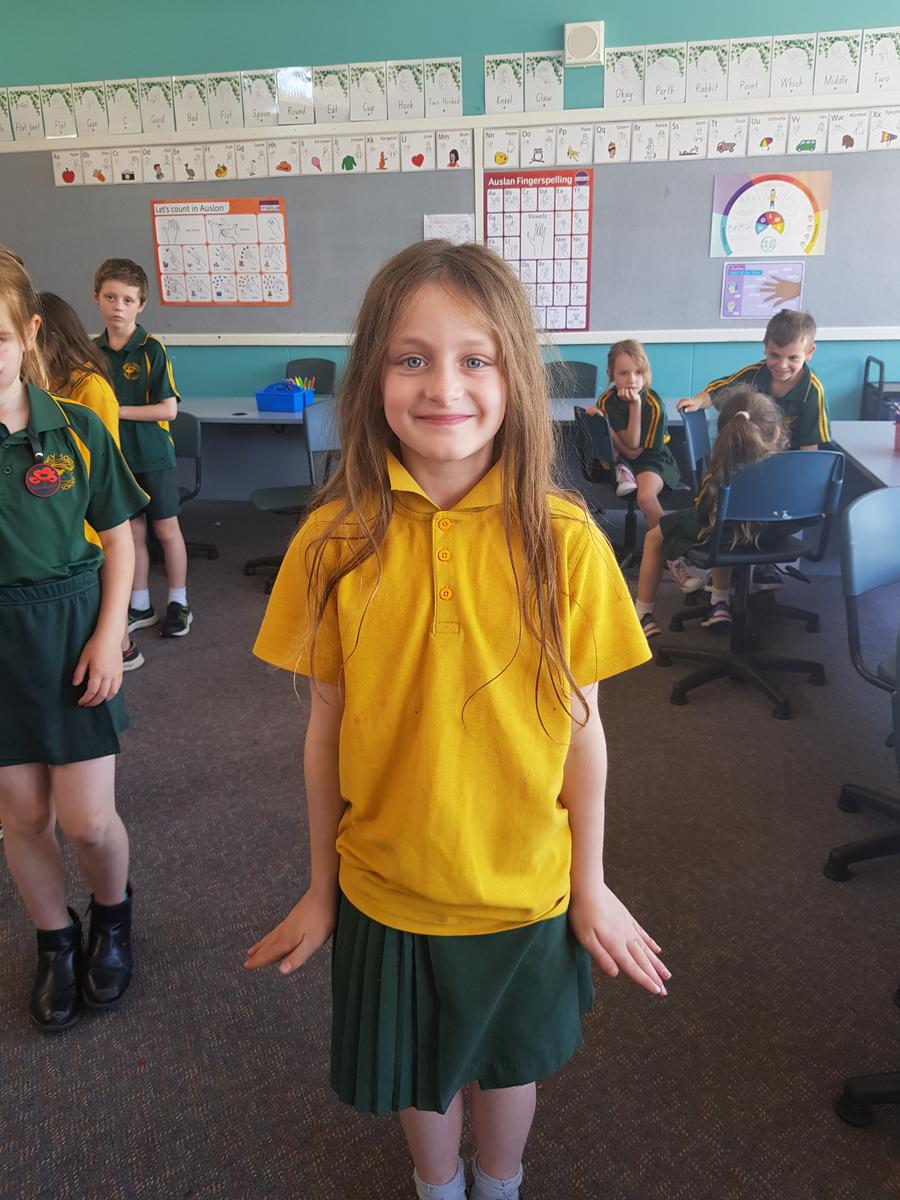
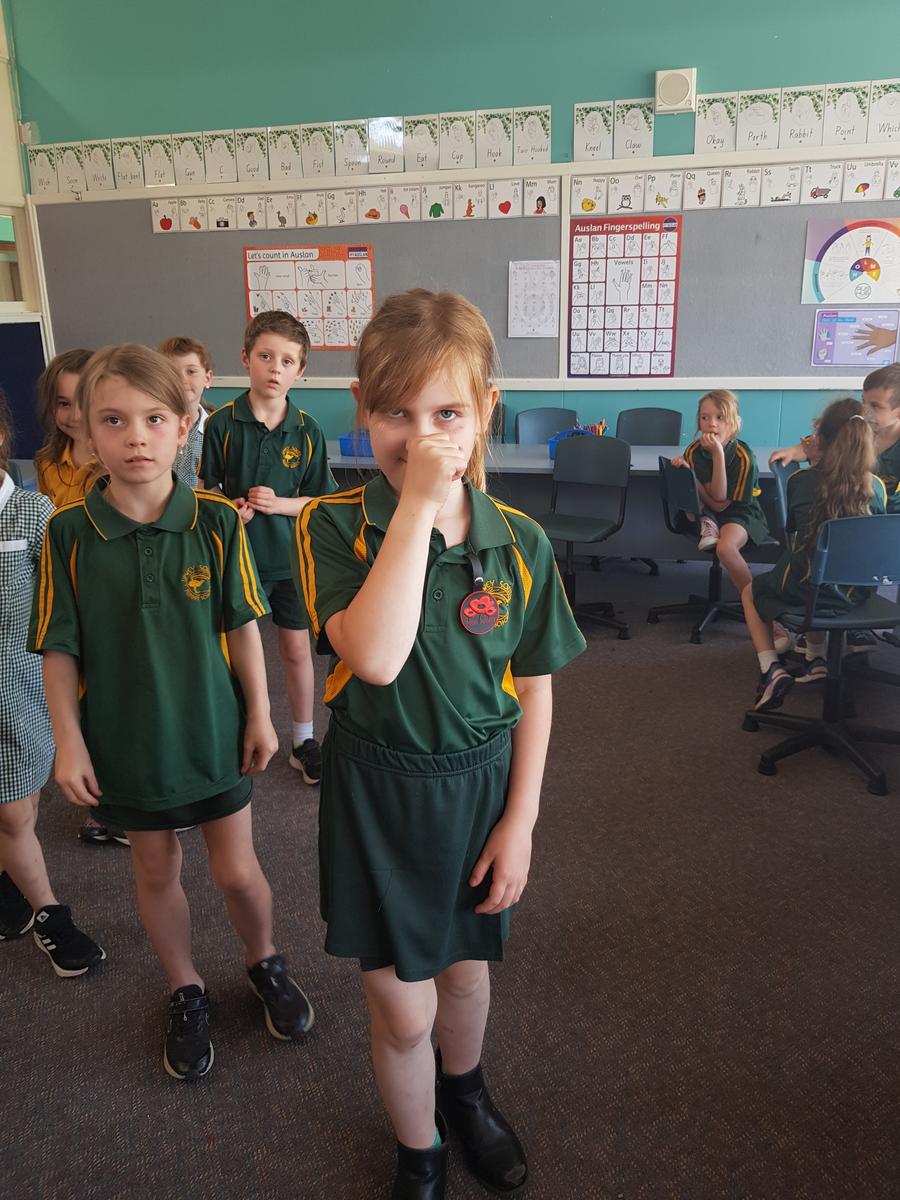
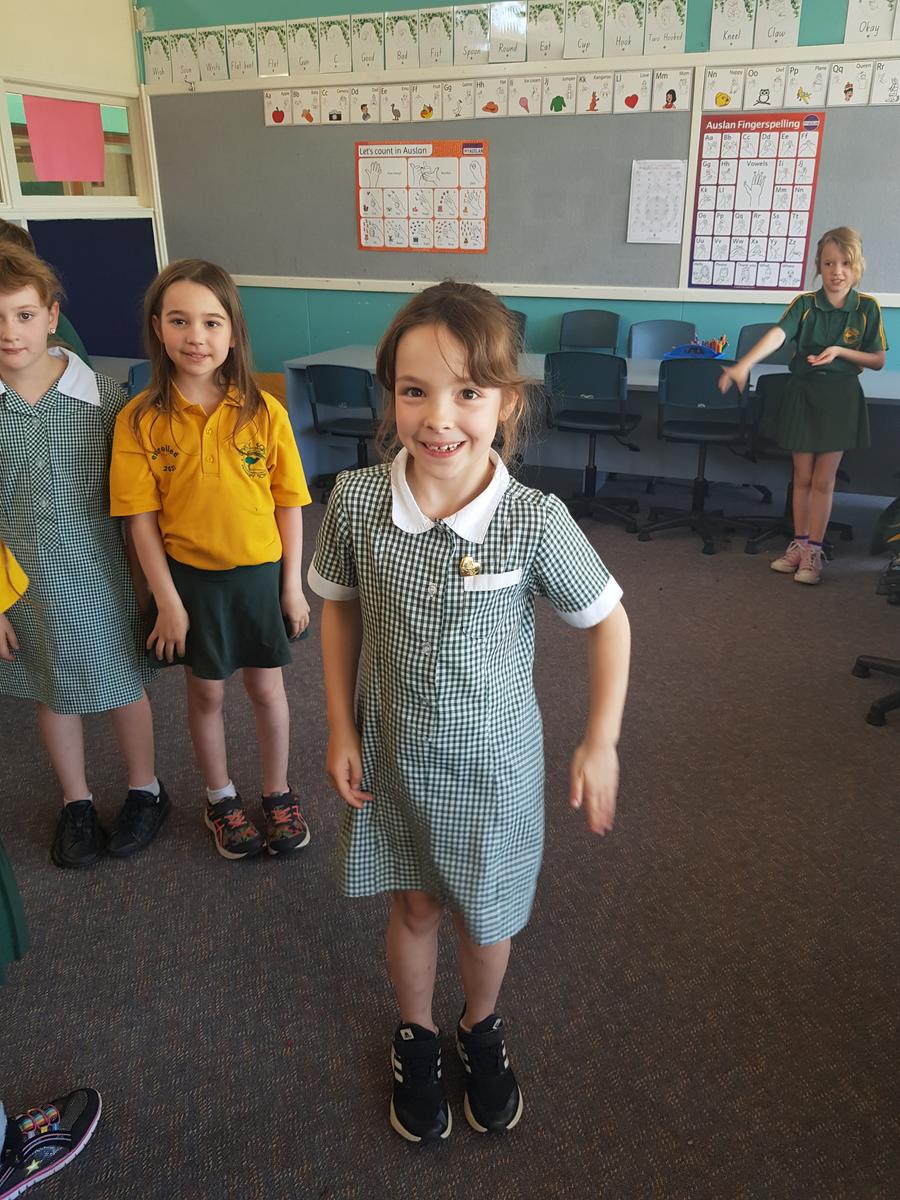

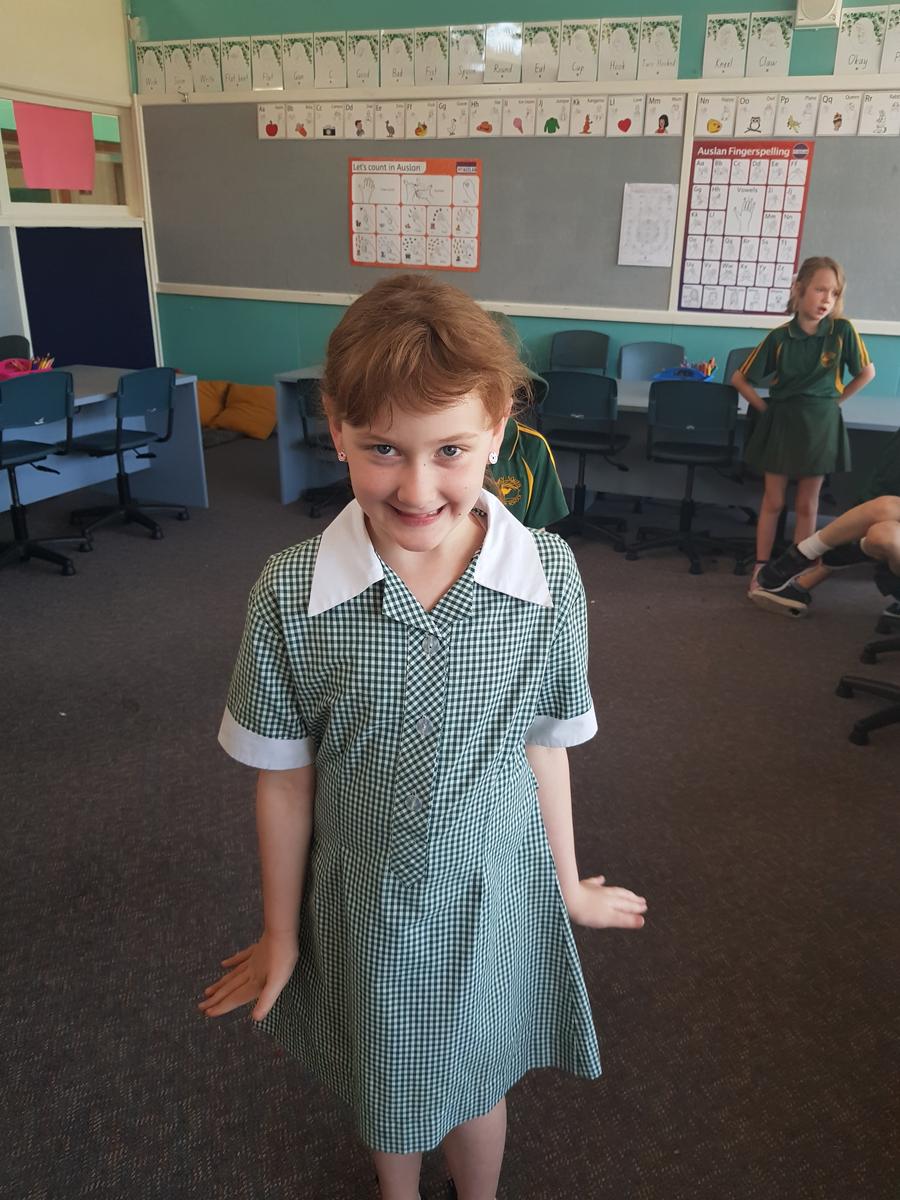
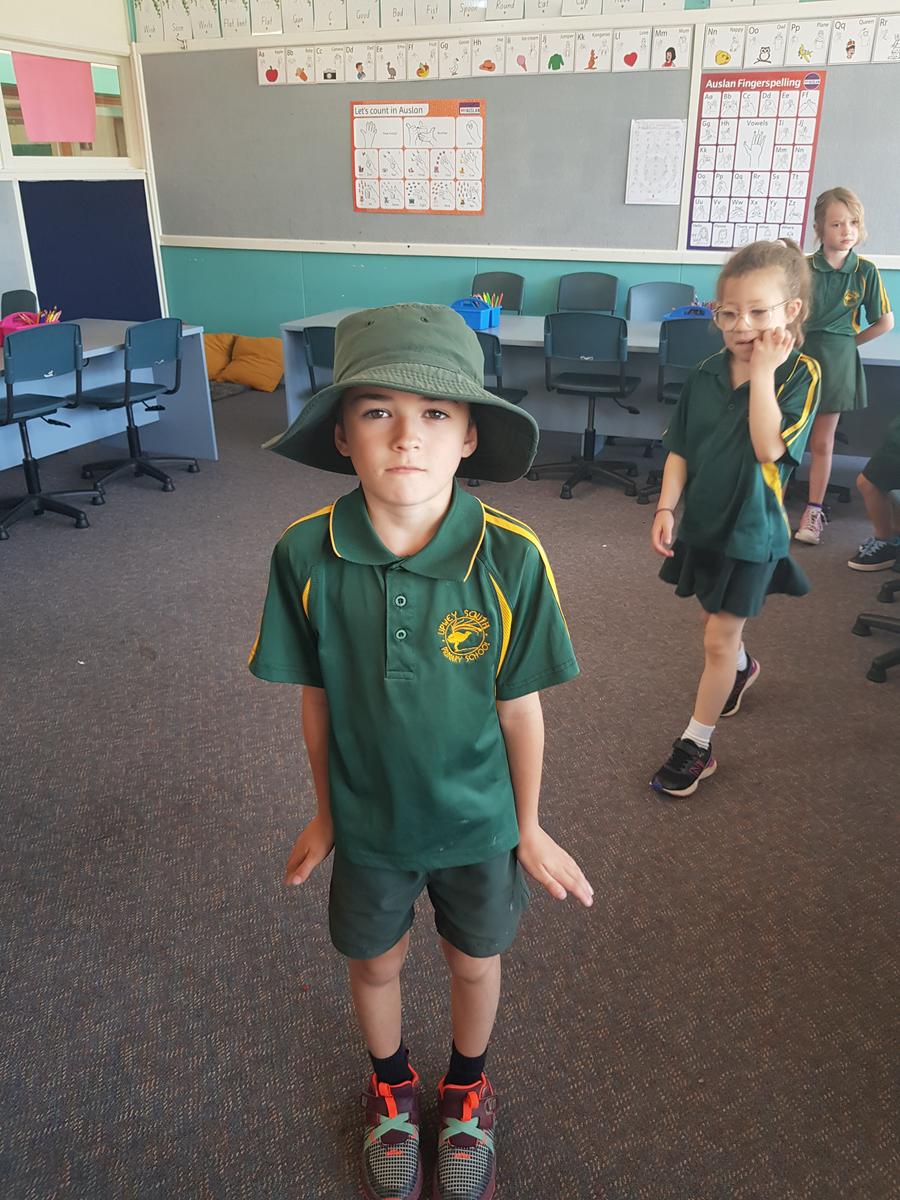













In Year Three and Four the students have been continuing to hone their finger spelling skills with viewing and signing tasks in class. In addition to this, they have been learning their numbers from 0 to 100. This has been exciting to see how they are able to sign all these numbers with one hand and to recognise the difference between Auslan numbers and the hearing practice of "counting on your fingers".
The students have also been learning how to share their likes, dislikes and colours. This has expanded their vocabulary to be able to share short conversations with their peers. They have also been learning some of their favourite animal signs. This was a good chance to talk about depicting signs. Depicting signs are very iconic and show a strong resemblance to an object or animal. We had some fun acting like monkeys, turtles, snakes and more.
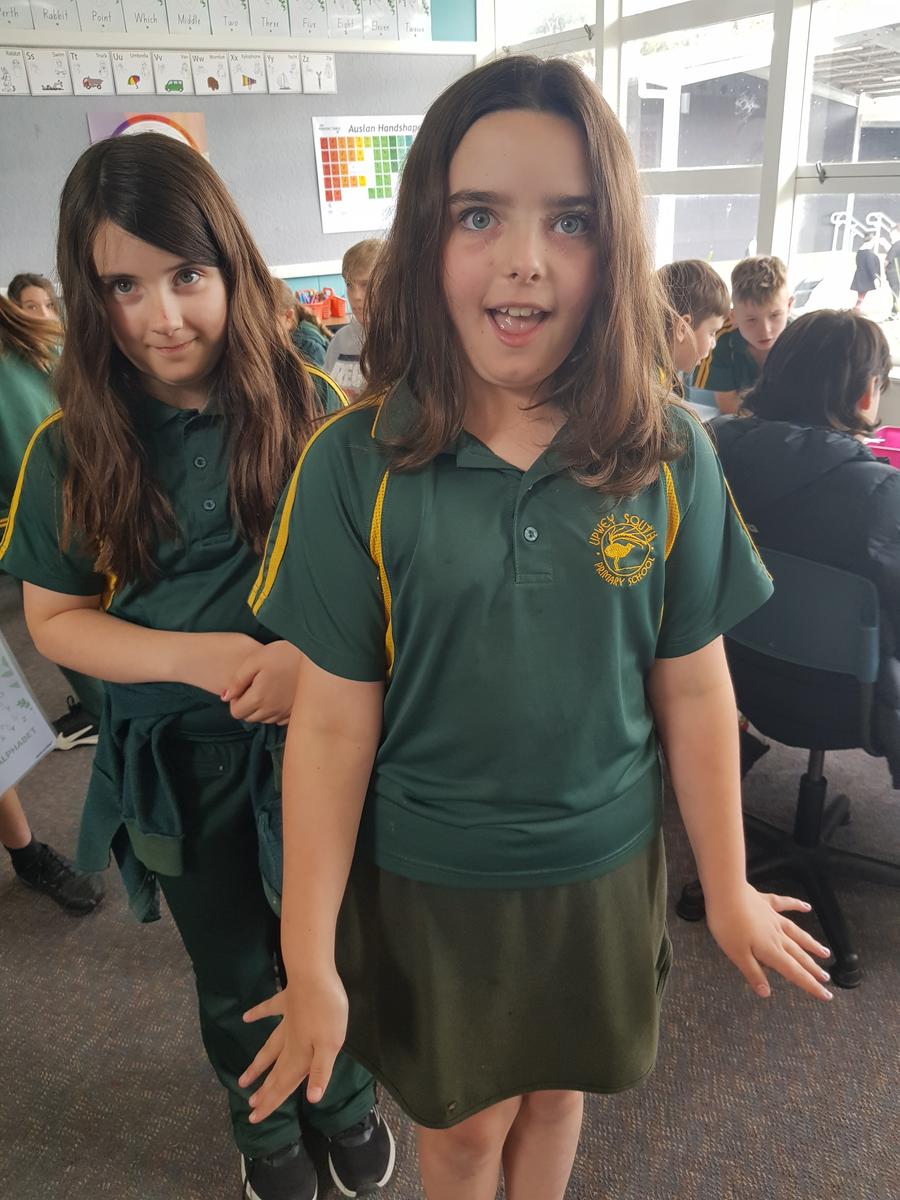
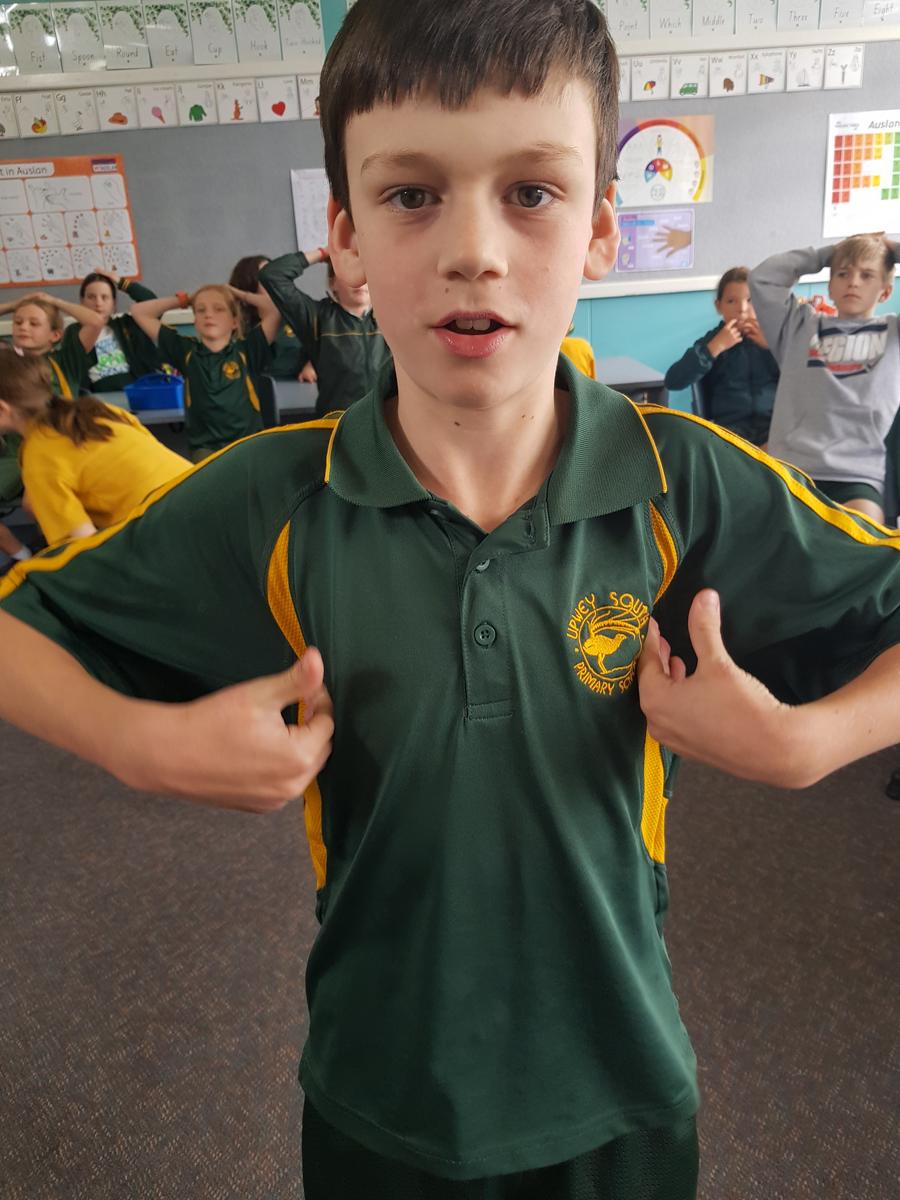
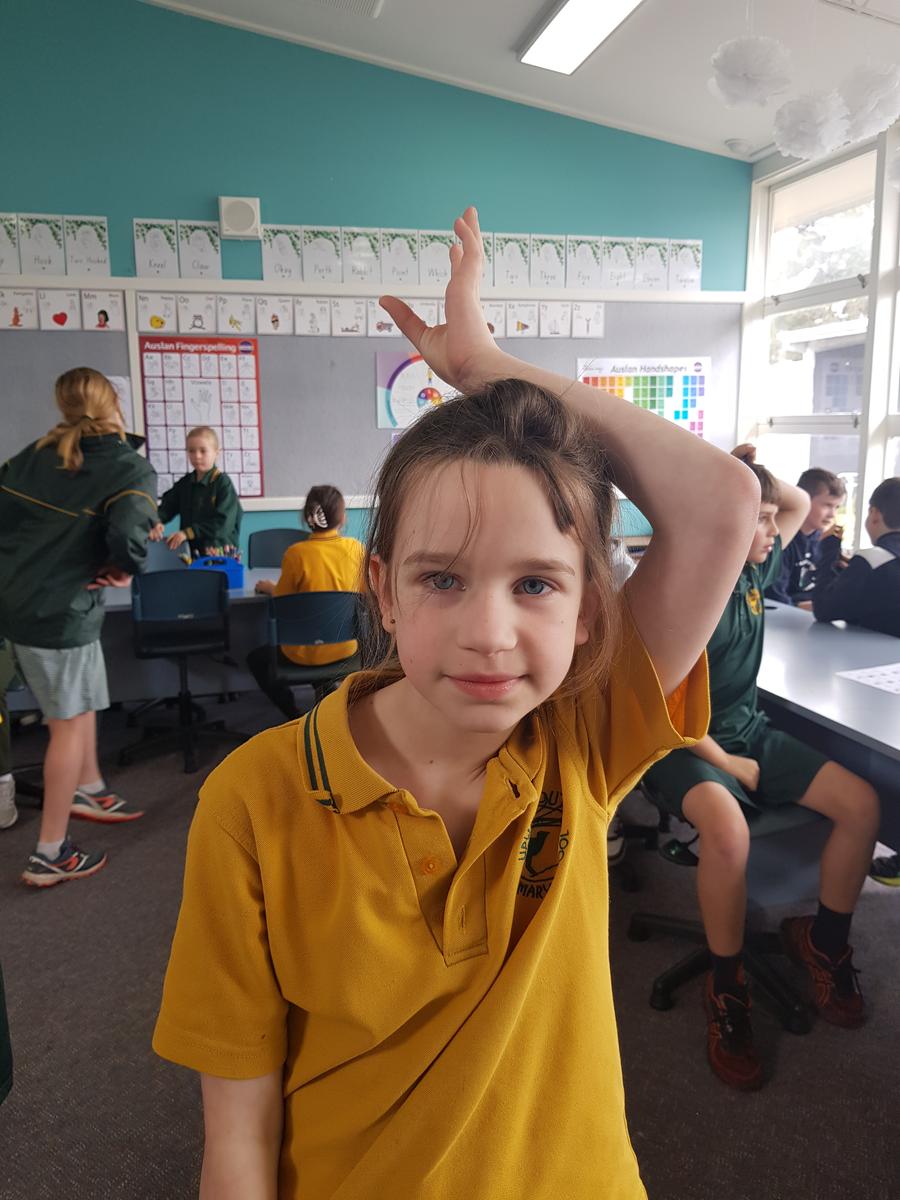

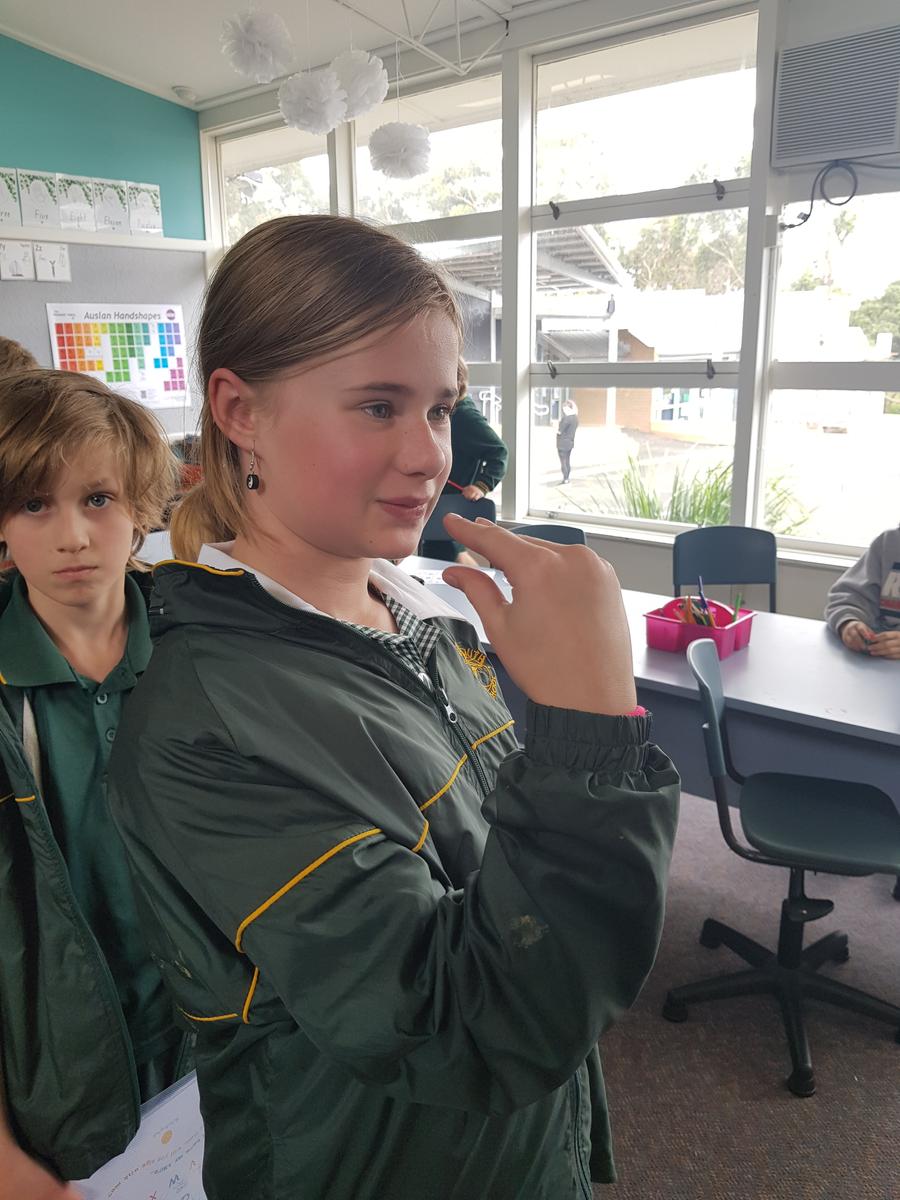
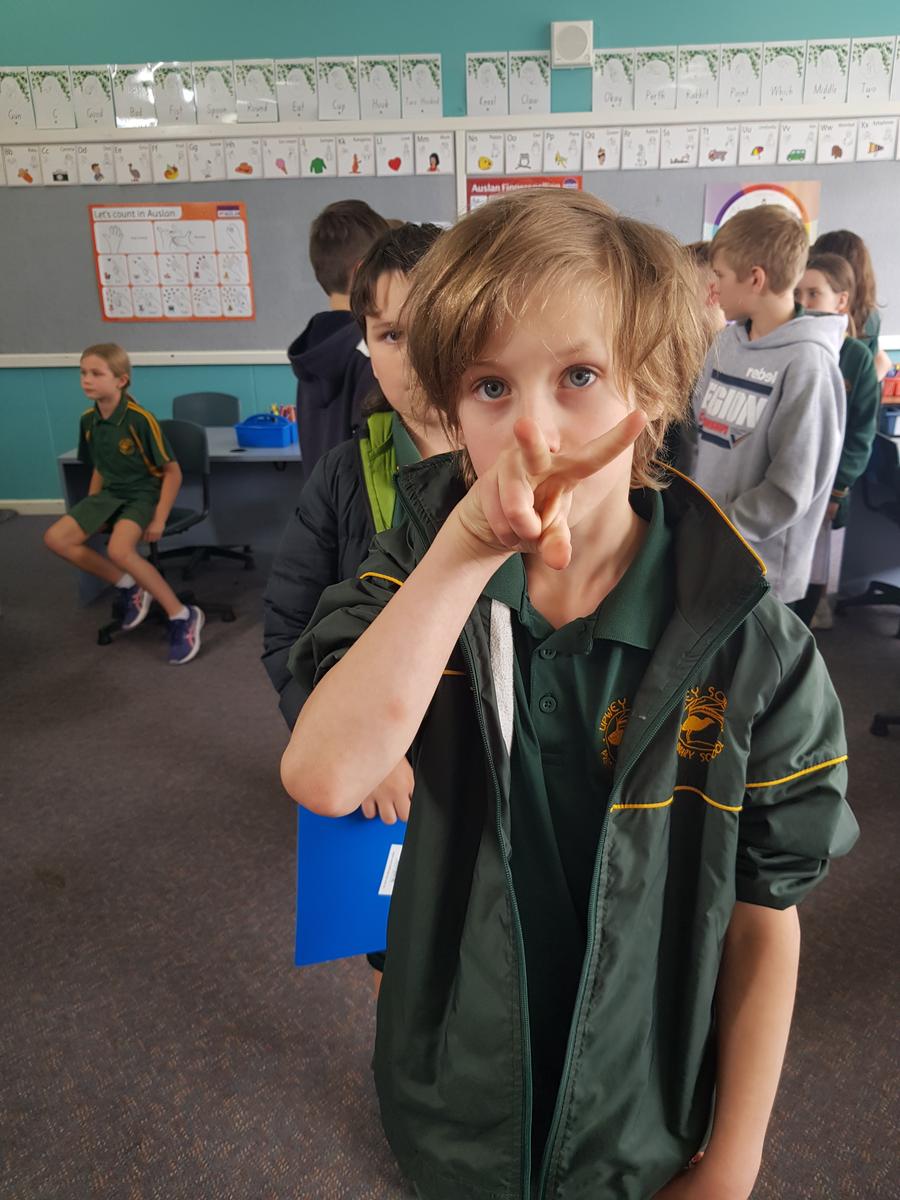


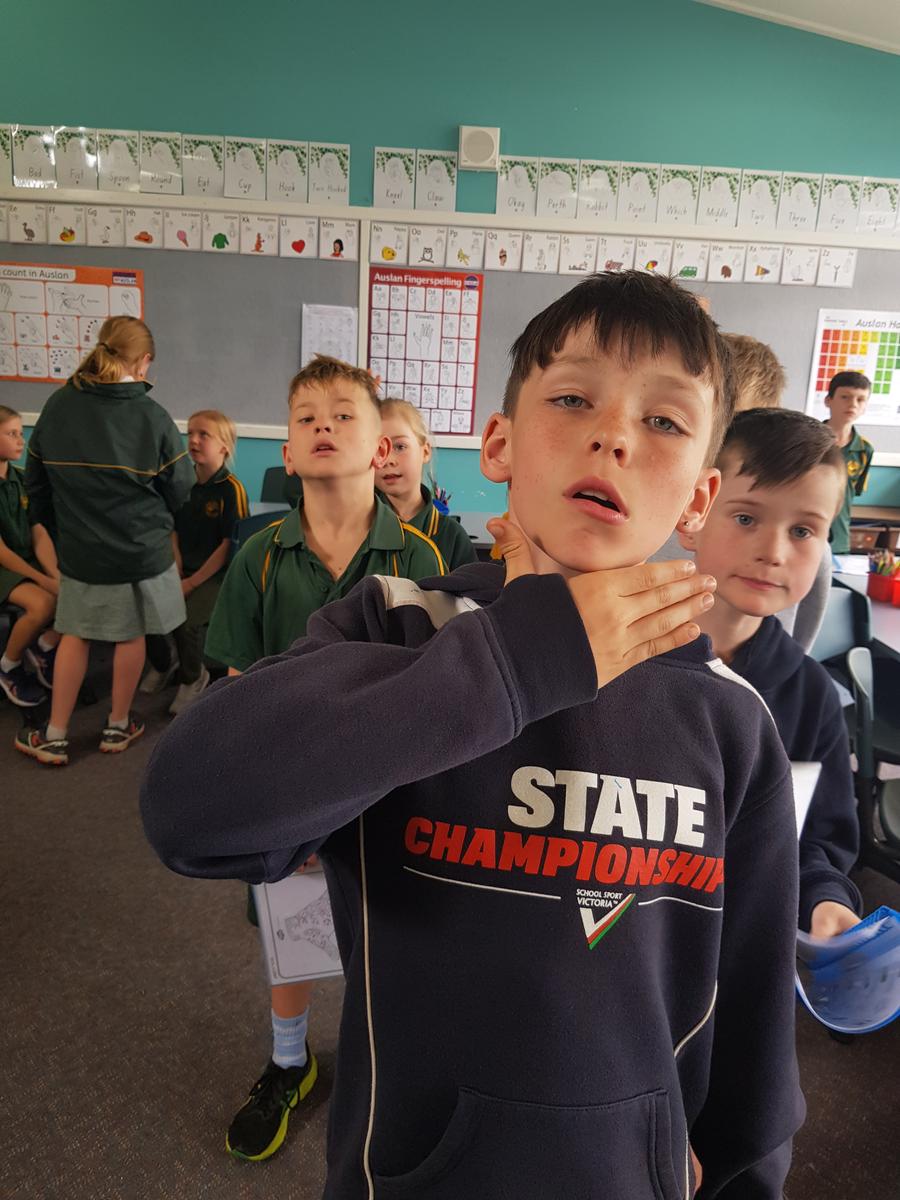
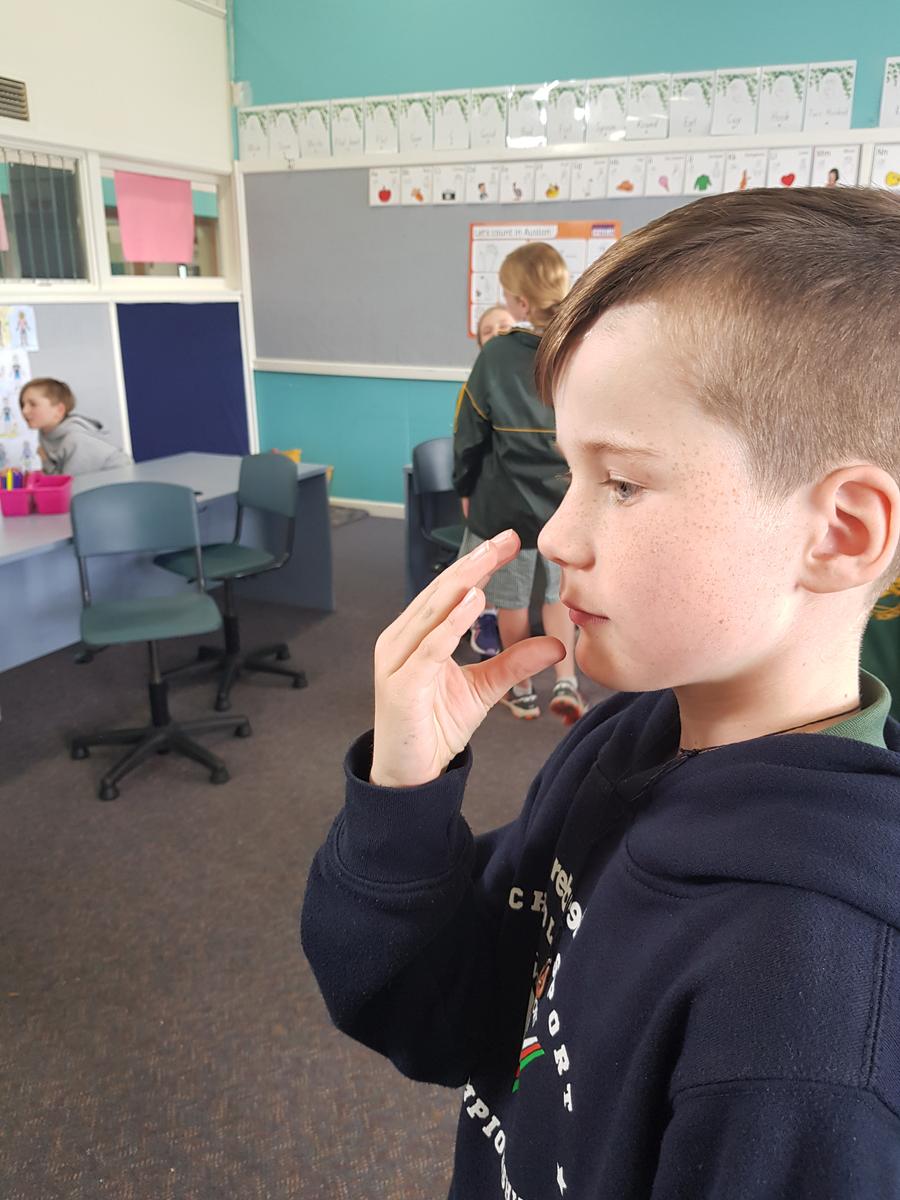
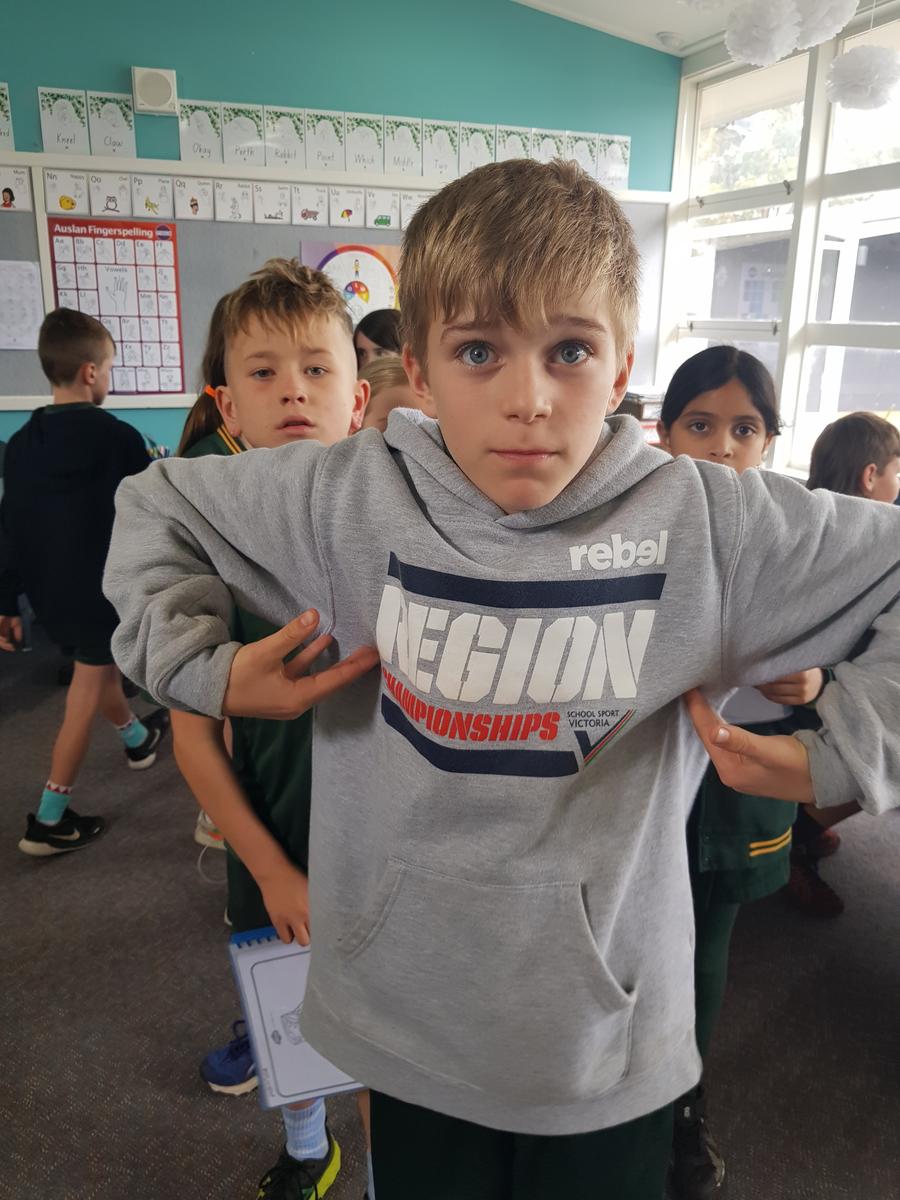
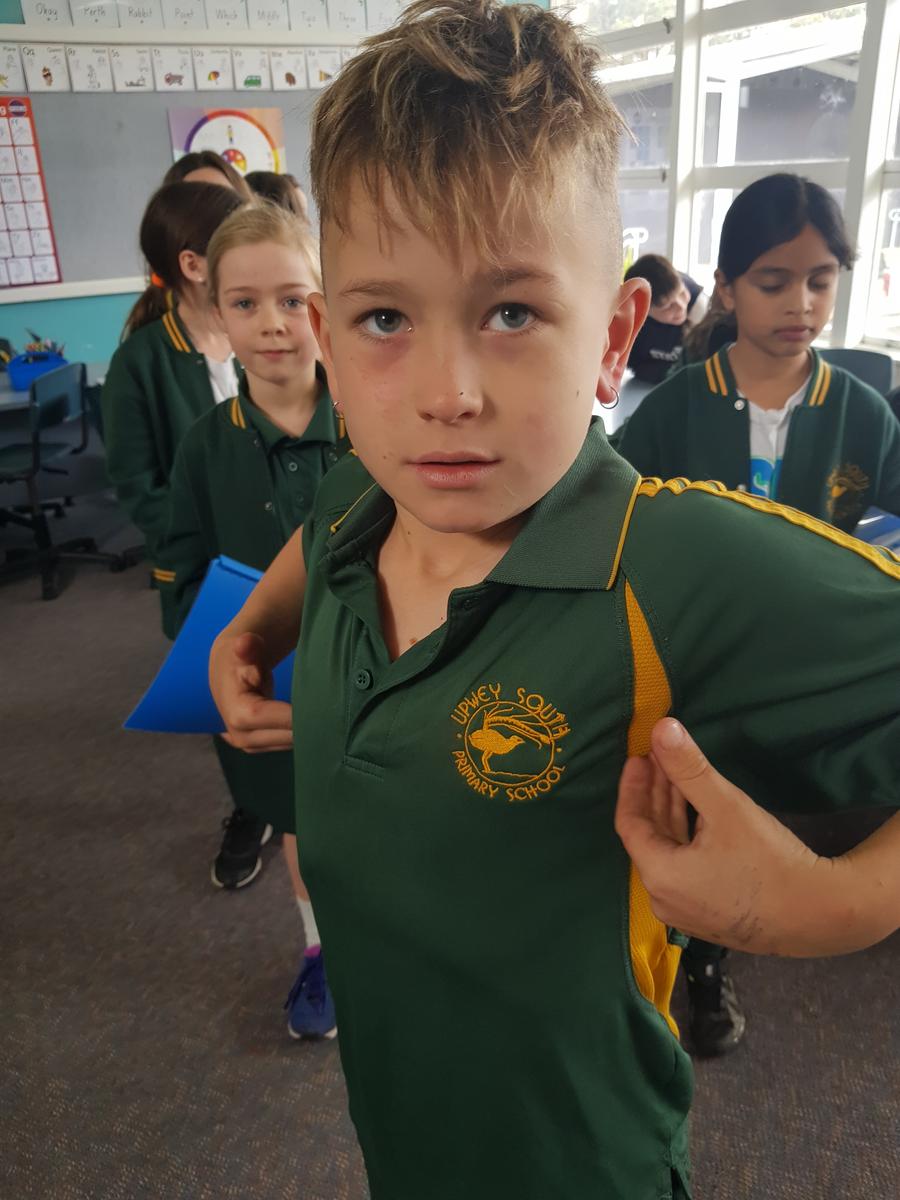
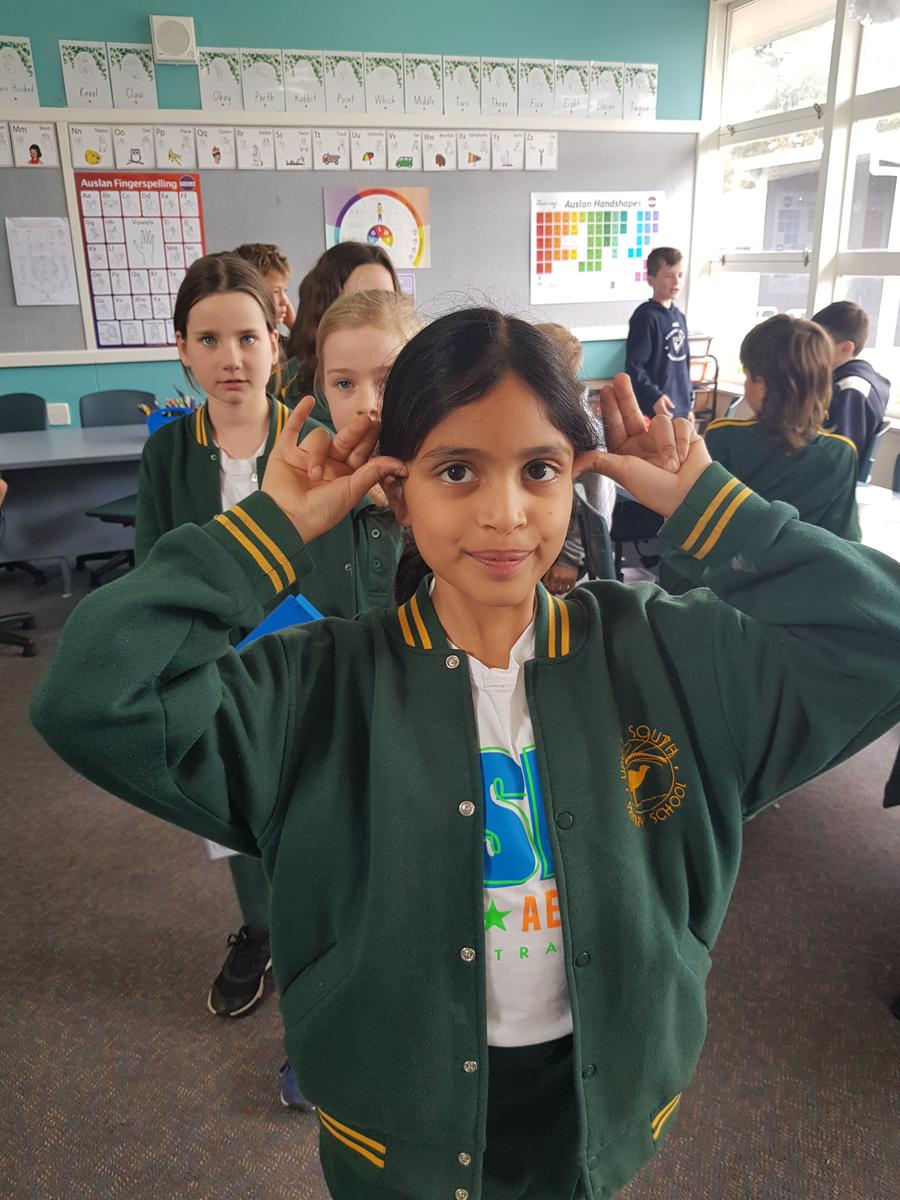
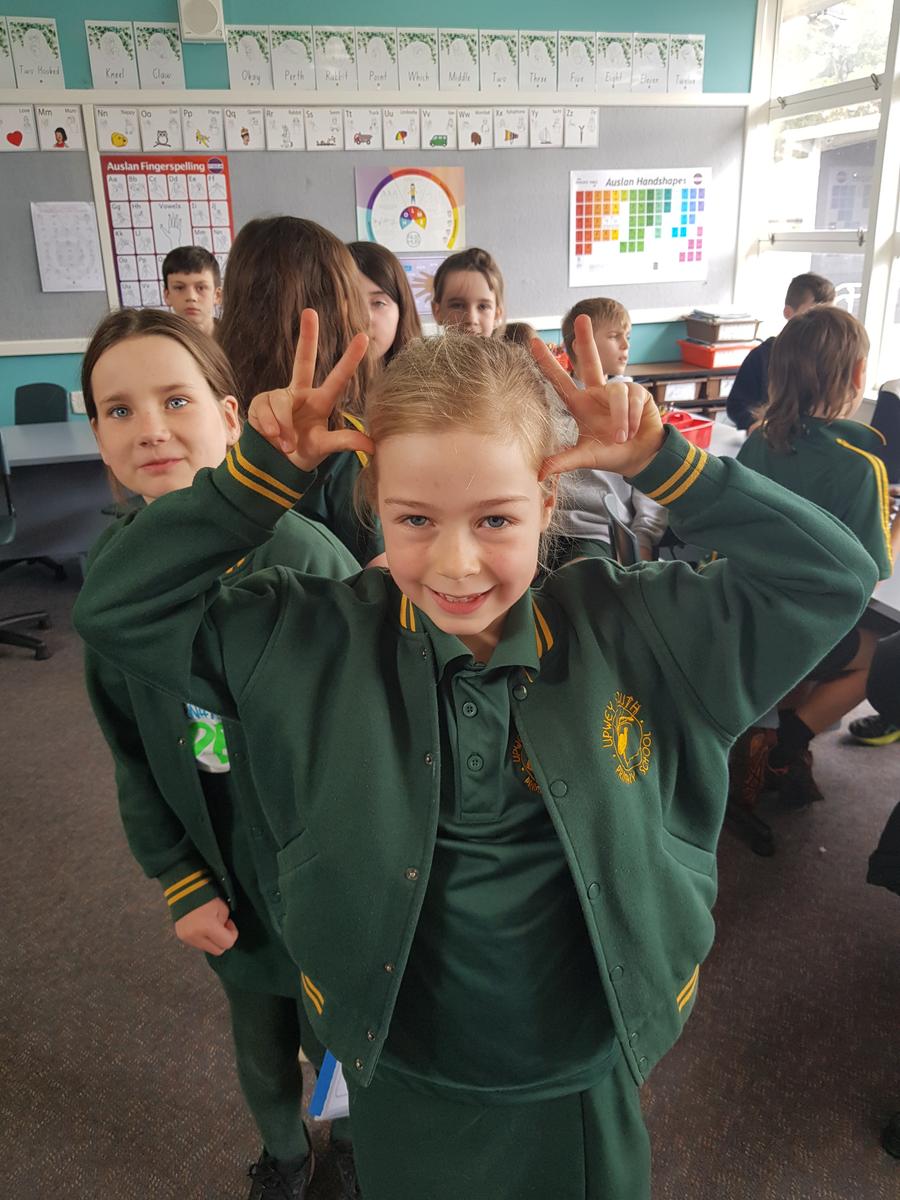
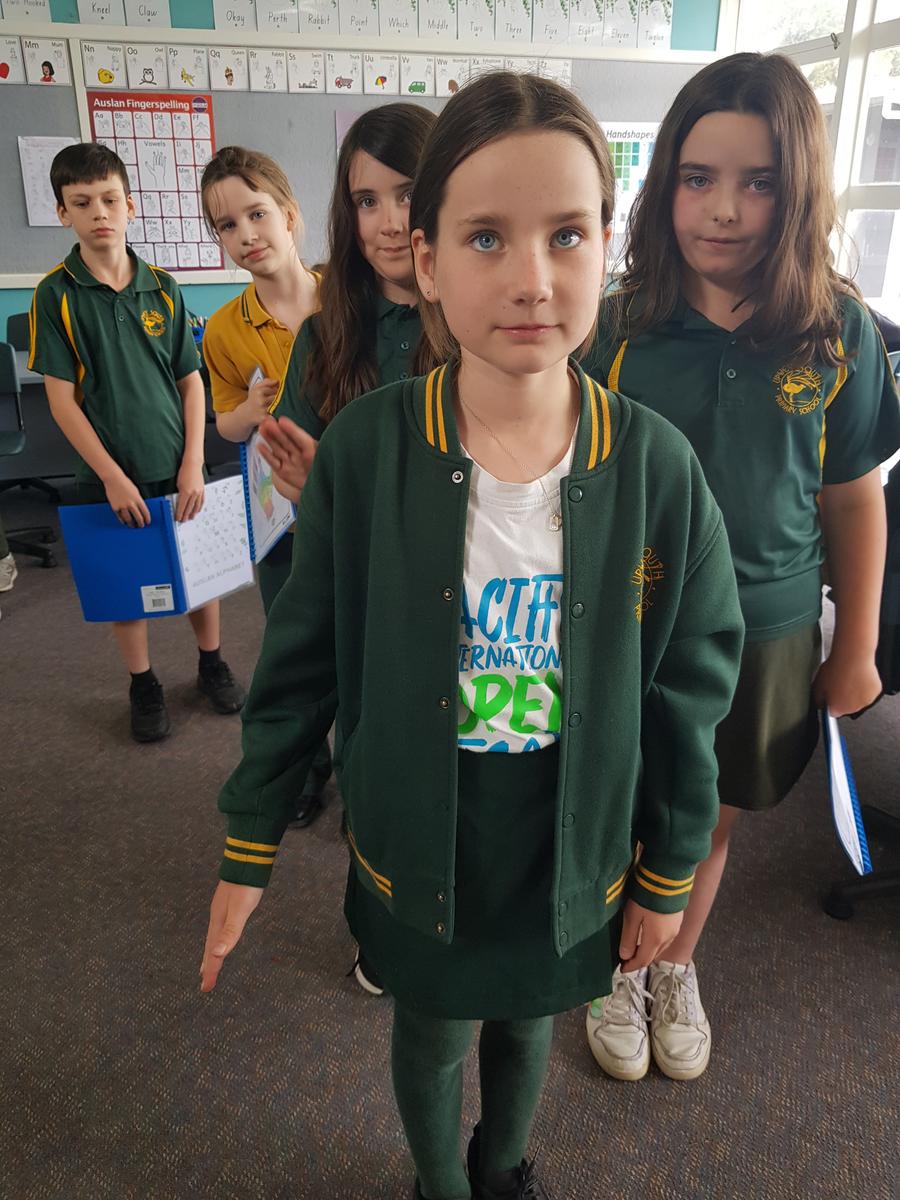
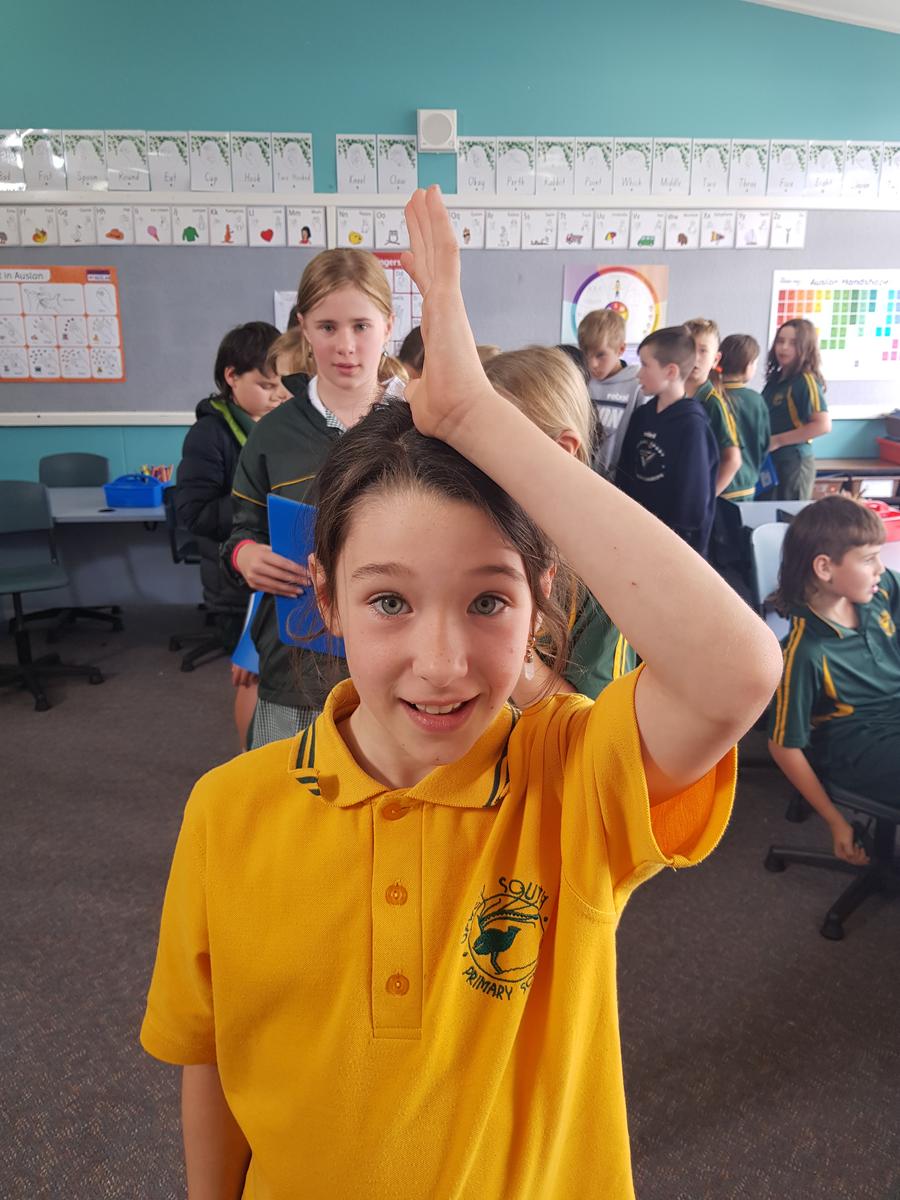
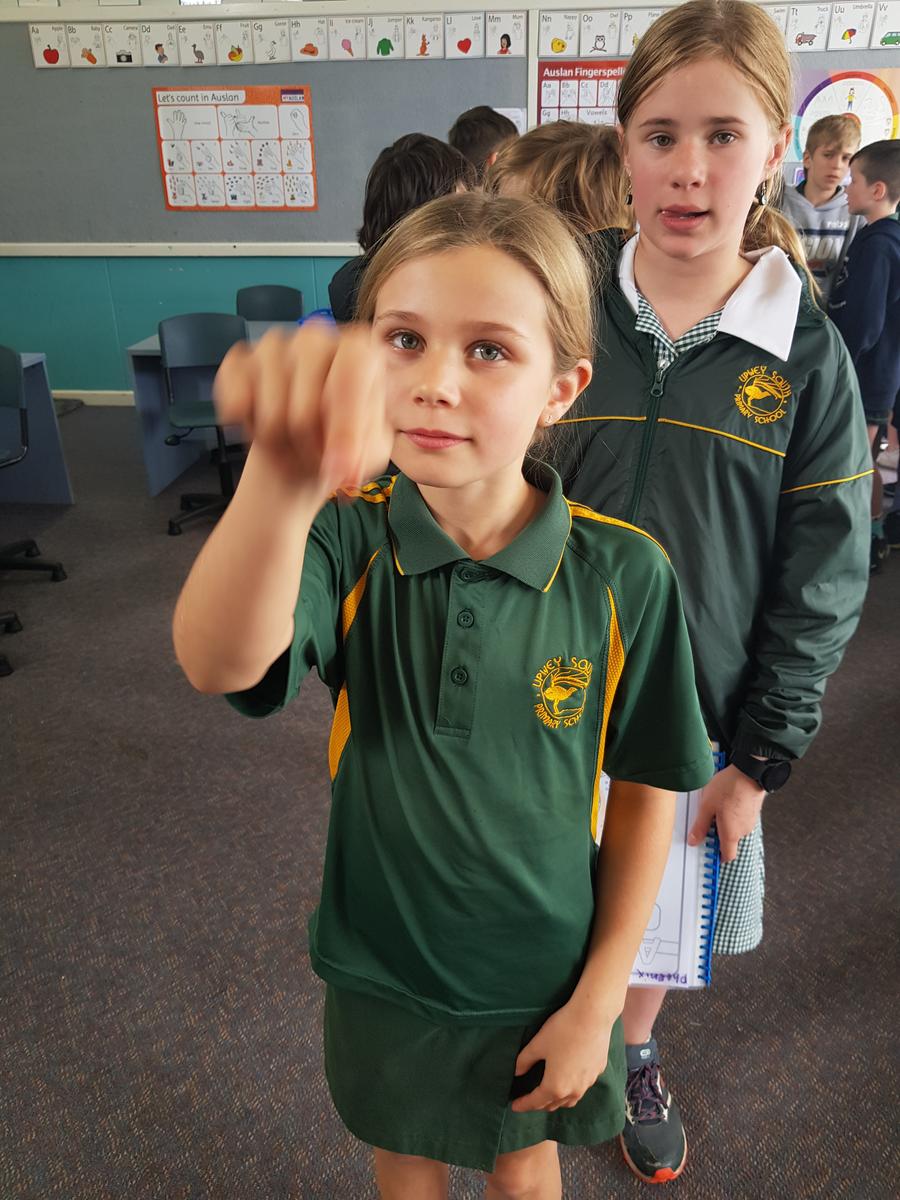
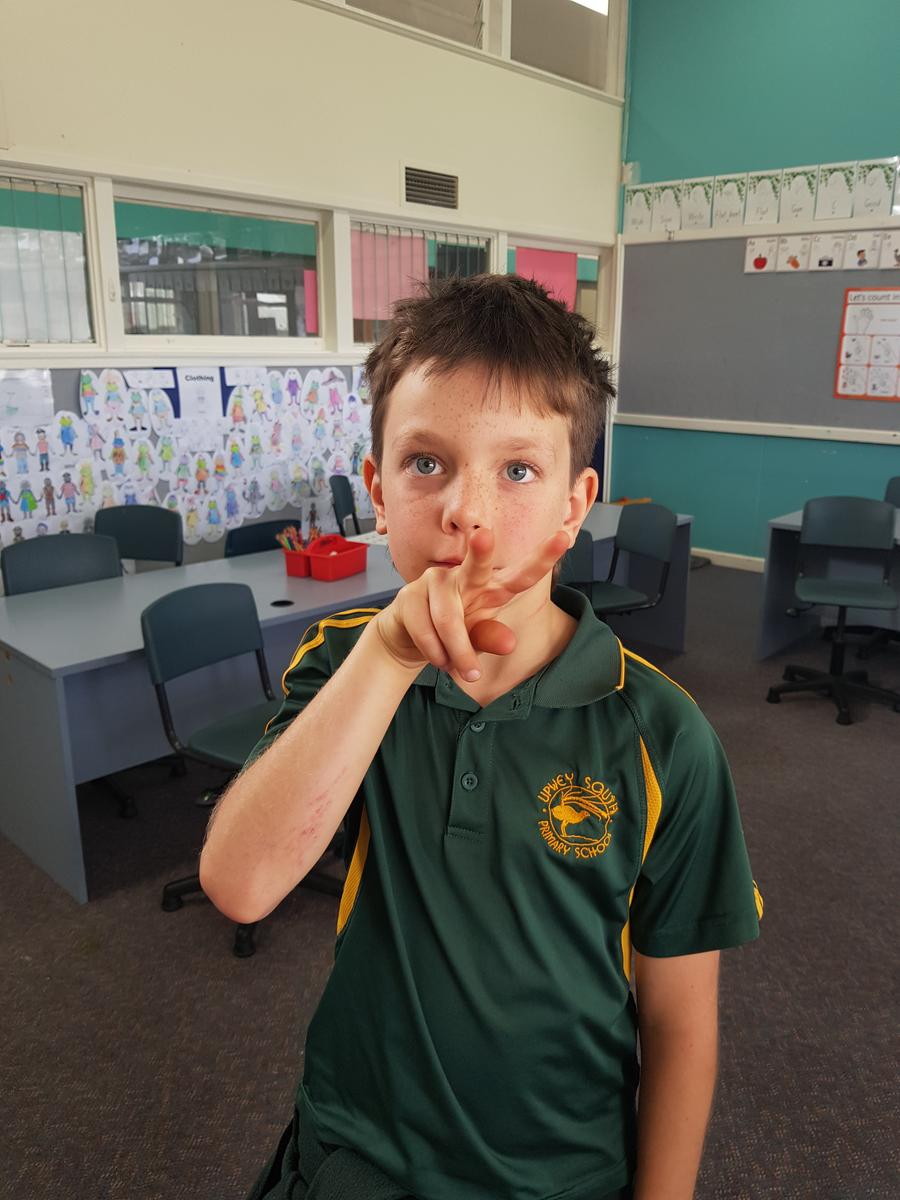
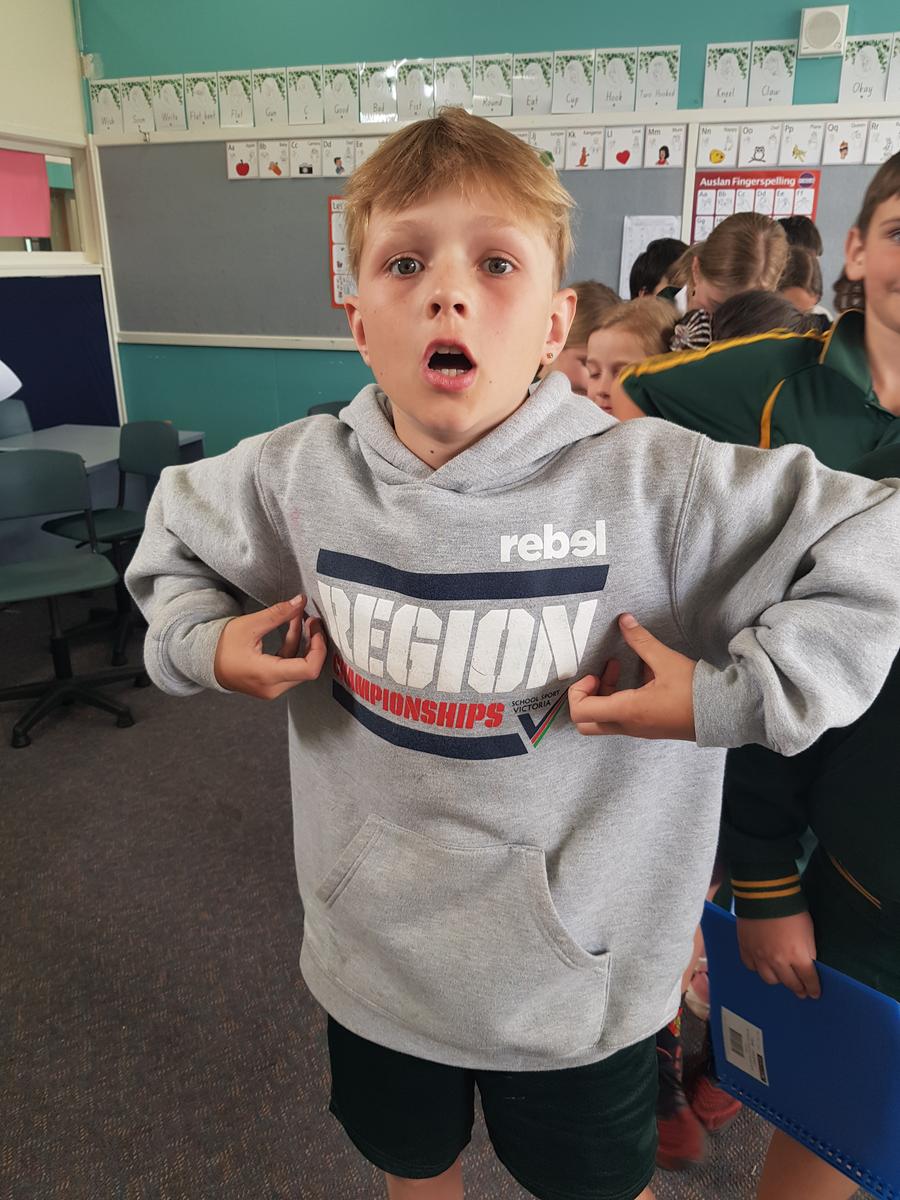
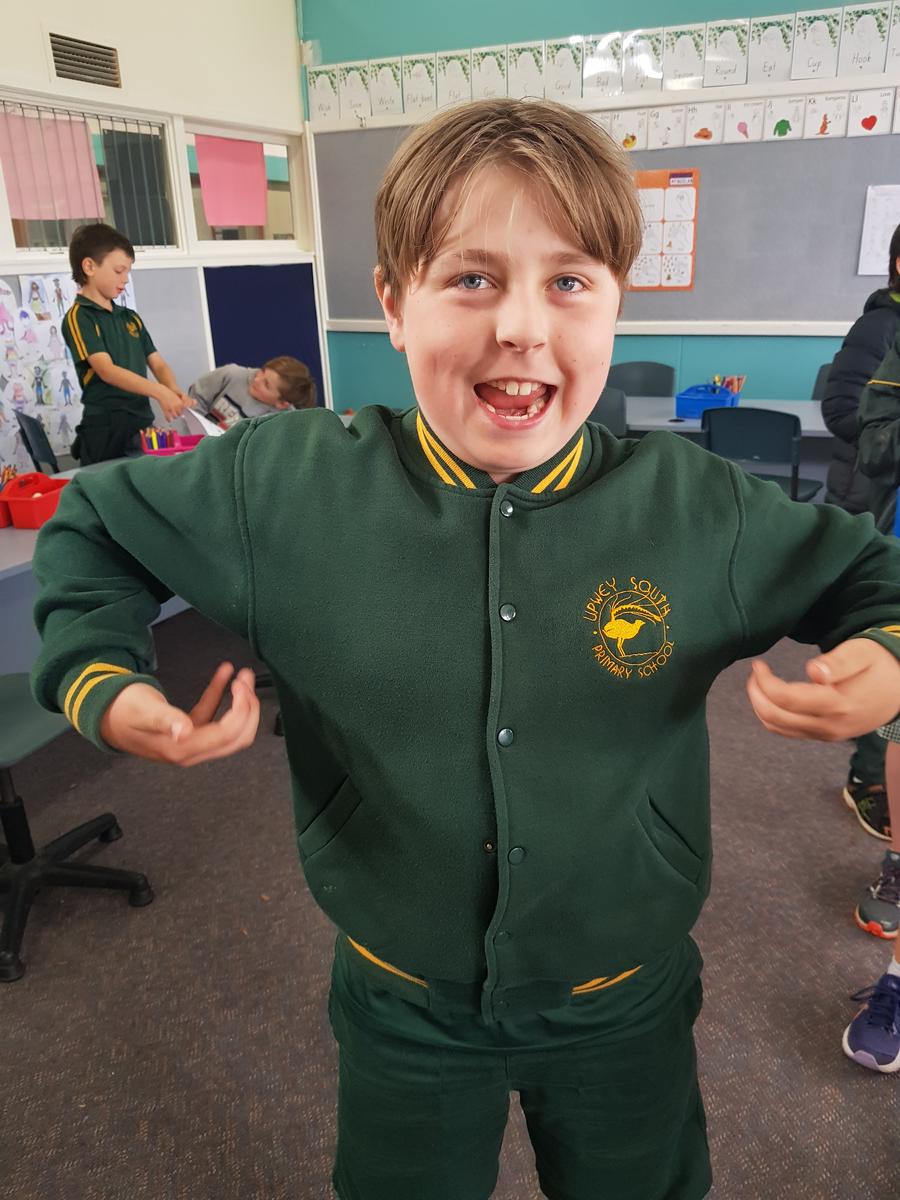
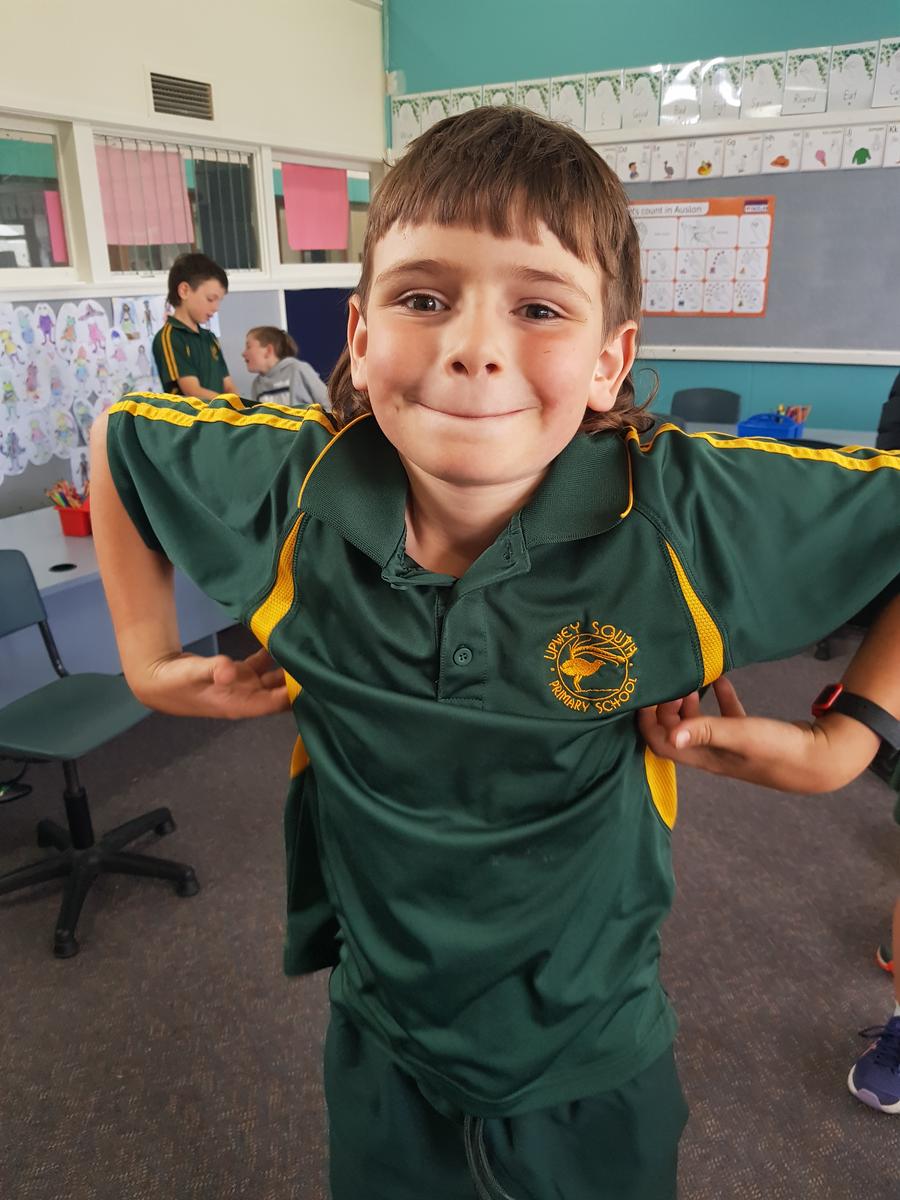
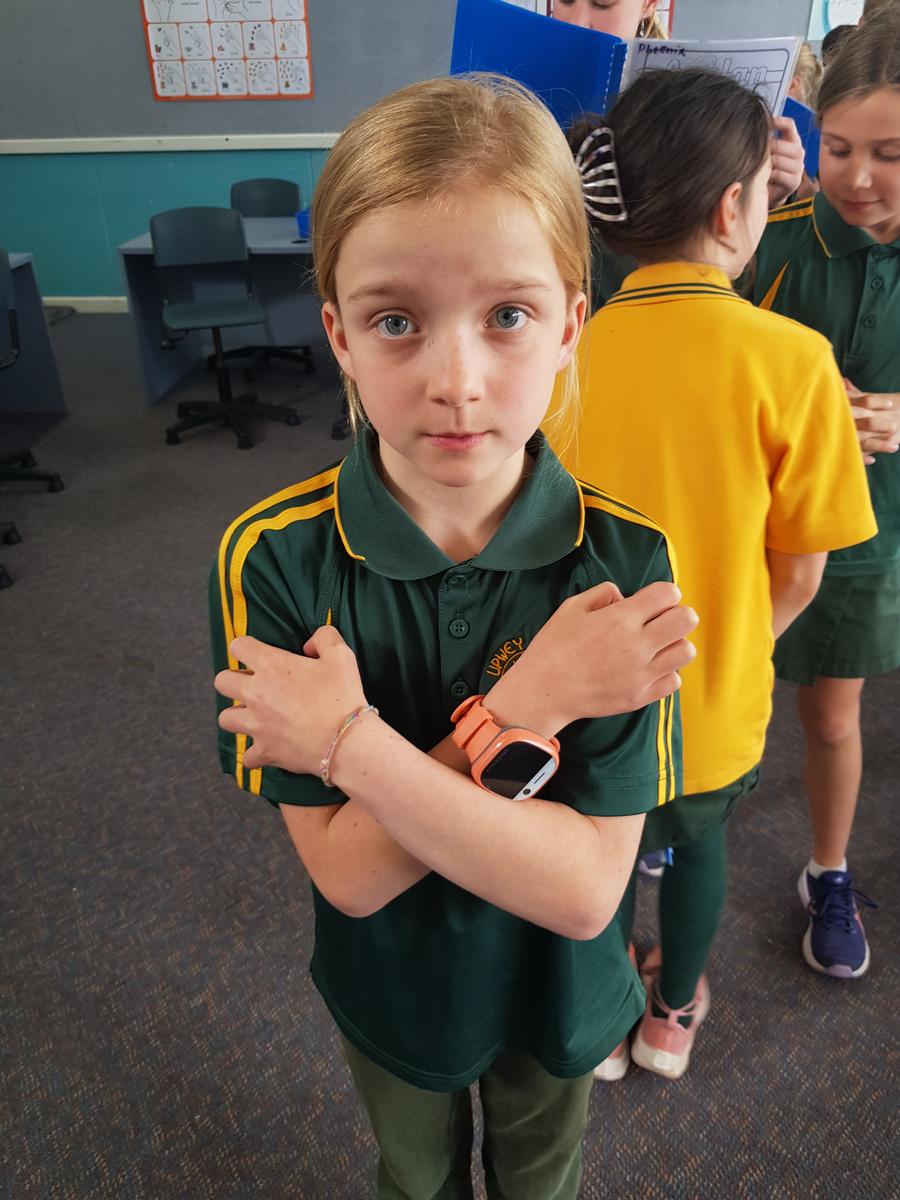
























In Year Five and Six the students have been sharing some likes and dislikes in class. They have been participating in two-way conversations with their peers, sharing their preferences for different colours. There has been continued discussion about clear communication and the need to use facial expressions to build on their visual statements and questions.
Students have been challenged to recognise their own and their friends names being finger-spelled during roll to consolidate their receptive skills. In addition to this, the students have been exploring numbers from zero to a billion and have continued to add to their personal dictionary of Auslan vocabulary.

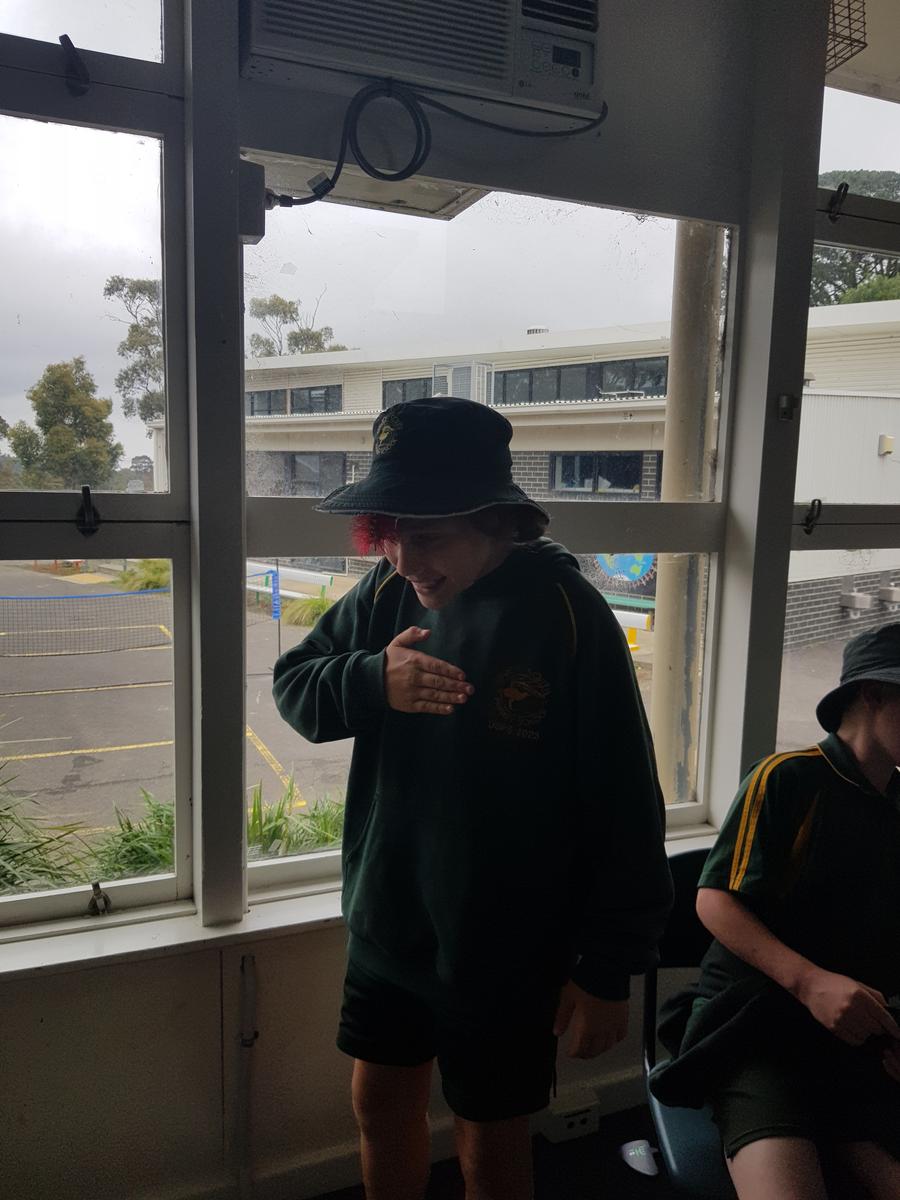
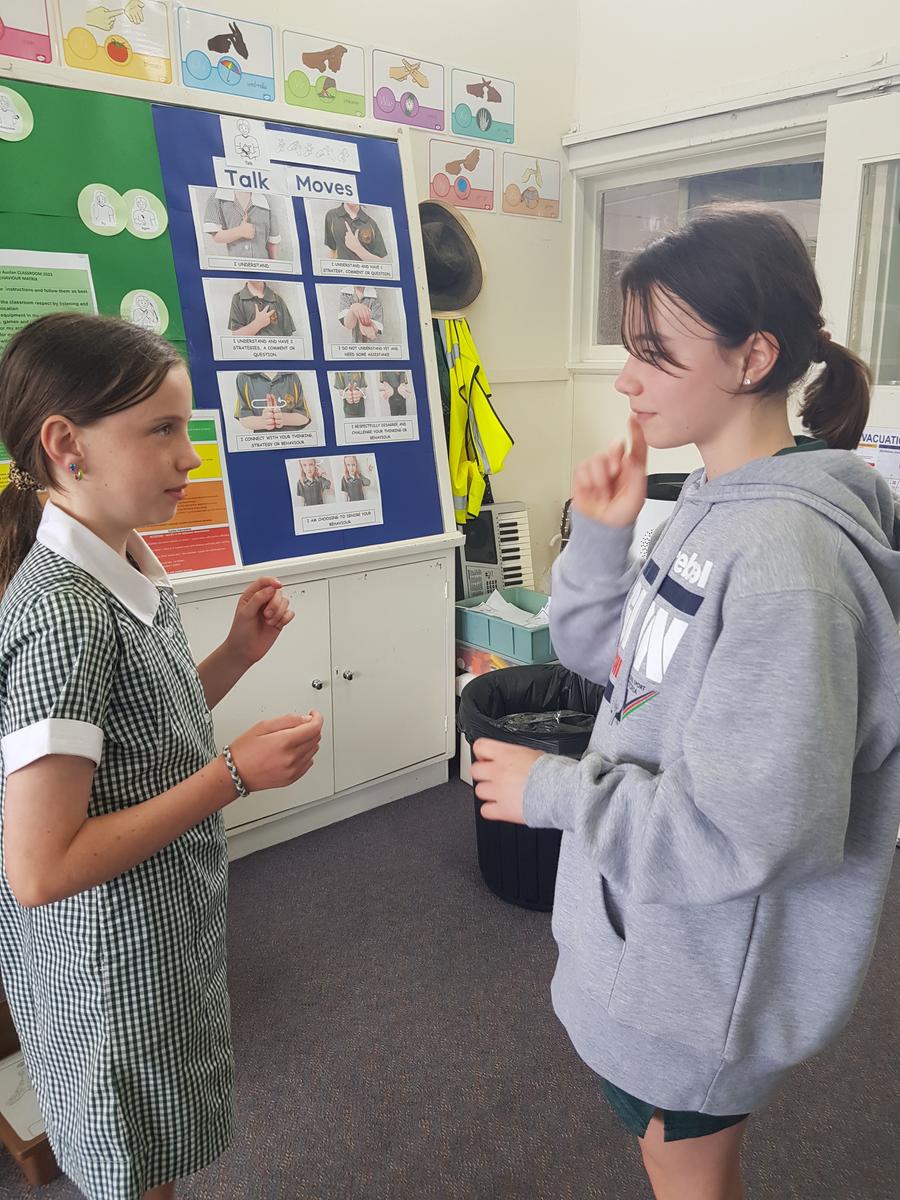
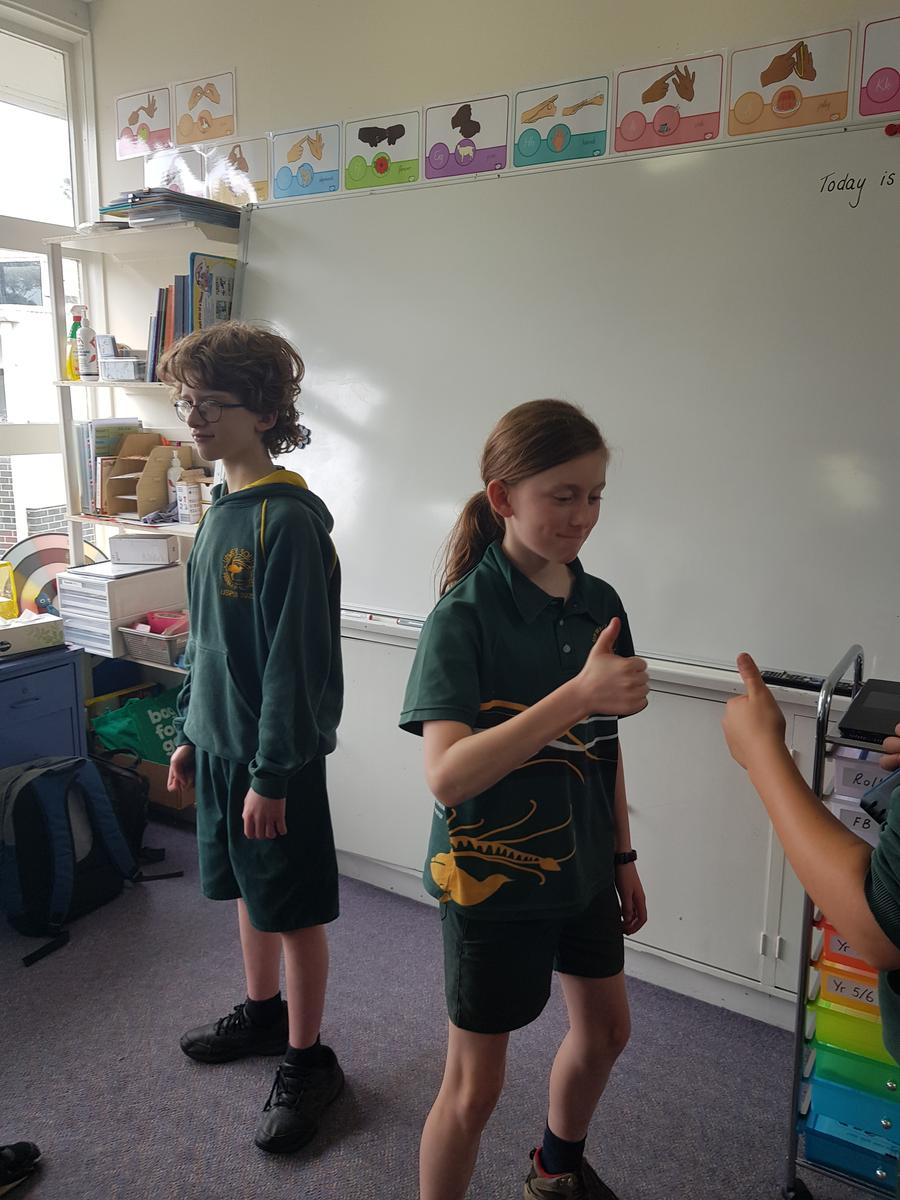

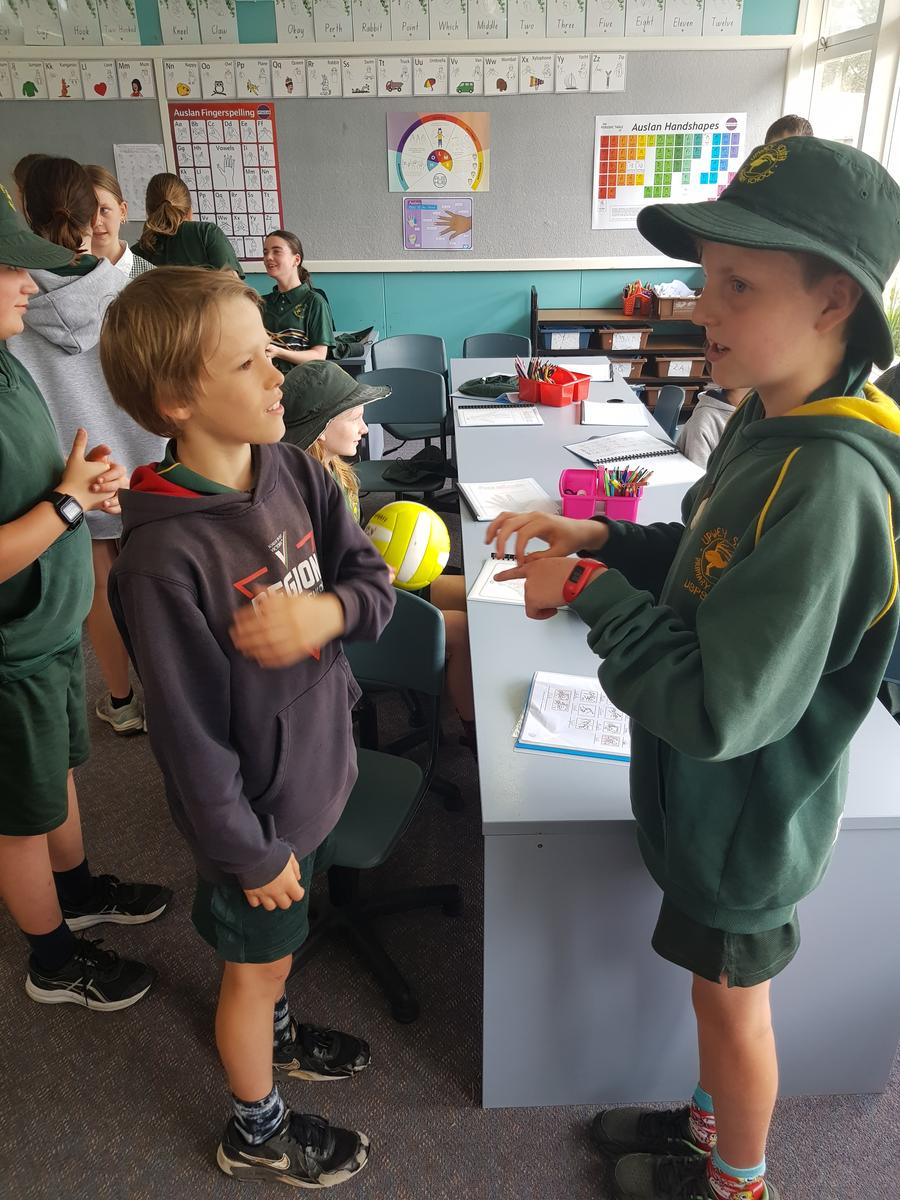
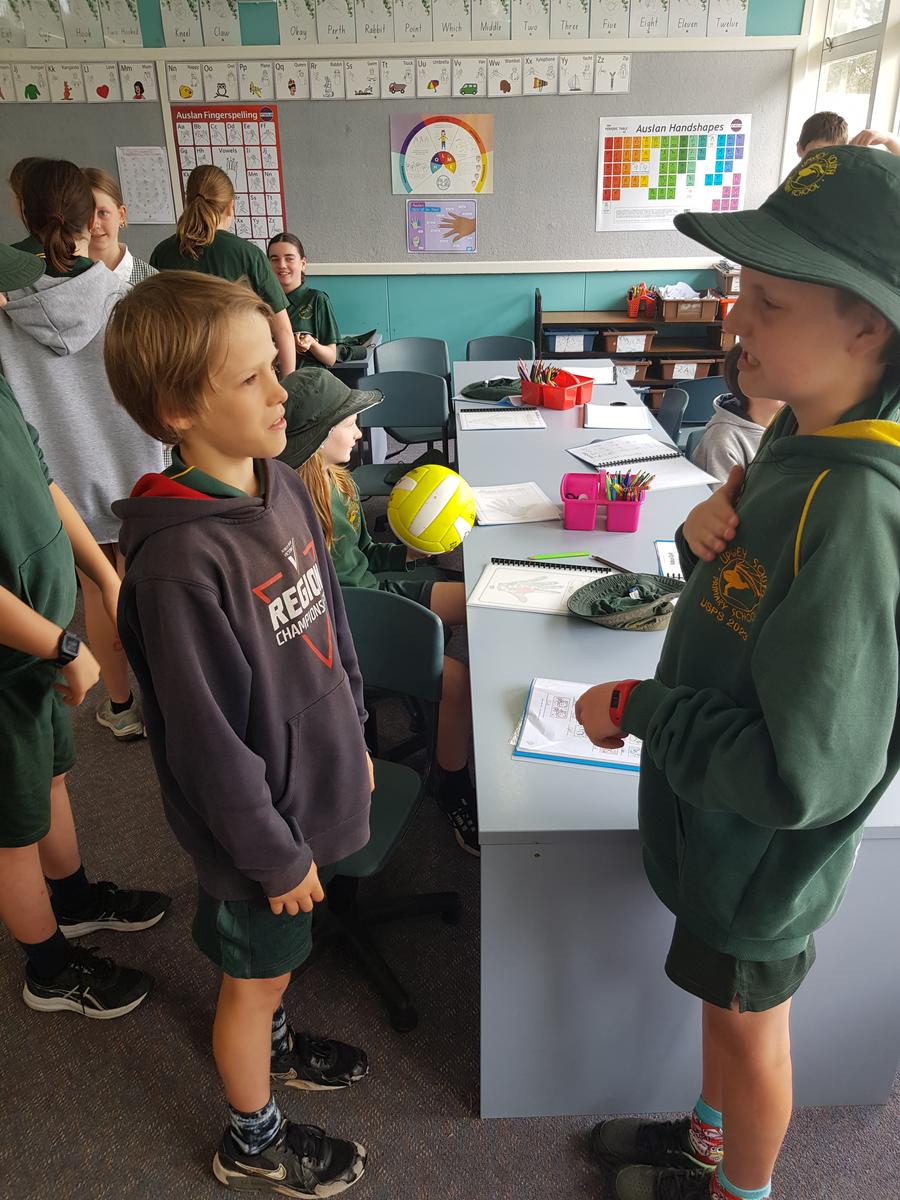



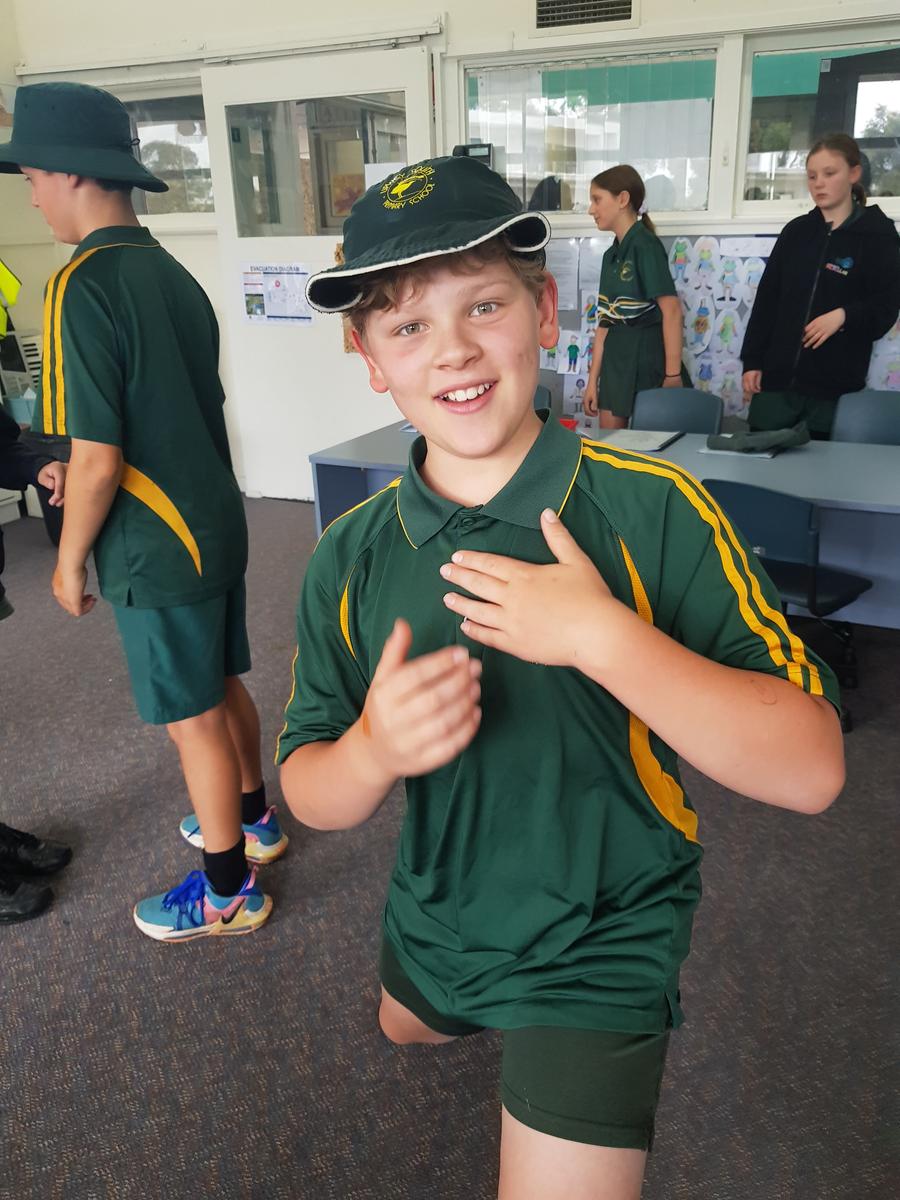

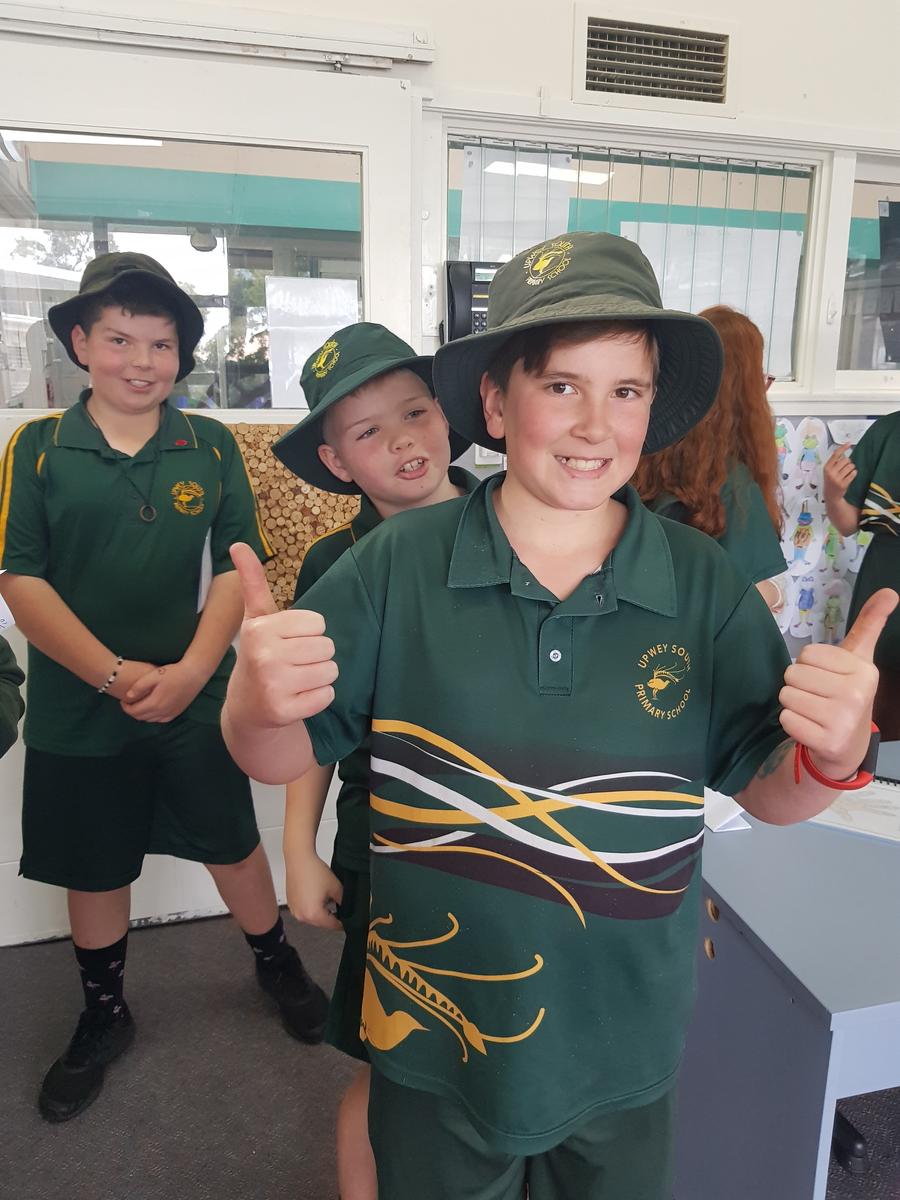
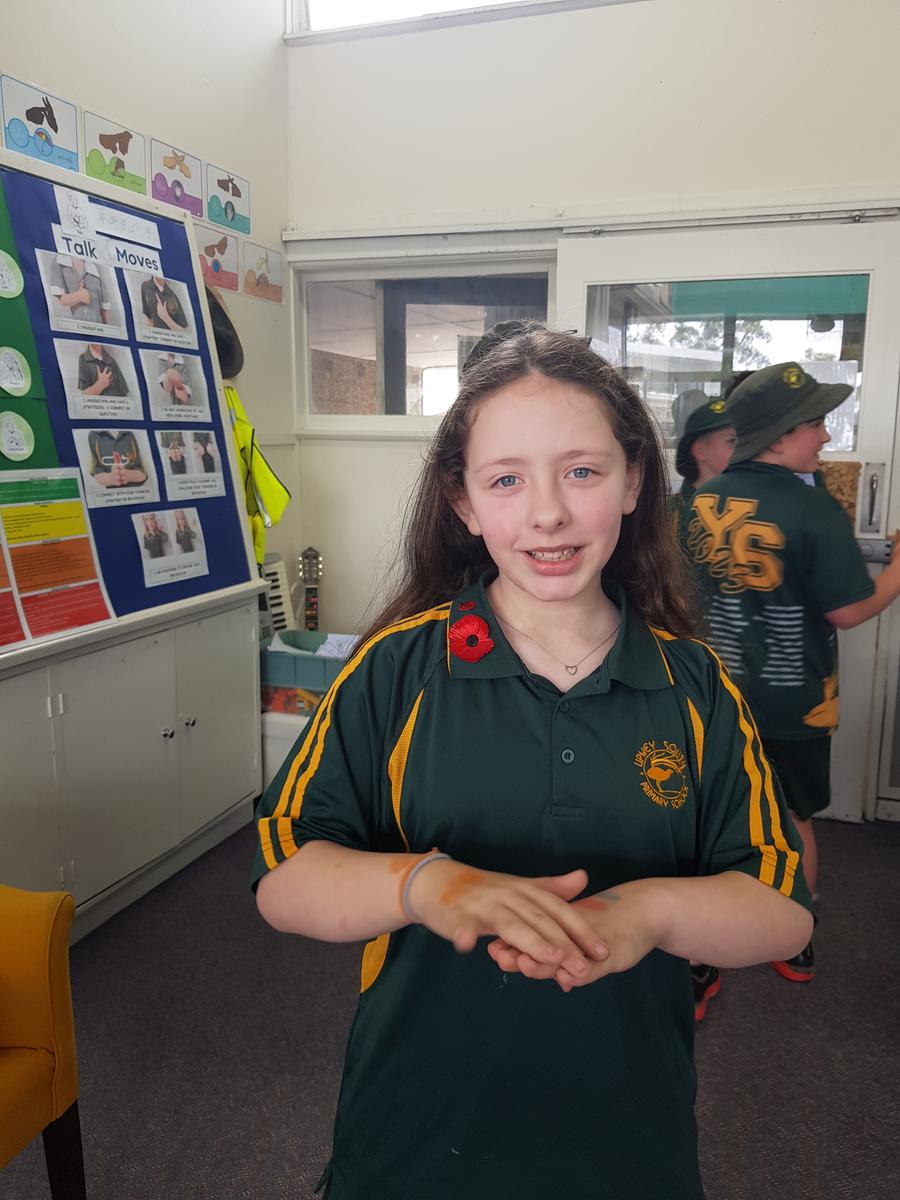
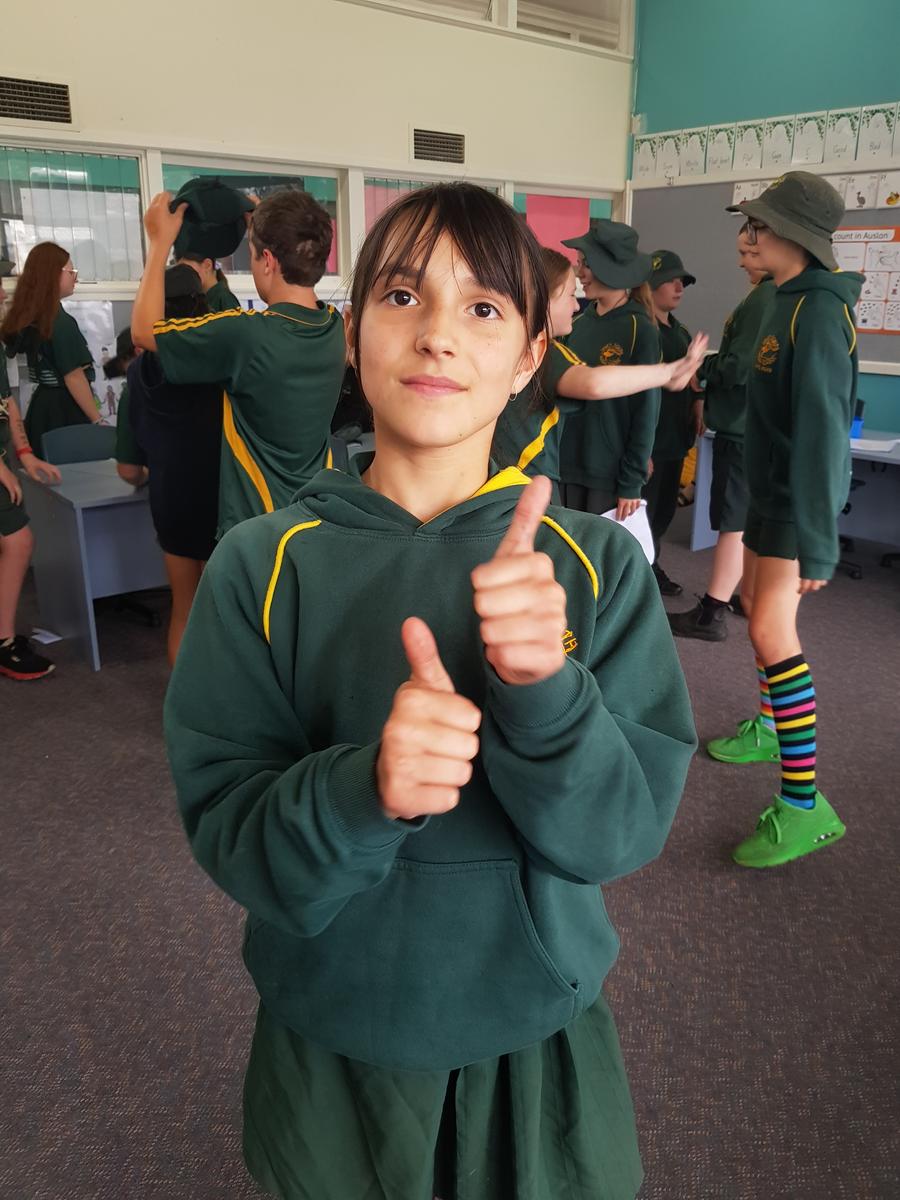

















What will the remainder of the term bring in our wonderful Auslan room?
Watch this space!